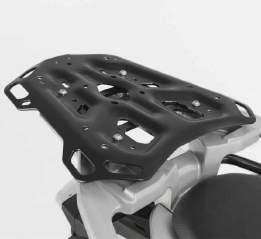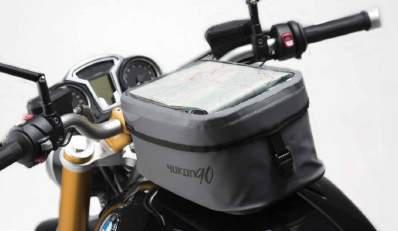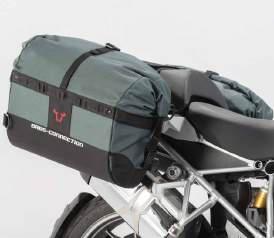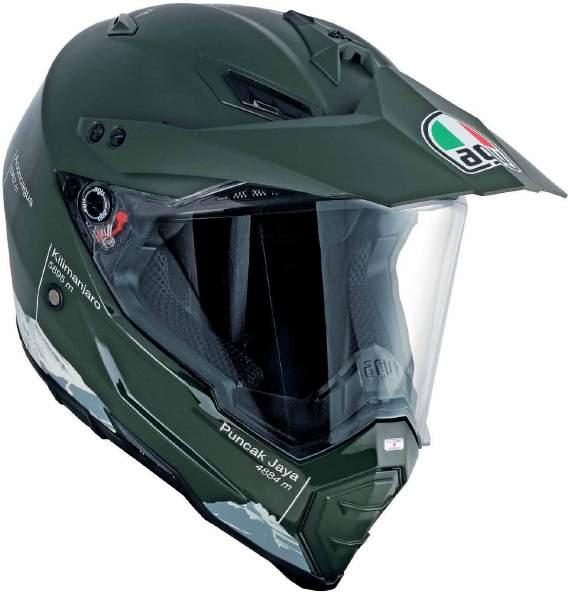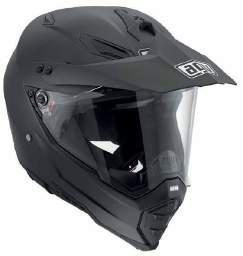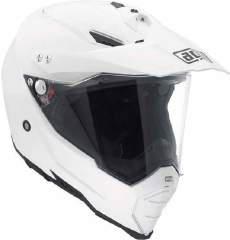




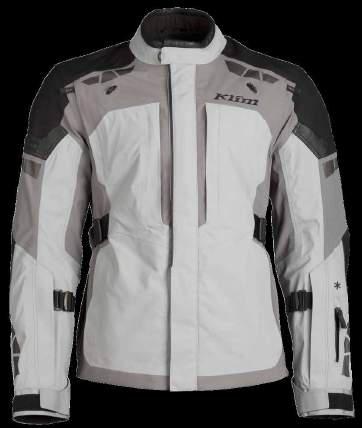
With each essential element refined, the Latitude series is the ideal touring companion. Mastering protection, ventilation and adjustability, the Latitude is perfect for your next Australian or international odyssey.

From the inside out KLIM has engineered the core of the Badlands Pro DNA to be fit for the toughest adventure. The new jacket & pant incorporate breakthroughs in armour impact, armour coverage, comfort, performance, ventilation, storage, allweather functionality, abrasion resistance, durability and visibility.
Designed for the toughest Adventure Riders, who overcome the harshest of Australian elements.

The Marrakesh is engineered to excel in a wide temperature range, while providing the highest degree of comfort and durability. With the perfect combination of ventilation and abrasion resistant materials, the Marrakesh is KLIM’s most comfortable motorcycle jacket.

Monday-Friday 9.00am - 5.15pm Saturday 9.00am - 3.00pm
WATCH THE BUILD & WIN A HONDA AFRICA TWIN!
Spend over $1000 in store or online at Adventure Moto, ADVWorx or Tyres for Bikes and you will automatically go in the draw to win your dream adventure bike, worth over $20,000! Visit www.adventuremoto.com.au/win-honda-africa-twin for more details and watch the Africa Twin build unfold!



Made from 100% Australian Merino wool, these base layers provide you with warmth and comfort fit for all year round adventures.
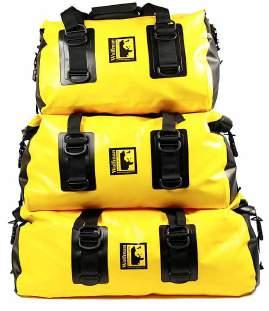
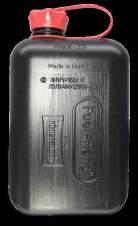
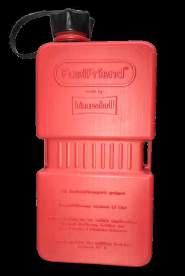
Are certified to carry petrol, diesel and other hazardous goods. We now stock 5 and 10 Litre Profi fuel canisters and FuelFriend 1.5 and 2 Litre canisters.

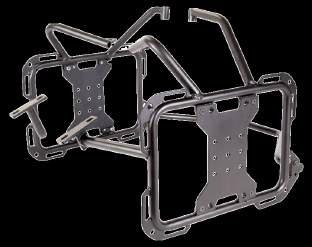
Our range of pannier frames are designed to fit soft luggage systems, including Giant Loop & Wolfman Luggage pannier bags, Rotopax & some hard boxes.
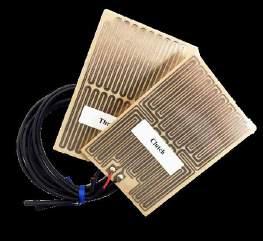

The Wolfman Luggage Expedition Dry Duffel bags are made from tough, waterproof vinyl and are available in three different sizes to suit your packing needs.
Heat Demon Motorcycle
External Grip Heater Kit
With Four-Level Controller Fits all metric motorcycle makes and models, regardless of handlebar size or throttle type.



The Schuberth E1 Helmet combines the characteristics and functionality of a flip-up helmet, with the looks and the feel of an adventure helmet.
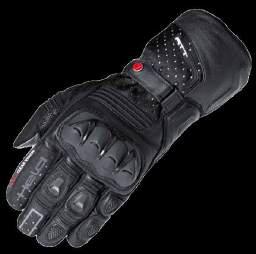
The Held Air n Dry Glove is a truly innovative, warm weather, waterproof touring glove, featuring GORE-TEX 2 in 1 technology with two separate chambers. The first unlined and perforated for excellent breathability and the second 100% waterproof.

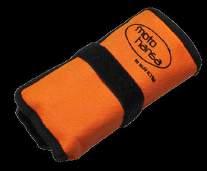
Piece Tool Kits For BMW, Honda & KTM
These tool kits store easily on your bike, taking up minimal space, yet still containing all the required tools to undertake emergency repairs when off-road.
EARN REWARDS & FREE SHIPPING ON THESE PRODUCTS WITH COUPON*: ADVRIDER28 OFFER EXPIRES: 5TH OF JUNE 2018



Tom
Foster - Editor
Building and tuning a bike is an awesomely expensive and time-consuming pursuit.
The idea that a bike will roll off the dealer floor and be ideally suited to an individual is ludicrous. Manufacturers are very good at making bikes that work for a wide range of riders, but no individual answers that description.
So we find ourselves tuning.
‘Personalisation’ is probably a better word. We want to make our bikes better-suited to our size, ability and riding needs.
I have an old KLR that’s a great example. My original intention was to sort out the bike, get it just the way I wanted it, then buy a new model and swap everything over. Here I am just over a year later with a very considerable amount invested in
the bike, and I’m still not ready to say, “Yep. Done.” And now I’m at the point where there’s so much changed I don’t think I want try and move all those modifications to another bike. I think I may as well just stick with this one. There’s no inherent problems with the basic bike to start with, so what would be the point of a new one?
“Before people go whining about manufacturers not understanding how a bike should be, I challenge them to seriously tune a bike to suit themselves. ”
“A new motor with no wear,” you might offer.
I’d agree, except this bike is my everyday workhorse so it’s had a top-end rebuild and I don’t believe it’s giving away much to a new motor. Plus I’ve done some preventative maintenance that
would have to be done on a new bike as well, and things like brake lines, footpegs and handlebars have all been replaced. Brakes, exhaust, suspension, luggage and electrics have been extensively upgraded and/or modified.
Electrics! Ye gods!
The electrics and some of the fabrication work have been a huge commitment –not by me, obviously. I’m lucky enough to know someone I can trust to do that kind of problem-solving and bespoke work properly.
All of this isn’t about making the bike into a race weapon. It’s about personalising the bike to suit what I want it to do.
And it was a good bike to start with.
This all comes to mind because I’ve seen a lot of grizzling about new bikes lately. There seem to be a lot of complaints about the price, weight, physical size and a stack of other parameters. There’s plenty of people who are keen to say manufacturers don’t know how a bike should be built because it doesn’t suit them in one of those areas.
The manufacturers don’t know, of course. They don’t know what you or I want specifically.
But before people go whining about manufacturers not understanding how a bike should be, I challenge them to seriously tune a bike to suit themselves. After the time and cost, they can hand that bike to a total stranger and wait for the reaction. I bet it won’t be congratulations at having built a perfect bike. There’ll be something the other person would change. If we were to be serious, we’d pass that bike around 100 people of different sizes and abilities and see how many could be pleased.
Then try and do that every year for thousands of people around the world. Be glad new bikes are as good as they are, then enjoy the process of building the bike you want.
If you get it right, it’ll be something you can be very proud of.





Adventure Rider Magazine is published bi-monthly by
Mayne Media Group Pty Ltd
Publisher Kurt Quambusch
Editor
Tom Foster tom@maynemedia.com.au
Group Sales Manager
Mitch Newell mitch@maynemedia.com.au
Phone: (02) 9452 4517 Mobile: 0402 202 870
Production Arianna Lucini arianna@maynemedia.com.au
Design
Danny Bourke art@maynemedia.com.au
Subscriptions (02) 9452 4517
ISSN 2201-1218
ACN 130 678 812
ABN 27 130 678 812
Postal address: PO Box 489, DEE WHY NSW 2099 Australia
Website: www.advridermag.com.au
Enquiries:
Phone: (02) 9452 4517
Int.ph: +61 2 9452 4517
Int.fax: +61 2 9452 5319

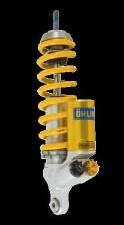
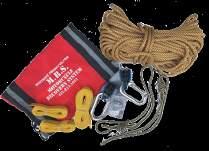

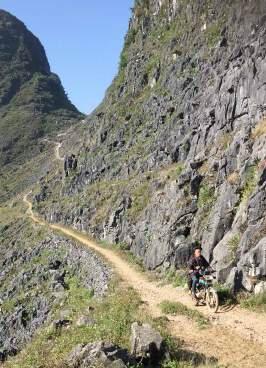
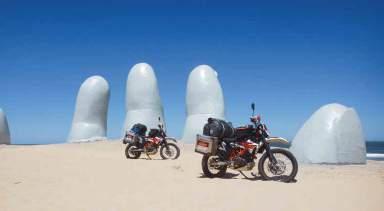
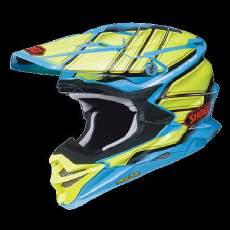
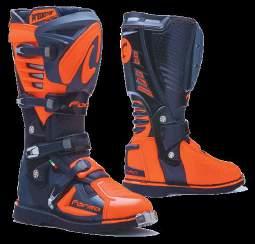
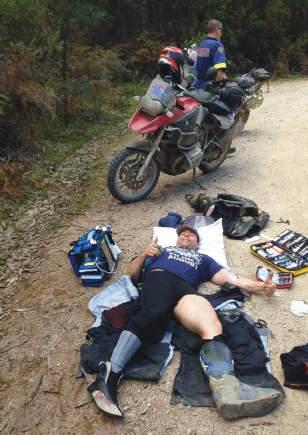

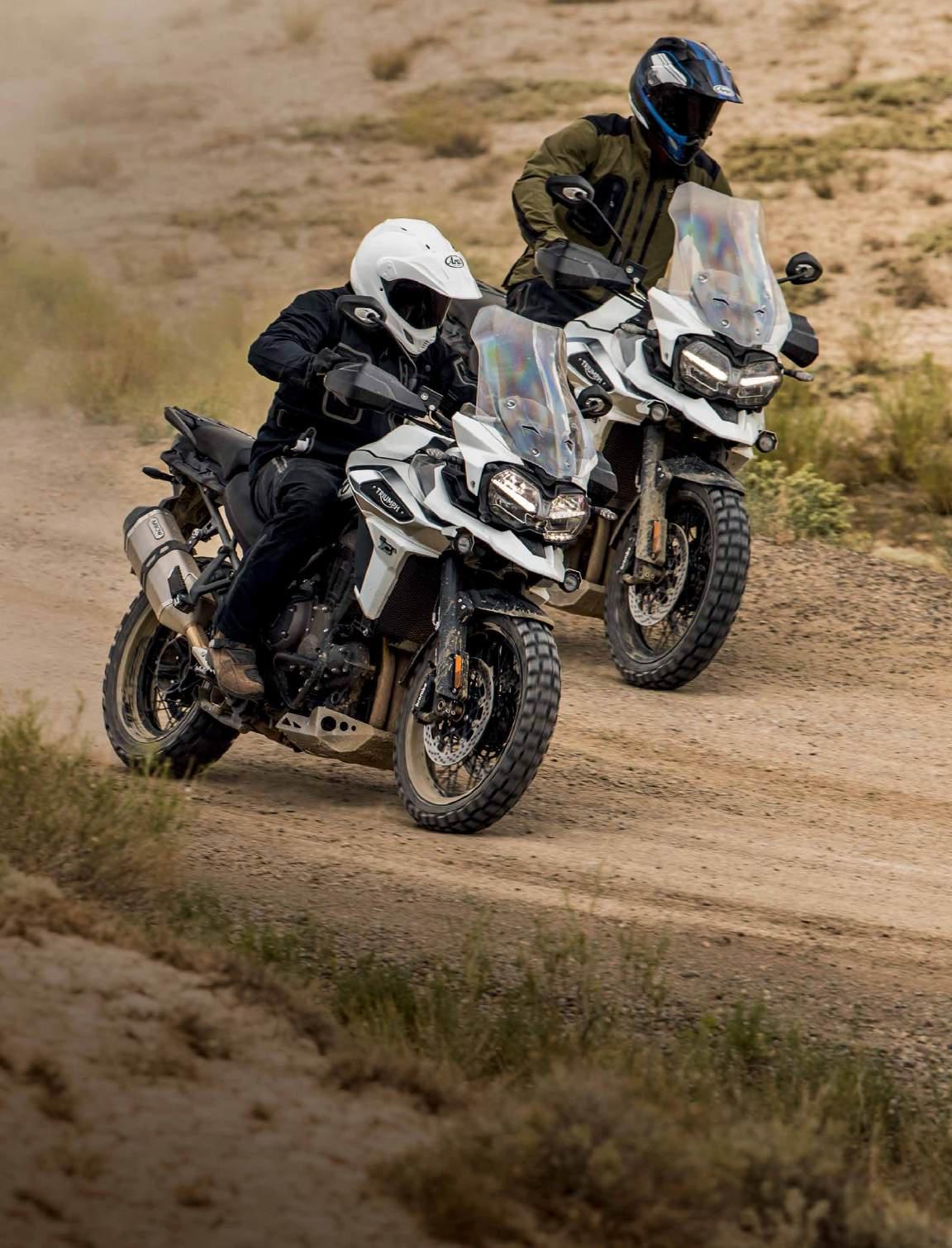
CONTACT YOUR LOCAL TRIUMPH DEALER TO ORGANISE YOUR TEST RIDE.
THE NEW TIGER 1200 XC FAMILY IS HERE AND IT’S BETTER IN ABSOLUTELY EVERY WAY.
Significantly lighter by up to 10kg, the new Tiger 1200 XC boasts over 100 improvements for better handling and low speed manoeuvrability. With a major engine update for a more immediate power delivery, Triumph Shift-Assist, up to six riding modes (including Off-Road Pro) and enhanced rider ergonomics, the new XC is built to be much more capable off-road and on. Add to that Adaptive Cornering Lighting, full-colour TFT instruments, all-LED lighting, illuminated switchgear and keyless ignition and you have the most comprehensive specification Tiger 1200 XC ever.
Tiger 1200 XC family – built to be as great off-road as it’s always been on.
To find out more visit: triumphmotorcycles.com.au

Less than 10hp doesn’t seem like enough to get a fully loaded bike around the steep inclines of the Chinese-border area of northern Vietnam, but Sean Goldhawk found the strange-looking, custom-built Minsk-Honda hybrids were the right tool for a spectacular Asian adventure.
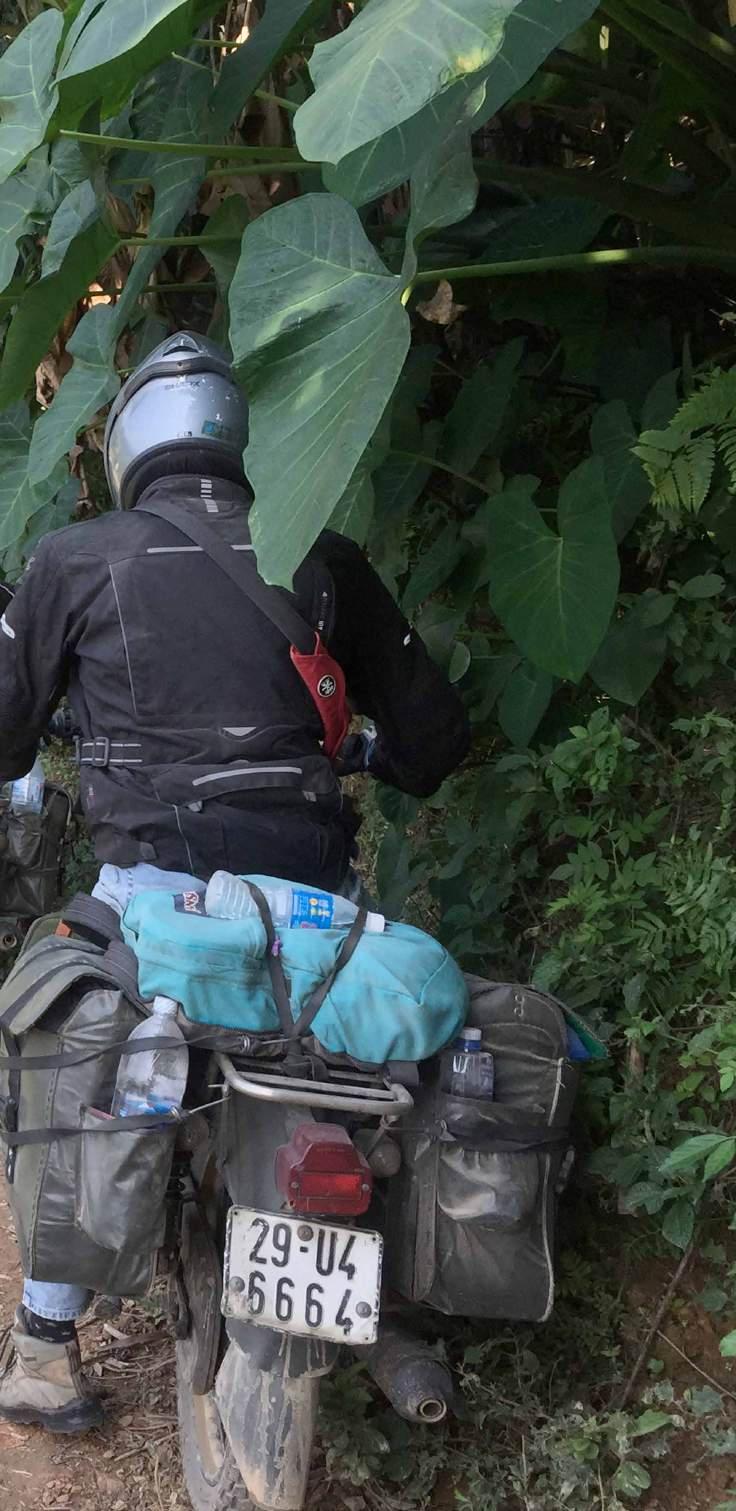

Some research confirmed the mountainous region to Hanoi’s north in Vietnam was an adventure-riding nirvana with stunning views and countless singletrack trails. Our mate and trip instigator, Ian Heath, lived in Hanoi so had the inside line on how, when and where. He contacted fellow Vietnam resident Digby Greenhalgh from Explore Indochina, the mob behind a number of high-profile TV shows including Top Gear does Ha Long Bay. Digby recommended we hire his sweep rider, Long, a mechanic by trade rather than a tour leader, and with basic English skills. Long knew the terrain and that’s what we wanted to tap into.
Meshing into the local environment is a major part of the Vietnam experience, and the slower pace of life forces a rider to absorb the surroundings. There are no cars outside the cities, so scooter traffic tootles along at around 30kph carrying wardrobes, livestock and other unlikely cargo. Powering through hill-tribe villages would’ve been plain rude. Excess speed would also have made a collision likely: water buffalo, chicken, dog, pig, baby – we had to swerve around one that crawled out of a hut – or one of the many other obstacles that made the ride so entertaining were everywhere. The area was remote in that there were no roads…at least not what we considered roads. But it was well populated and we had to keep the brakes covered even at half the speed we’d ride in the Aussie bush.
Left: The last thing we needed was horsepower. Above: Ian Heath, Kat van der Spiegel and Author Sean ‘Geez’ Goldhawk tackled northern Vietnam on ‘pimped Minsks’. u

A trip to a local hospital wasn’t recommended.
Long led a spectacular adventure on trails that required a hefty amount of local knowledge. Only the main roads were marked on maps or GPS. One in particular we dubbed ‘The World’s Best Singletrack’ for its combination of drop-offs, elevation changes and varied scenery, including a pine forest and an overgrown section. They know how to do singletrack in ’Nam, mainly because most trails are ridden by locals on scooters. But not all of them. We learned the hard way to tell if they were going to be rideable or too steep. A smooth, polished line showed scooter use and a trail was good to go, but a cut-up path indicated water




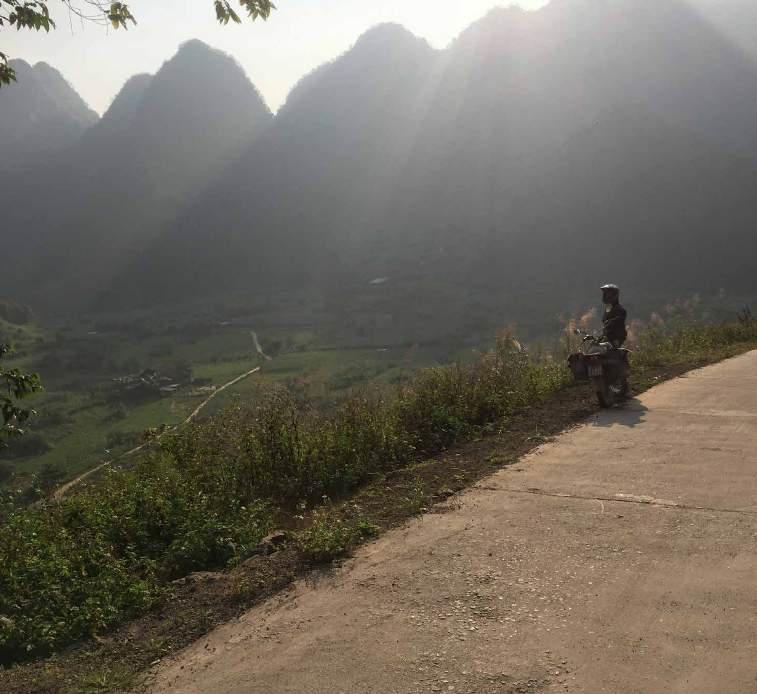
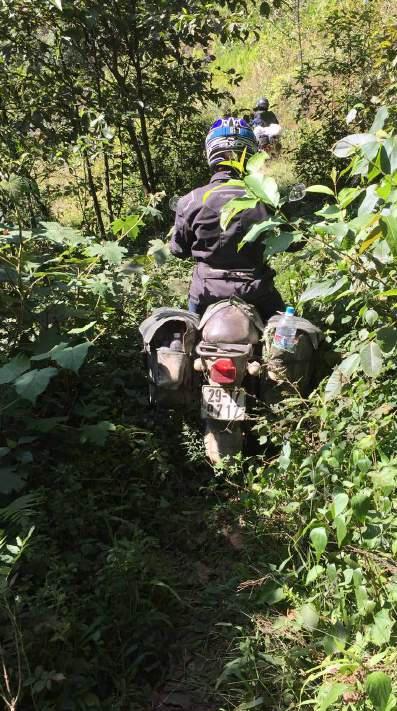
buffalo, and they like things on the vertical. Erzberg terrain with scooter power was best avoided.
The food was fresh, tasty and no-one got crook – although dog is an acquired taste and we gave the bee vodka a swerve. The locals were so damn happy and friendly it set us thinking how we’d stuffed that up back home, and we wondered if the situation could ever be reversed. And the trails exceeded expectation. Every night the local homestay accommodation, or hotels in the bigger villages, made sure we had enough beer in the fridge. Breakfast and dinner was a local restaurant and lunch was out on the trail.
We spent more time ogling the gorges, canyons and rice terraces than studying the trail, so low speed equalled high entertainment. And most importantly, when we were trickling along a singletrack with a 500m drop on one side, the last thing we needed was horsepower. Or weight. Or seat height. Add in
Above More time was spent ogling the gorges, canyons and rice terraces than studying the trail. Left: They know how to do singletrack in ’Nam. u
Climbing a snotty, rock-infested trail I felt the rear end getting even looser than normal. I didn’t want to stop until the top, at which point it was clear I had a puncture – although with a super-stiff tyre sidewall I could’ve ridden into the sunset no dramas.
Long pulled out what looked like a long sidestand to lift the rear off the ground and set about removing the wheel. The wheel-bearing seal was cactus and the bearings fell out of their cage into the dirt. There were also two broken spokes and a bent rim. That may have sidelined some more-modern technology, but Pimped Minsks are designed to be rebuilt anywhere. Long produced a hammer and whacked the steel rim straight. Being a mechanic, he was also carrying a set of wheel bearings, spokes and an inner tube too, so the wheel was rebuilt on the trail and we were mobile in 30 minutes. Having helped create the Pimped Minsks in the first place, Long seemed capable of rebuilding the entire bike by the side of the trail if necessary. But after the wheel incident, all four machines remained deadset reliable.
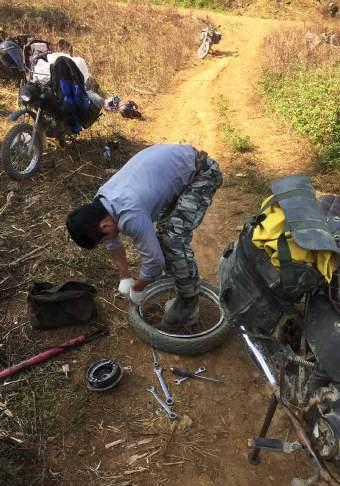
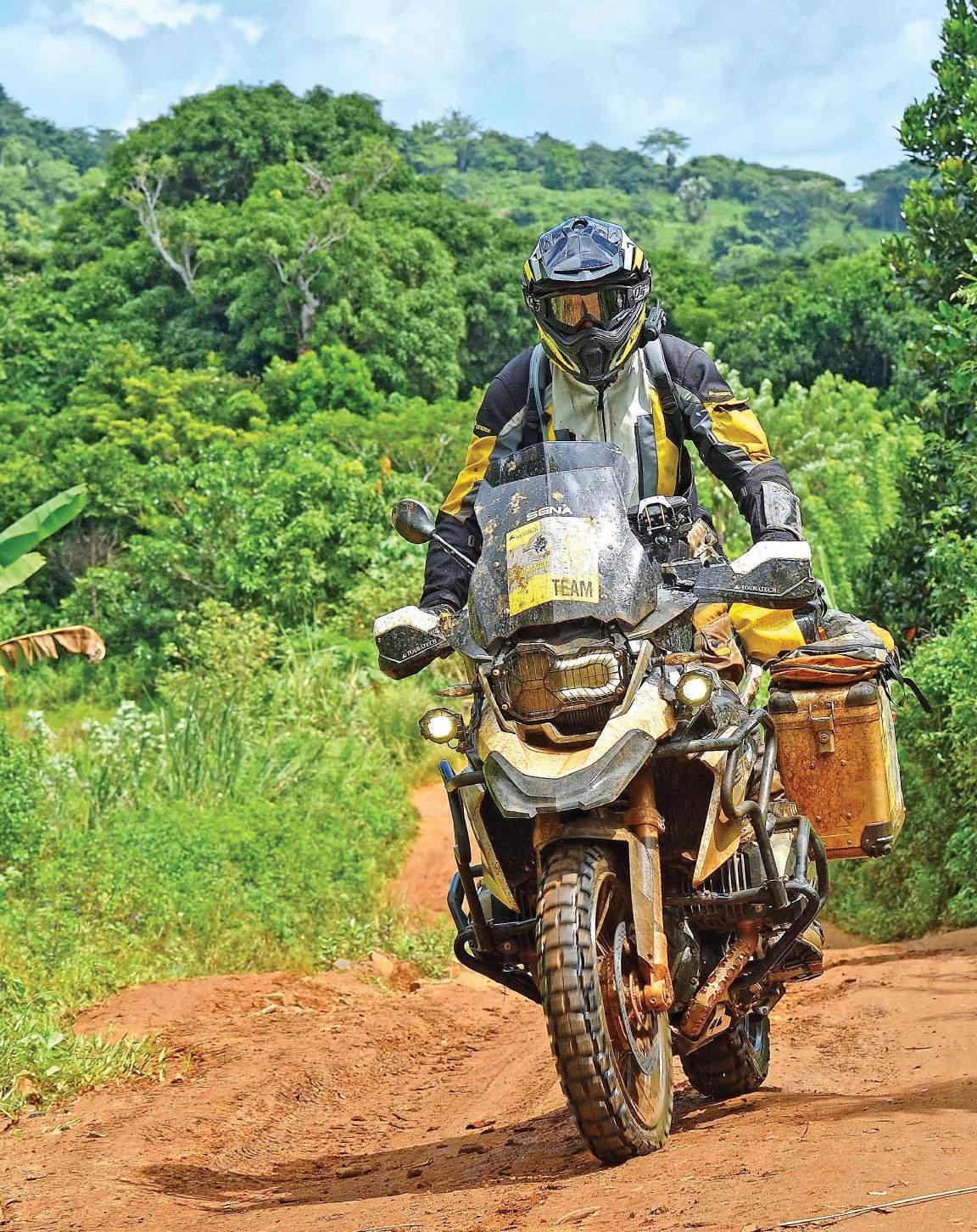
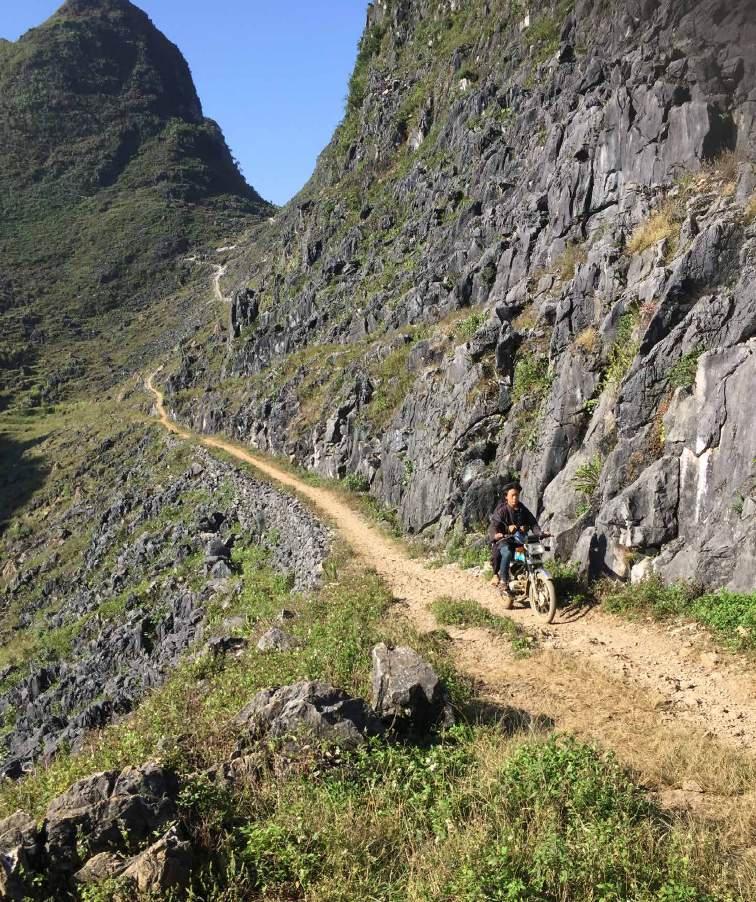
polished red clay and the low power output, combined with the ability to put both feet flat on the floor, and we started to really recalibrate our adventure-bike selection criteria. I lost count of the number of times I thought, ‘I’m glad I’m not on a 1200 here’.
Then consider that with carefully

selected local parts, the small-capacity, locally developed Minsks could be rebuilt in any village from Hanoi to Beijing. The custom-built bikes really shone, but we took some convincing at first. When we specced the adventure, with instruction to include dirt and lots of it, we expected to ride Honda XR250s or something similar. But we were directed to the Belarus-made Minsk with limited suspension, an 18-inch front wheel and an engine from a Vietnamese-made Honda 125cc scooter. We thought medieval torture would be preferable to eight hours a day in the saddle of those boneshakers, but happily we were wrong.
We rode from Hanoi to That Khe then followed the Chinese border eastwards through Cao Bang to Lao Kai. There we put our bikes on a truck and got a scary-fast bus back to Hanoi, which maximised our time in the dirt. So the trip ended up about 70-per-cent dirt.
The trail-tour business along the Chinese border is reasonably big, with plenty of tour companies to choose from. But it’s still possible to go remote due to the number of trail options and the fact that many tours are tarmac-based. One limiting factor is landslides. The trails are cut into the steep hillside and the removal of forest with no supporting walls promotes land slip. We rode over many uncleared landslides that featured a polished scooter line across the debris and were turned back on one trail that had suffered a recent rockfall.
Prices vary due to custom options but we found Explore Indochina to be excellent value. Contact them on www.exploreindochina.com
One bonus is you can now fly direct from Sydney to Hanoi with Vietnam Air.
Above: The slower pace of life forces a rider to absorb the surroundings.
Left: Food was fresh, tasty and no-one got crook.
Right: ‘I’m glad I’m not on a 1200 here’.
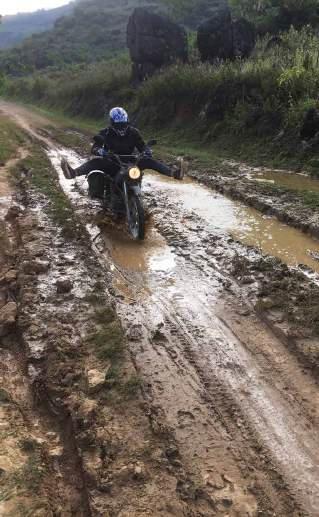
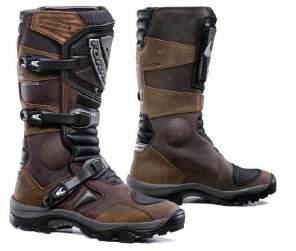


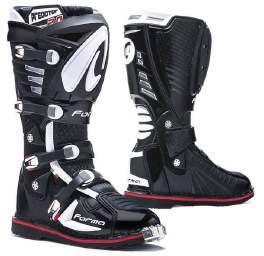
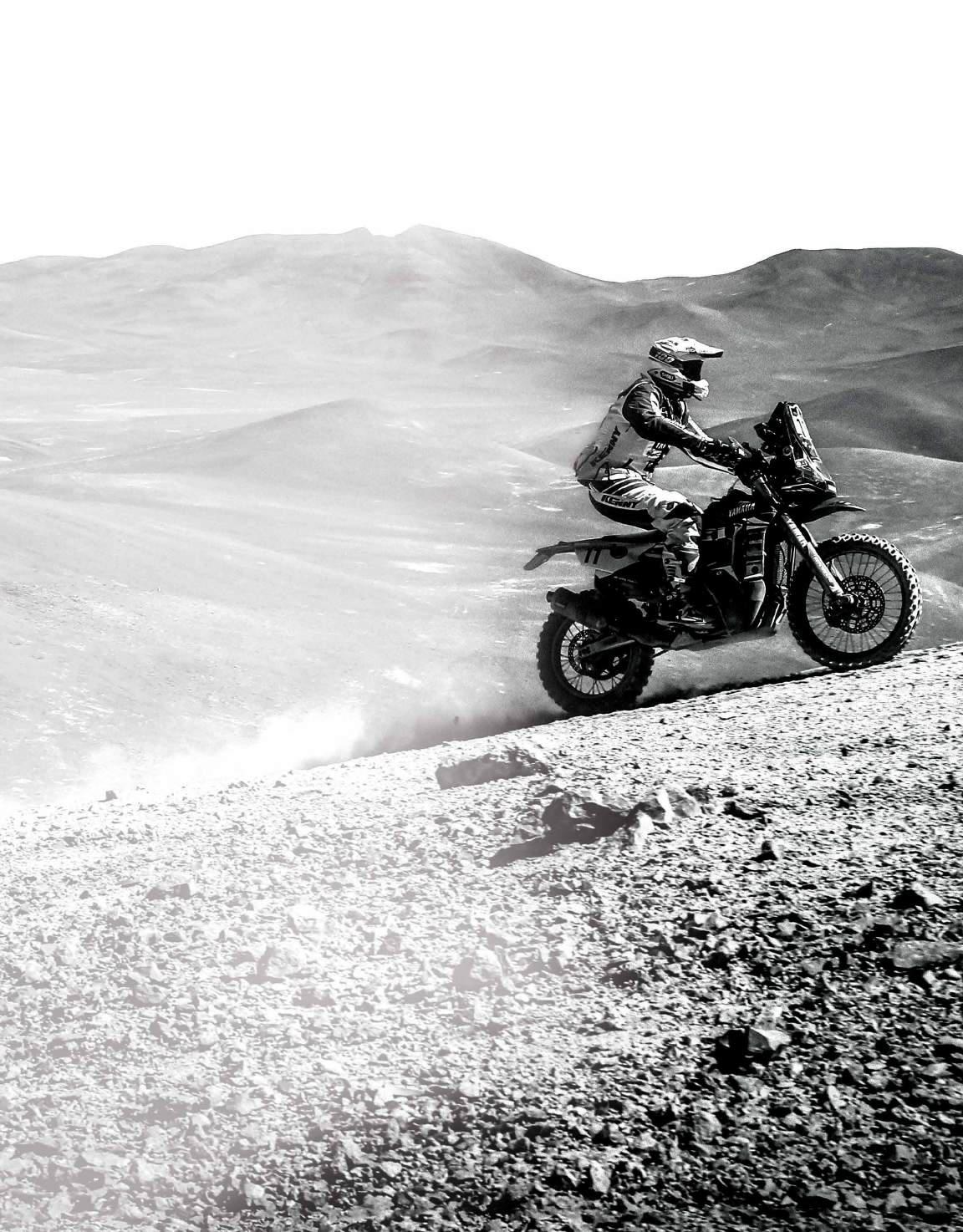
There were too many ride highlights to convey in this short yarn, but top of the list had to be the positive and open nature of the locals. The smiling faces, the high fives the kids gave that near knocked us off our bikes, the impromptu game of Frisbee in a hill village that had everyone involved, the man with a giant pig on his bike laughing like a maniac when I shifted down when I meant to shift up, avoiding nails on the planks of a rickety bridge, the sweet smell of star anise drying on the side of the road…they were all small things that left big memories.
The jaw-dropping scenery prevented major-road access, so the best way to see this area was by bike. But it seems inevitable traffic will increase,
bringing with it bigger roads and more tourists. And yes, we’re aware of the irony of highlighting the trip in a magazine to entice more people to the area. That’s likely to change things more rapidly.
In the meantime, if you like your adventure packed with blink-and-you-miss-it moments, then a northern Vietnam border crawl is the go. If nothing else, the trip will remind you a simple life is also a rewarding one. The locals are genuinely happy with next-to-nothing and enjoy a lifestyle unhindered by western rules and regulations. They kept the secret we threw out a long time ago.
So act quickly. You can always slow down when you get there.
The Pimped Minsk takes the all-steel, ex-soviet Minsk 125 and replaces the woeful, oil-burning, two-stroke mill with something much more viable –an electric-start, 125cc, four-stroke Honda Future motor with increased reliability and super economy. And no choking fumes to inhale.
The Honda has a four-speed box with centrifugal auto clutch, but this is converted to manual-clutch operation. The ’box has a down-for-up shift and a circular pattern, meaning you can shift from fourth to neutral – causing much humour and many slow getaways. Next up, the original and average front drum brake has been binned and an 18-inch steel rim is now laced to a Honda scooter disc-brake hub. The 18-inch rim was chosen because it’s quick-steering and low to the ground…and you can’t get 21-inch tyres or tubes outside of Hanoi.
The rear wheel now matches the front, so one tube/tyre fits both ends. The front tyre is a Vietnamese-made SRC brand which stands for Steel Reinforced Concrete (probably) and offers minimal grip but zero wear. Yet, strangely, it goes well on red clay.



Forks are from Suzuki, the rear shocks from a Vietnamese-brand bike and both suspension travel and ground clearance are…challenging. We had three working fork seals between three bikes, but there was nothing to worry about there. Footpegs could’ve been wider to help when standing and there’s a big gap between first and second.
On the plus side, the Pimped Minsk runs a chaincase for minimal maintenance, mudflaps, homemade
waterproof panniers and neat, homemade bungee straps. Clutch operation is super light and seats are locally made and really plush.
The Pimped Minsk blends the best of the built-tough original machine with local knowledge to result in a bike that’s ideally suited-to-purpose. Plus, for the less-technical riding, Explore Indochina also offers pimped Ural 650s with disc front brakes replacing the original drums.
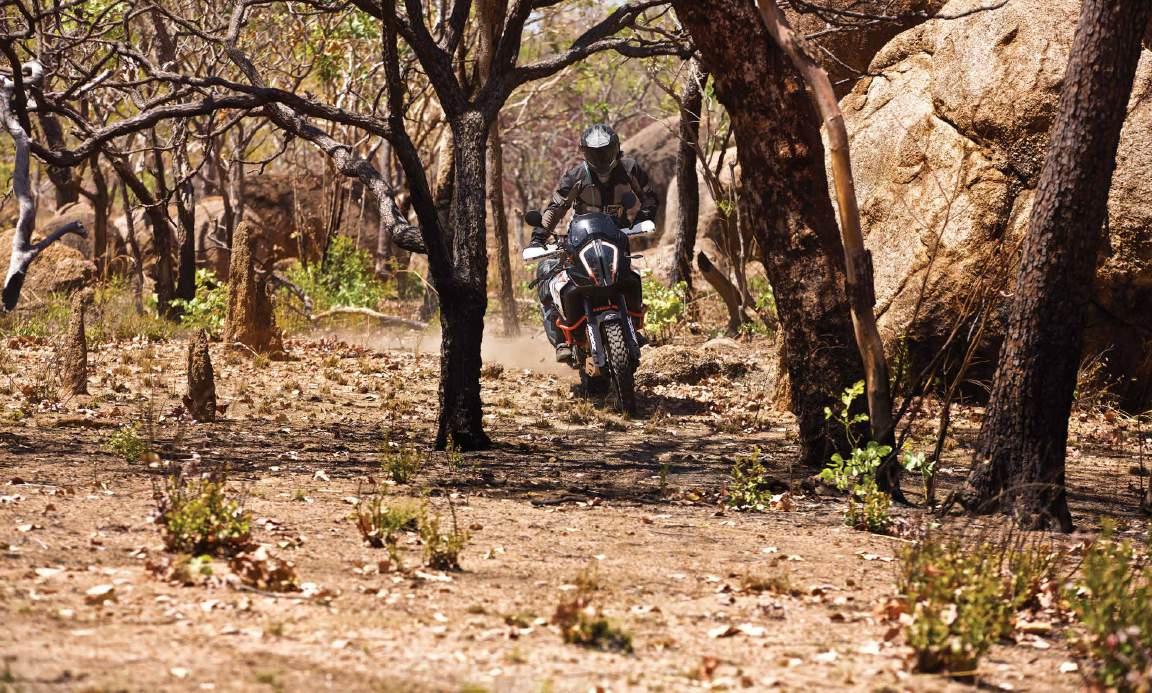
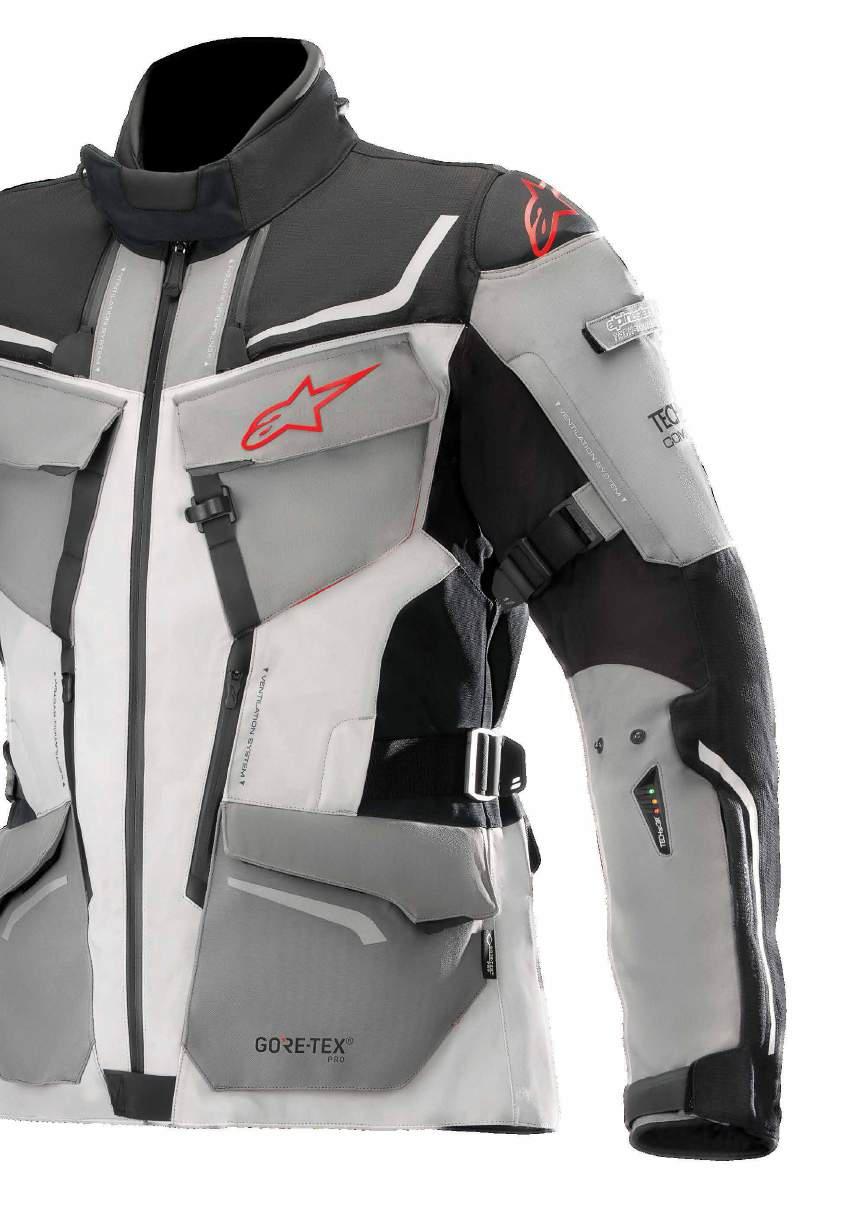

WATERPROOF RATING - 28,000 MM/24H
BREATHABILITY RATING - 25,000 G/M2/24H 3


Nobody loves a Triumph triple more than Adventure Rider Magazine, and updates to the 2018 models mean we love them even more.
The Tiger 1200 XRT is great example.
Images: Wilkinson Photography
he last 1200 Triumph we rode we thrashed through northern Queensland and had to recover from a tricky situation on a very wet beach. That bike roosted around anywhere and everywhere and earned a special place in our list of favourites, especially as a long-distance tourer.

TThe new Tiger 1200XRT is the road-oriented version, and is as awesome and rip-snorting as ever, but Triumph’s updates to the bike are impressive.
Count ’em down
We’re in a bit of a rush because deadline is breathing down our necks and there seems to be a lot people shouting at us and sending nasty e-mails about getting the mag off to print, so in a nutshell, remembering this is the top-of-the-line XRT road-oriented
dualsporter, here are the major updates as supplied by Triumph:
R Over 10kg lighter than the previous model
R All-LED adaptive-cornering lighting
R Adjustable, full-colour
TFT Instruments
R A choice of up to six riding modes
R Illuminated, ergonomically-designed backlit switchgear
R Triumph Shift Assist for clutchless gear changes, both up and down
R Keyless ignition
R Updated cruise control.
There’s an electronic steering lock activated by a switch on the right-’bar switchblock which automatically disengages when the key fob’s in range and the bike’s put through the normal start-up procedure. When activated it also shuts the bike down. The pillion’s heated seat is operated from underneath the seat while the rider’s heat
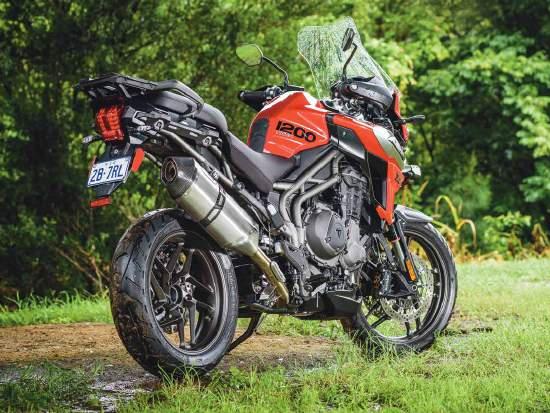
and grips are operated from the left switch block, and the screen position is adjusted by a five-position joystick, also on the left switchblock. The joystick is the key to using and adjusting most of the electronics.
Indicators have three settings on the menu screen. The last is a ‘triple-flash’ which automatically cancels the blinker after the third flash. Triumph reckons it’s good for overtaking.
In a final major upgrade, the TSAS suspension can be adjusted for ‘road’ or ‘off-road’, then linked to the rider modes. They can also be ‘unlinked’ and the TSAS set to ‘auto’.
The look of the new 1200s is remarkable. They look slimmer and have an aggressive and sporty appearance. Our test bike had a racy ‘1200’ decal on the rear of the tank, and the new lighting gives the bike a very up-to-the-minute look.
The overwhelming impression for us was when we sat on the bike. It feels way lighter than the previous model. Triumph is claiming ‘just over 10kg’ weight reduction, and that’s a lot of mass to take off any bike, but that it should be so noticeable even sitting on the stationary XRT was amazing.
The next most-noticeable feature is the TFT screen for the instruments. It’s a bright, easy-to-read ball-tearer. There’s a heap of adjustments for just about u

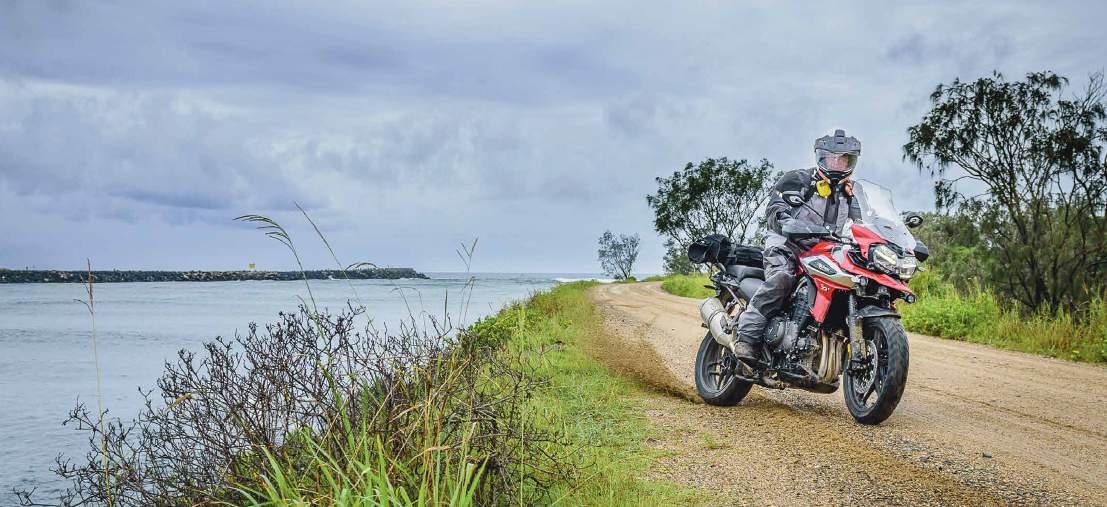

everything on this bike, and the screen itself is no exception. There are even ‘themes’ available. The different themes have funky, semi-circular Star Trek-type presentations for the tacho and other readings, or a more standard presentation with either the tacho or the speedo the main reading, and it seemed to us way more possibilities than we could ever find a use for. There must’ve been halfa-dozen themes.
Along the same line of thinking is the 1200 Tigers now being very reliant on their electronics. Like all the other leading 1200s, the XRT has a stack of rider modes, including two which can be personalised, and things like suspension setting, throttle response, ABS and traction control can all be set via a menu displayed on the aforementioned screen.
The ’bars sweep well back so the rider’s
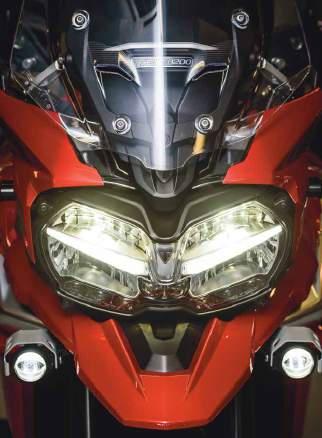
Above: Triumph’s 2018 Tiger 1200 XRT is a goodlooking, strong-performer. For a touring dualsporter it’d be hard to beat. It’s a lot of fun, too. Insert above: The TFT screen is very easy to read.
hands are a fair distance behind the line of the forks. Handlebars can be adjusted of course, and we thought the stock setup would be a problem, but we were wrong. Different riders will need different positions, but we found the postioning on this bike worked well, even if it did look a little odd to us at first glance.
Starting the bike set an ongoing theme
Below left: LED lighting is bright and very effective.
Below: Oozing style.
Below right: Still one of our favourite final drive set ups.

for us. It was a little trickier than we expected.
For starters the XRT runs keyless ignition, so the rider needs to have the key fob somewhere handy. We’re seeing a lot of that these days, so no problem. But the starter button has two functions. It turns on the ignition pressed one way, then, once everything’s alight, pressing the rocker the other way starts the bike.
We found there were so many buttons and switches on the Triumph we spent a considerable amount of time idling along, avoiding obstacles and traffic, trying to work out what the fudge the buttons were and weren’t doing.
We got the basics down eventually and once we settled in it seemed straightforward enough. Our only annoyance was the bike defaulting to Road mode whenever the ignition’s turned off.
u
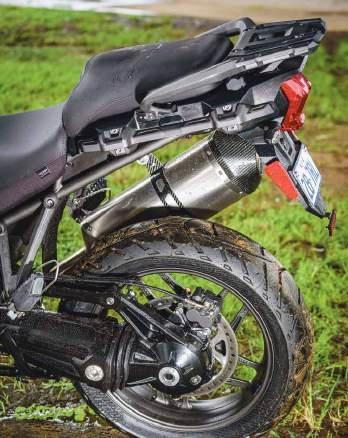
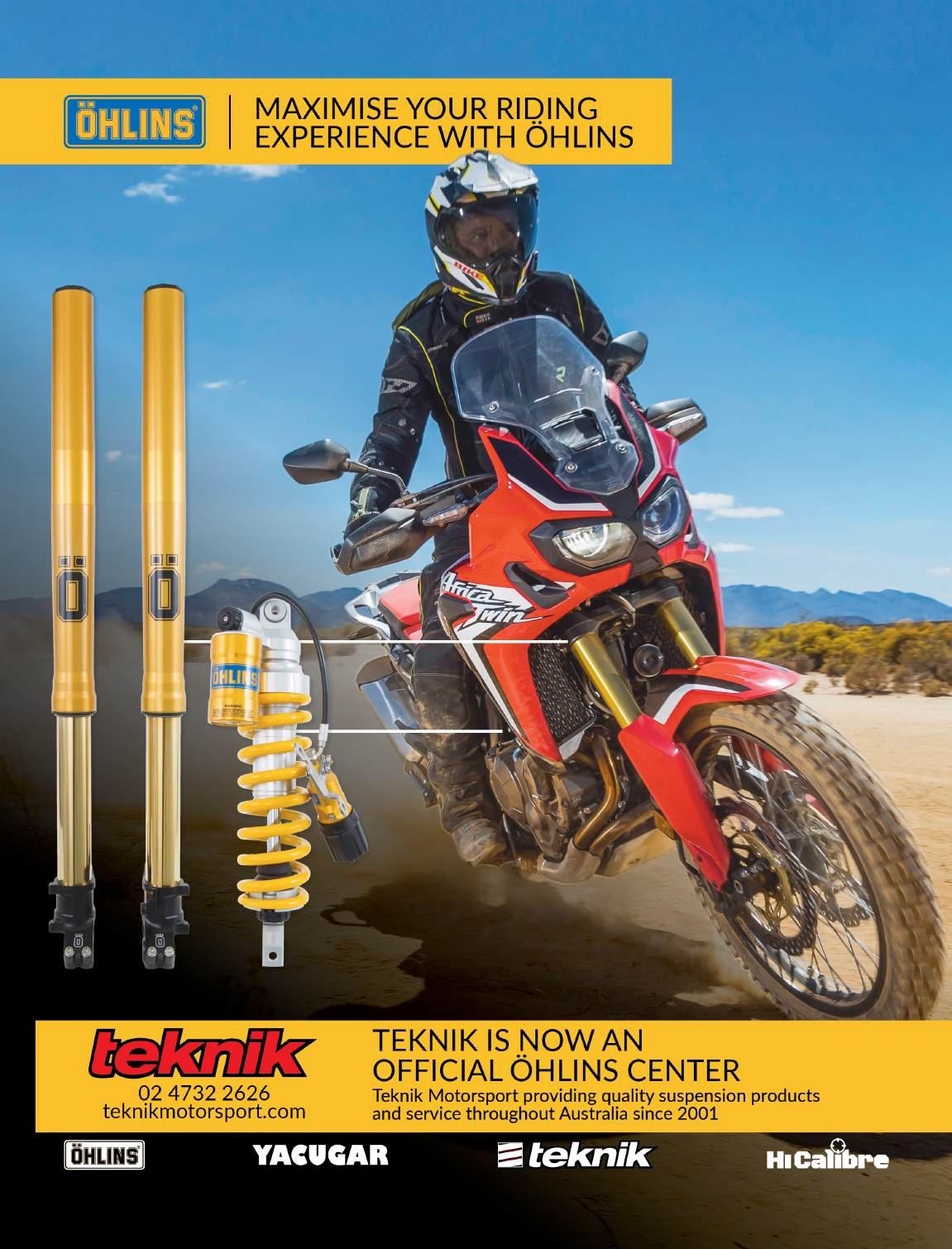
Every time we stopped we’d forget, try to take off in the sand or loose ground, and the bike would seem to stop. The traction control is still too aggressive for our tastes, even in the Off-road mode. In the Road and Sport modes it makes the bike almost unrideable on any kind of loose surface.
We soon got into the habit of either leaving the ignition on, or ensuring the traction control was off when we restarted. With the rear wheel free to try and get that 140 horsepower to the ground through the road tyres, snorting the XRT through a trail was a joyful experience indeed.
Knobbies would’ve been nice, and a 21-inch front wheel would’ve been nice.
But Triumph makes a bike that offers those things in this same package.
Ridden where it was designed to ridden – on the road and hard-packed dirt and gravel – the XRT is like an angel on the wing. It’s so incredibly smooth and vibration-free a rider can settle down into that soft seat – a little too soft for us, but we bet most riders love it – and watch the world roll away under the wheels with little of no effort. The cruise control is brilliant, the screen adjusts with just a caress of the joystick on the left-hand switchblock, and the muted growl of that oh-sofantastic three-cylinder motor is the song of a siren.
That’s what this bike is all about, and we felt it was fantastic in that setting. It would have to be one of the best bikes in the country for long-distance, two-up touring.
Speaking of sirens, selecting Sport mode and cracking open the throttle should make any boy racer grin. While it’s not a GSX-R, the XRT boogies, and a rider with a little courage and a feel for the ride will find himself running at licence-shredding speeds without much effort at all. Any rider who does want to get a little feisty will love the front brakes. The twin-disc set-up is super strong with great feel, and as best we could in the wet we gave it a flogging. The ABS worked really well. We felt as though the bike was going to stand on its nose before the ABS stopped the stupidity. We loved it.
We’re not so sure about the quick-shifter. For lazy riding it’s excellent. Changes up and down are super smooth with no need to use the very light clutch. When we were being stupid though, and we admit we were, we think we managed smoother, faster changes by picking the right revs and flicking the clutch. The action of the clutch is very light and progressive, and we enjoyed it. Again, that’s one of those things that needs to be run and timed at a race track to be sure.
For sensible riding, the quick-shiter is like everything else on this bike: silky smoth and stress-free.
This was a very short ride for us, and it rained pretty much the whole time, so we didn’t get to press the bike to anywhere near its performance limits. If it’d been a dry day on a closed track we don’t know if we’d be good enough to get anywhere near the bike’s limits anyway. It’s very smooth, the motor has great, usable power delievered in the linnear manner we’ve always admired so much in Triumph triples, and the comfort level is fairly amazing. While we didn’t get to give the electronics a comprehensive workout, the difference between, say, the Rain setting and the Sport setting is

Web: www.triumphmotocycles.com.au.
Engine: Liquid-cooled, 12-valve, DOHC, in-line three-cylinder four-stoke
Capacity: 1215cc
Bore and stroke: 85mm x 71.4mm
Compression: 11.0:1
Max power EC: 139hp @ 9350rpm
Max torque EC: 122Nm @ 7600rpm
System: Ride-by-wire, fuel injection
Exhaust: Stainless-steel three-into-one header system with side-mounted stainless-steel silencer
Frame: Tubular steel trellis
Swingarm: Single-sided, cast aluminium alloy with shaft drive
Front wheel: Cast alumiunium alloy 10-spoke 19 x 3.0”
Rear wheel: Cast alumiunium alloy 10-spoke 17 x 4.5.0”
Front suspension: WP 48mm upside-down forks, electronically adjustable damping, 190mm travel
Rear suspension: WP monoshock, electronically adjustable semi-active damping with automatic preload adjustment, 193mm wheel travel
Front brakes: Twin 305mm floating discs, radially mounted monobloc
Brembo four-piston calipers with switchable ABS
Rear brake: Single 282mm disc, Nissin two-piston caliper, switchable ABS
Instrument display and functions: TFT multi functional instrument pack with digital speedo, trip computer, digital tacho, gear-position indicator, fuel gauge, service indicator, ambient temperature, clock and six rider modes
Handlebar width: 930mm
Height without mirrors: 1540mm
Seat height: 835mm-855mm
Wheelbase: 1520mm
Dry weight: 243kg
Tank capacity: 20 litres
very noticeable. Switching to Sport has a markedly firmer suspension action front and rear, and, after cruising along in the rain mode for a while, a poo-your-pants throttle response. There’s plenty of great luggage and accessory options available from Triumph, and the bike, in our opinion, looks fanstastic.
If you’re more of a roadie than an off-roadie, and you love a great-looking, strong-performing bike with upto-the-minute technology, the Triumph Tiger 1200 XRT is a great option.





























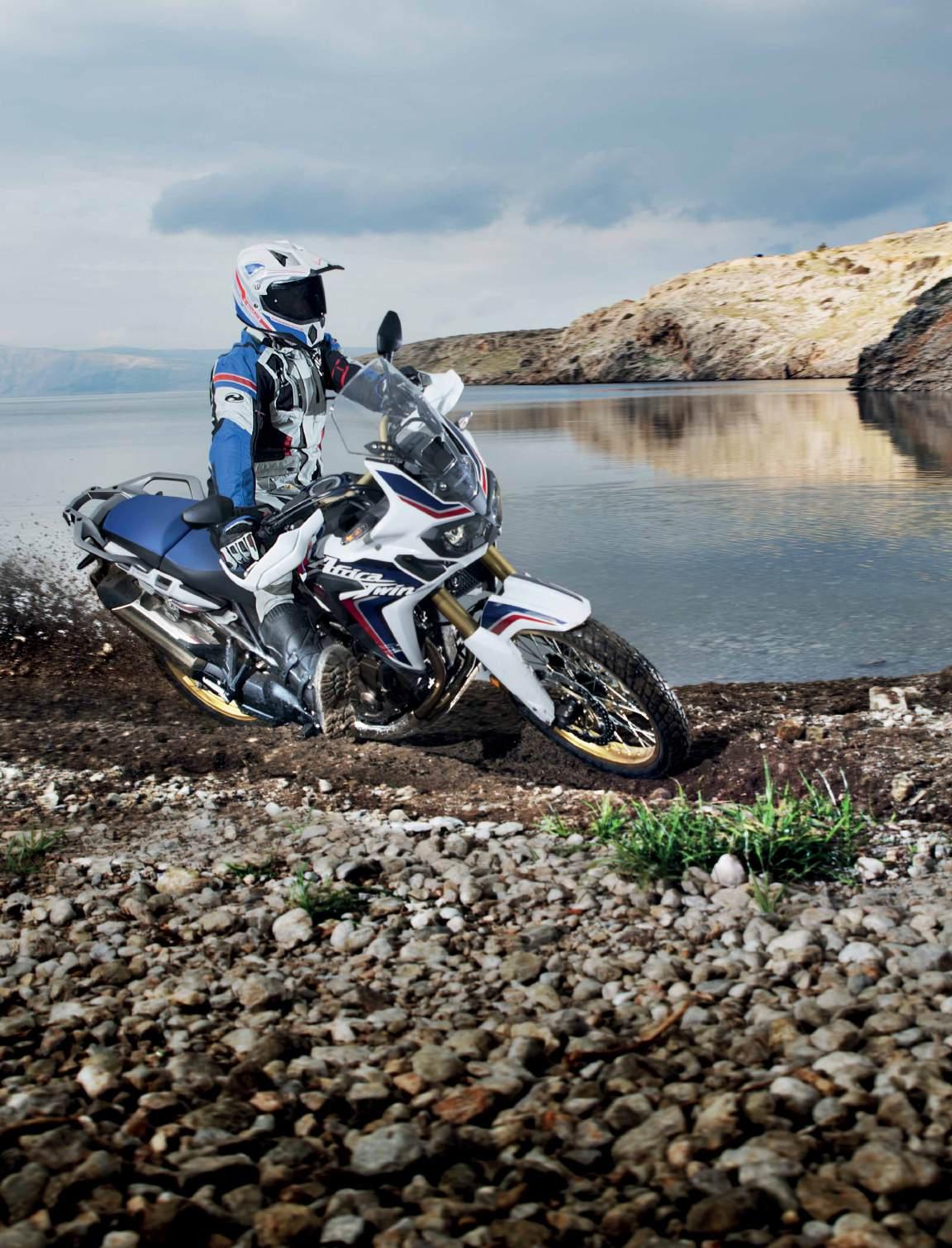
















































































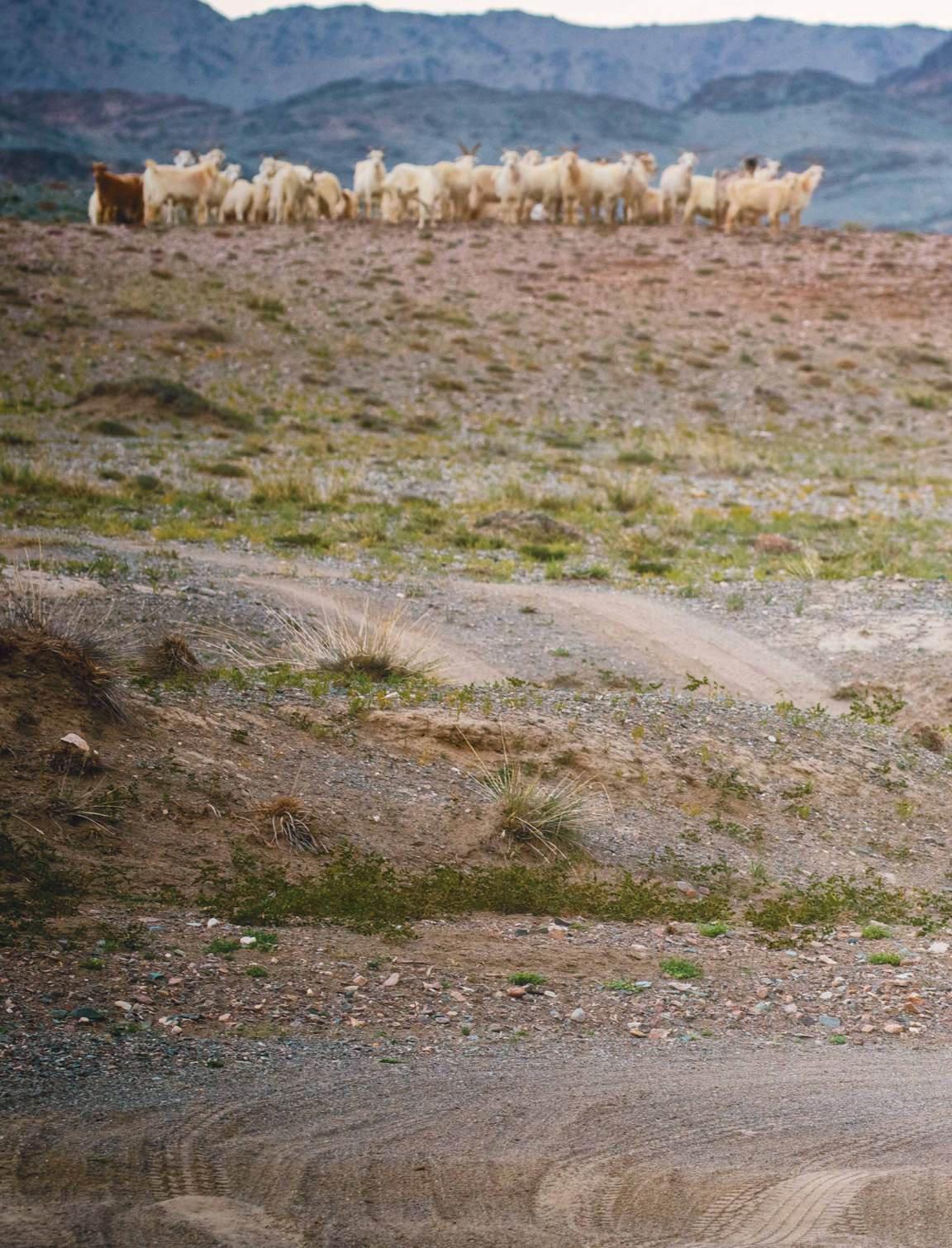
It takes an interesting character to travel halfway around the world and donate a motorcycle to a worthwhile cause. Tom Medema remembers one very interesting character and an incredible off-road adventure.
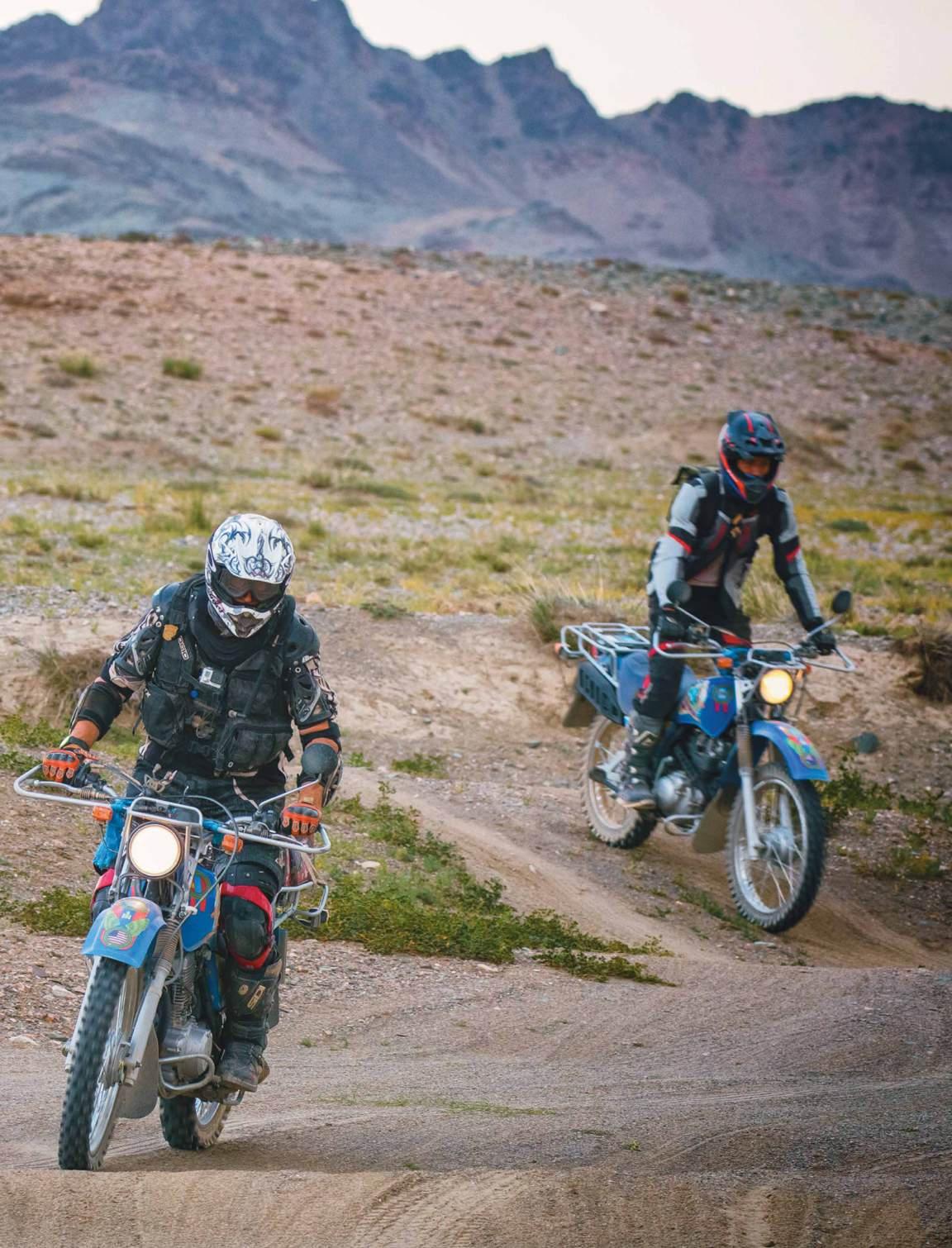
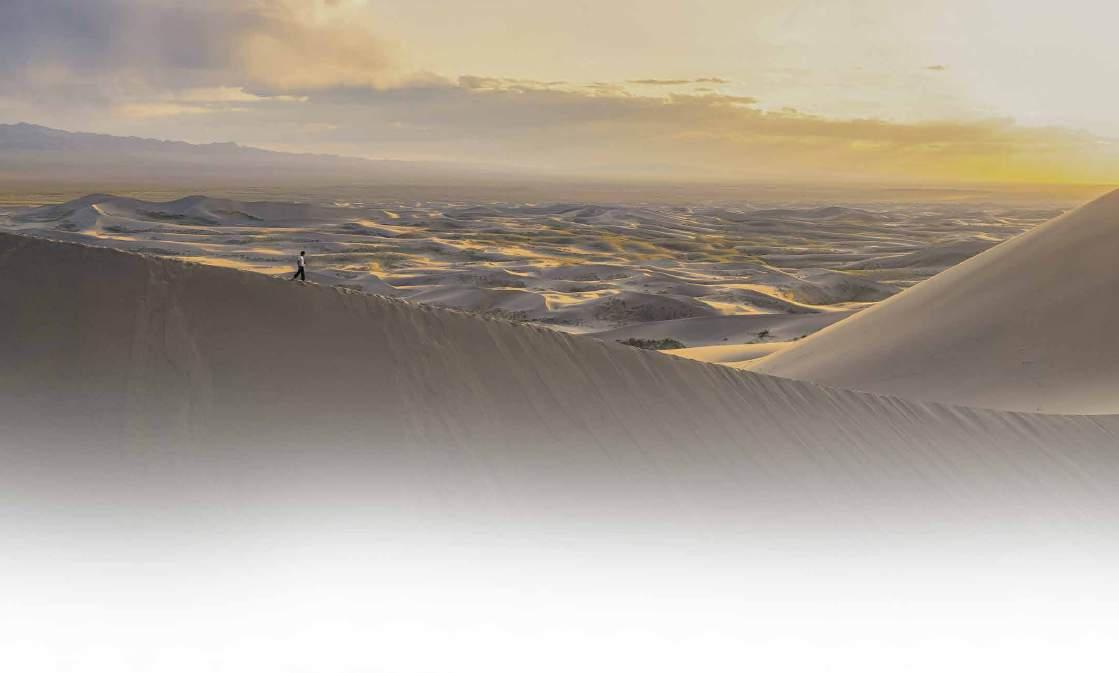
Tucked in the meagre shade of what I assume was once a lively shrub in the northern Gobi Desert, I looked over my shoulder and saw him; relaxed and prone, probably asleep, unfazed by the heat. ‘What is it about adventure,’ I wondered to myself, ‘that seems to tug at the heart and mind of so many Australians?
‘And dammit, why do they seem to handle the challenges so much better than the rest of us?’
The slender figure lounging in the shade behind me was Australian Michael Roberts, my roommate for this Mongolian epic.
Priority park
It’s always an uneasy moment when you first meet a bunk partner for a journey that’ll tax you physically, mentally and emotionally. Compatibility can make the struggle more manageable, while incompatibility only increases the suffering. Me, I’ll take an Aussie every time.
We’d covered probably 1000km of desert and were more than halfway to our destination – Mount Otgontenger Strictly Protected Area, Mongolia. Awaiting us another 600km down the trail were 10 park rangers in need of new motorcycles to protect their vast and sacred landscape. Ten riders from five countries wound their way through that oftensearing moonscape to deliver those bikes, much-needed new tools in the fight to protect national parks.
Rally for Rangers (RfR) is a nonprofit motorcycle rally founded in 2014 with the mission of ‘protecting the world’s special
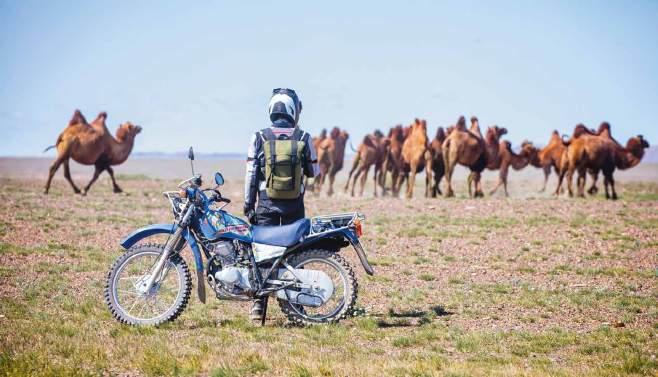
places one motorcycle at a time.’ Perhaps you’ve heard the story of retired US park ranger Bob ‘Mac’ McIntosh witnessing a Mongolian park ranger’s inability to chase poachers because his aged, low-end motorbike broke down...again. Mac vowed to do something about it and bring that ranger a new bike.
This single act of generosity inspired a movement which has brought 105 new motorcycles to rangers in many national parks in Mongolia since 2014. It’s an idea that has inspired hundreds of riders and donors from all over the world, and each of the first three rallies has had an Australian join the team.
Books and covers
Michael learned of RfR through social media and reached out with a simple one-line email: ‘I’m interested in this year’s adventure to help out in getting these bikes to their new home.’
His initial plan was to join the rally with his girlfriend, but an accident at Sydney’s
Top: One of the most enduring images of our journey was Michael strolling barefoot along the lofty spine of the Singing Sand Dunes.
Above: When not wandering the perimeter of camp, he sought connection with Mongolian culture in any way possible, even seeking the elusive camel ride.
Superbike school scuttled her plans. Her misfortune was my good fortune. I got Michael all to myself, and a friendship founded in dirt and adventure was born.
It was clear from the first kilometre of dirt that he was in a different class than most of us. This was no surprise given the quality of riders we’ve had on the rally from Australia and New Zealand. His resume was also full of clues – 10 years riding off-road in Dubai, including a year on the DXB motocross circuit, and recent completion of a superbike school in Sydney. Of course none of this was evident from Michael’s modest











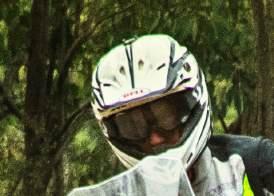









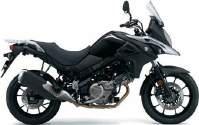
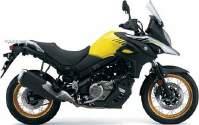
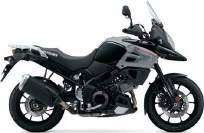
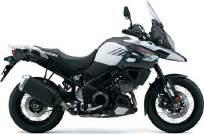

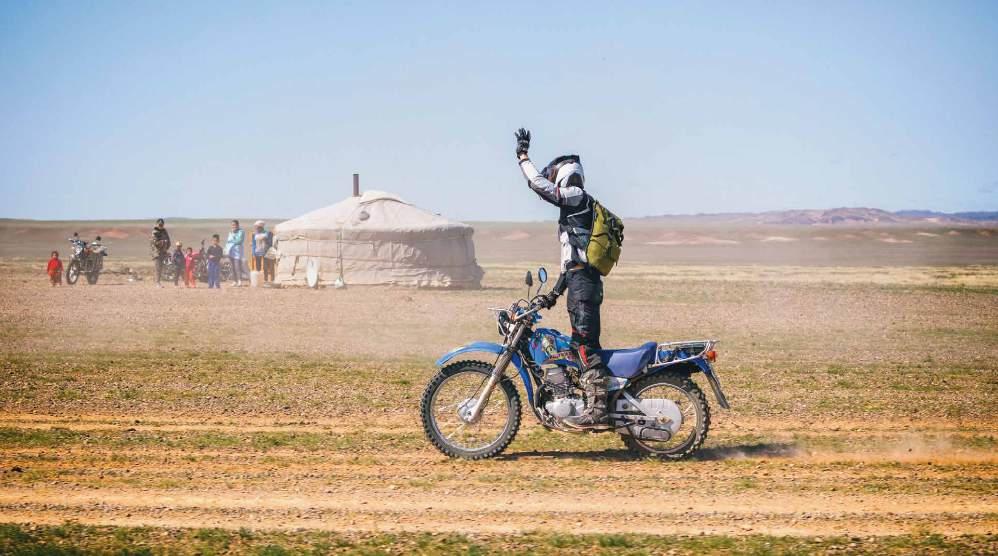
demeanor when we met him. It quickly became evident on the trail.
The open expanse of the Gobi provided no shortage of options for path of travel. While I stuck to the primary track due to my own inexperience, any time I caught motion in my peripheral vision I knew who it was, out there seeking a bit more of something. The free spirit that seemed prominent in other Australians I’d met was quickly apparent in my room mate. Every small roll or tiny bump saw the bike elevate ever-so-slightly above the desert floor. Dunes were a playground for Michael. In our first foray into the deep sand his climbing ability challenged and inspired national pride in the whole team. No one wanted to be left at the bottom of the dune while the flags of the other countries flew to the top. One by one his fellow riders accepted the unspoken challenge: Canada, Mongolia and the USA. Lucky for me, someone else defended the honor of the US before I was forced to make a fool of myself, usually getting stuck in deep sand well before the summit.
Michael and I had little in common beyond our passion for riding. He was young, charming, fit, had that classic GQ look, and had incredible deftness with the handlebars. Me? Not as much. Which is why it was such a stunner when we both came down with a blown rear shock just three days into the trip.
We were both told to ‘cool it’ by the rally mechanics as there were no replacements for another 1000km. As I mentioned, I was stunned. I understood how he might have had this problem, after all he was catching air on every pebble in the desert. But me? I hadn’t caught air since the flight over from Beijing.
In my case it was inexperience. The terrain was fraught with boulders, holes, stumps and other hazards riders like Michael could deftly avoid while I hit them head on. Then there’s the weight. He was light and traveled light. I’m afraid I couldn’t say the same.
So there we were, the roomies, first to be scolded by the crew for riding too aggressively.
Fortunately it was my only scolding. But not Michael’s.
A mind of their own
As the father of two teenagers I felt the parental need to warn my young new friend about falling in with the wrong crowd.
How can there be a ‘wrong crowd’ on a rally with just 10 riders you ask?
Well, someday you’ll have to meet Lance.
Top: Ten riders from five countries rode to deliver the bikes, much-needed new tools in the fight to protect Mongolia’s national parks.
Right: The Aussie (front) and the author.
The oldest of the team, Lance was a San Francisco real-estate broker and lifelong motorcycle enthusiast. A natural free spirit, he very quickly inspired the catchphrase ‘where’s Lance?’ due to his constant wandering and solo forays, both on foot and two wheels. Once we started riding Lance and Michael hit it off and spent considerable time travelling together. I think they both had a competitive nature that challenged the other and made for good fun riding. It also made for trouble when Michael was seduced into more than one ‘where’s Lance?’ moment.
The most dramatic of these incidents was the sunset return to camp from hiking in the Singing Sand Dunes. I have to assume it was Lance’s idea to ‘enjoy a bit more sand’ and take a longer route along the base of the dunes, with a plan to catch up with the rest of the team by







cutting off the angle. Michael was an alltoo-willing accomplice and off they went, no word to the team, just off the back of the pack and gone.
Dusk fell quickly as we navigated with headlights for the first time, reaching camp as a moonless full dark fell over the Gobi. A quick headcount revealed just eight of the 10 riders, and there was no sign of the missing pair. There were no headlights in the distance behind us. Just darkness.
Mild irritation turned to worry after some time passed with no sign of the two wanderers. I thought they had to be okay. They were both skilled riders, they were just lost. But many of us were crashing in the full daylight, how could they navigate this beguiling, unknown territory safely in the dark? Did I mention my roommate was not only missing, but he had the key to our ger (yurt)? My change of clothes, shower supplies and food were, as a result, inaccessible.
So there I sat in my filthy riding gear, and, as time crept by, worry grew.
Two riders and one Landcruiser retraced our steps while the remaining seven riders turned the bikes away from camp in all directions and began honking horns and flashing lights, hoping to provide a beacon for the lost. Before long, sheepish smiles and apologies
Top: Commandeering the ubiquitous Russian UAZ Bukhanka off-road van for a joy ride.
Below: Michael (left) had that classic GQ look and an incredible deftness with the handlebars.
Right: Get more info on Rally for Rangers at www.rallyforrangers.org/
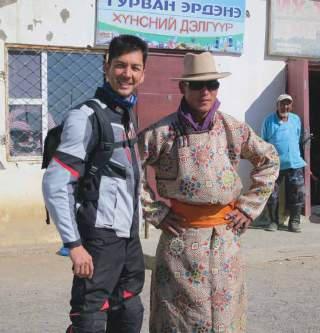

accompanying them, the duo rolled back into camp with the search party, no worse for wear, having gone a few extra kilometres they hadn’t expected.
The young Aussie endured his second scolding.
Michael too was a free spirit in his own right. Each evening upon arrival in a new camp, when most were catching a shower, nap, or sipping a drink, Michael was on walkabout. His appetite for exploration seemed limitless. One needed only look to the horizon to find him, walking or sitting at some distant point, typically a higher elevation, seeking a unique perspective and some solo time to recharge. The most memorable such walk was captured by our talented documentarian and drone pilot Jeff Colhoun and memorialized in breathtaking detail. It’s one of the most enduring images of our journey, Michael strolling barefoot along the lofty spine of the Singing Sand Dunes. When not wandering the perimeter of camp, he
sought connection with Mongolian culture in any way possible, seeking the elusive camel ride, riding the small-but-spirited Mongolian horse, and perhaps most memorably, commandeering the ubiquitous Russian UAZ Bukhanka off-road van for a joyride.
Michael Roberts’ passion for adventure and exploration was an inspiration to his fellow riders night and day. His wry smile and constant calm were a welcome distraction during difficult moments. And, of course, the cherished and universally beloved Down Under accent was a sweet note when contrasted with the constant ‘brraap’ and wind ringing in our ears.
I’ve ridden thousands of kilometres to bring new motorcycles to park rangers in need and I’ll ride thousands more. Two dozen new riders have signed on for Rally for Rangers 2018 from all over the world. I look forward to making new friends and finding new roommates. But I won’t find another like Michael, and now...I’ll take an Aussie every time.

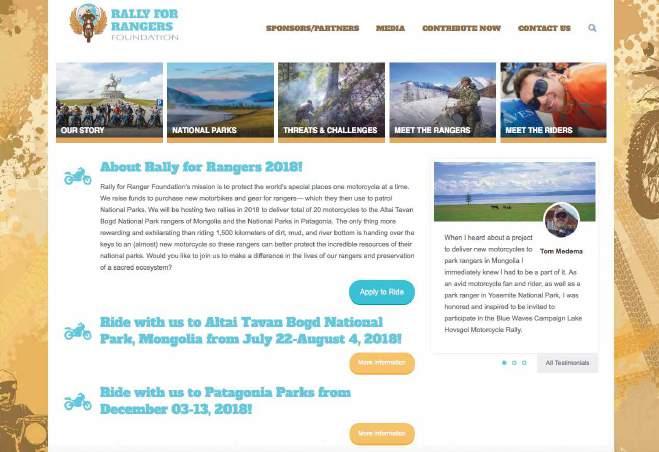


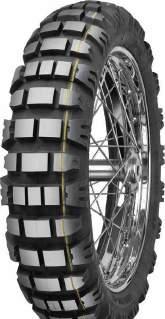


Mitas Adventure tyres
The choice of Chris Birch


After
Having set a date, the usual suspects were messaged: ‘Going to Yerranderie. Meet at DJ’s Café in Oberon at 10:00am Saturday. Never been there but it looks interesting. See you then.’
That’s how it all started.
History
Yerranderie is a ghost town at the bottom reaches of Lake Burragorang, the body of water that feeds Warragamba Dam. It was once a silver-mining town with 2000 people and the mines were worked
from around 1898 until 1928. Yerranderie was gazetted as a town in 1907 and the post office closed in 1958 due to the construction of Warragamba Dam. Silver ore was carted to what was once Camden railway station, about 45km via Nattai and The Oaks, to be transported to Sydney for refinement. The original road from Nattai is now under water and access to the town is along the Oberon-Colong Stock Route. That’s not a bad thing. The road is fantastic and venturing out there is a true wilderness run.

A faultless cruise through Lowther and Hampton, basking in the Blue Mountains scenery while gliding along the ridge, led to Oberon, a town striking in two distinct ways. First there are no Golden Arches in the town, but there is a giant rainbow trout in the grounds of a
Above: The views through the trees were fantastic.
Below: A regroup at the start of the Oberon-Colong Historic Stock Route. There was 60km of dirt road to go.
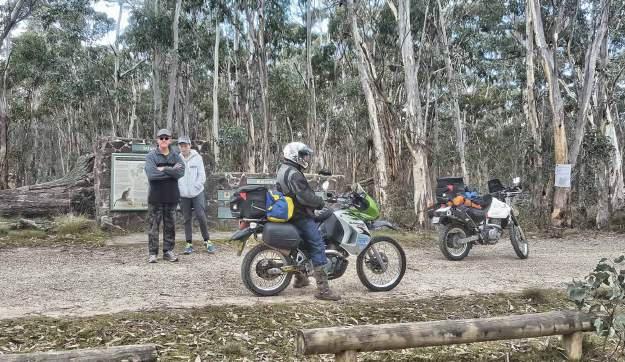
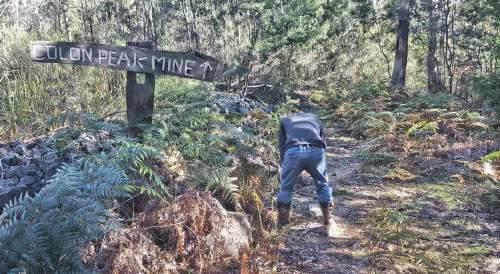
Above: A sign of things to come?
Below: It’s surprising where a Corolla driven with enthusiasm will go.
motel. Second, it has a Twin Peaks atmosphere to it. It’s a country town in the mountains and it’s filled with friendly people, trout fishing, cold weather, snow in the winter, giant fir trees, a timber mill, logging trucks and darn fine coffee in the café. Although I didn’t see any donuts, I was glad they didn’t have anyone wrapped in plastic at the lake.
I spotted Greg’s KLR parked beside Rod’s Corolla at the café. Having a car as back up can be good sometimes and it’s surprising the places Rod takes his Corolla.
After a long ride on a brisk morning, coffee and a hamburger did wonders for the soul. Chris, Adam and Phil arrived soon after and our contingent was complete. We were all fed, our tanks refuelled and we headed out. Golden-leafed poplar trees created a guard of honour as we rode toward Shooters Hill and the road ahead swept through grasslands and into pine forests. I kept an eye out for signs of pine mushrooms to cook for dinner. Autumn may have been too dry for them, because there were none to be seen.
Turning off at Mt Werong, we rode past the penitentiary which reminded me of Stalag 13 from Hogan’s Heroes. It was a prison camp in the middle of pine forest, too.
The road soon changed from tar to gravel and we regrouped at the start of the Oberon-Colong Historic Stock Route. There was 60km of dirt road to go, and we thought it couldn’t take more than 45 minutes to get there.
We thought wrong.
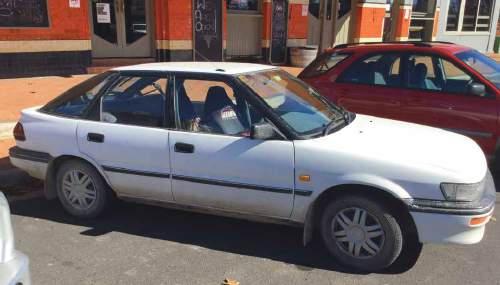
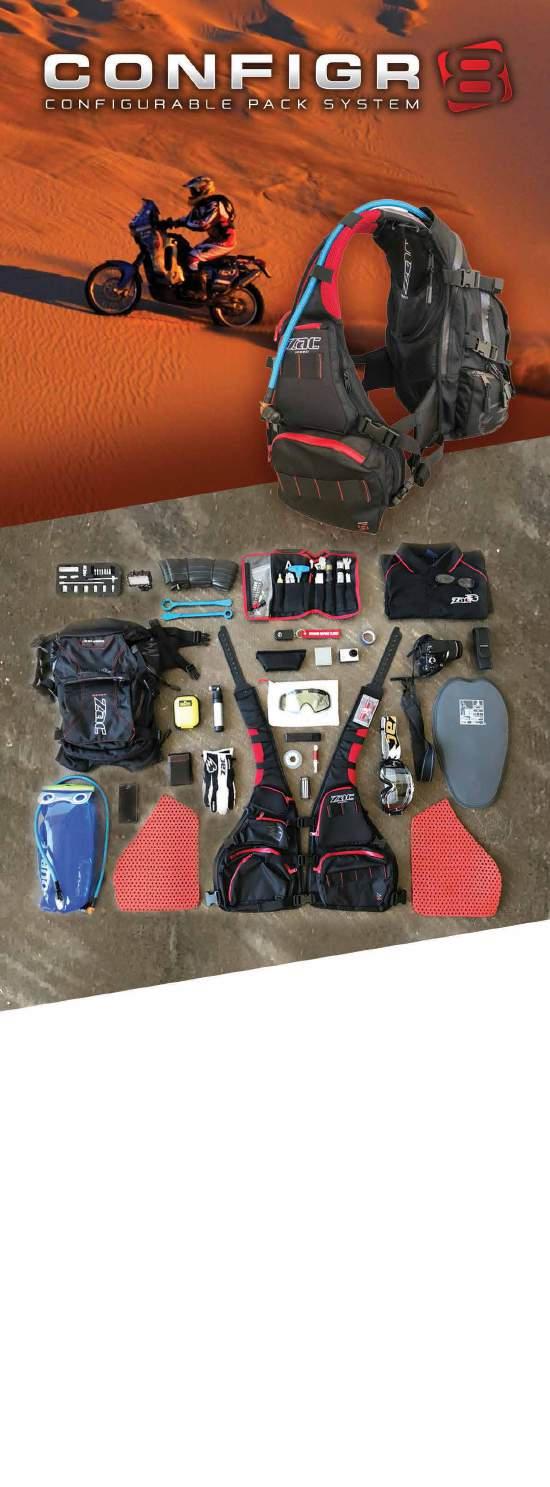

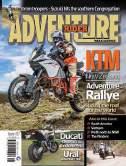
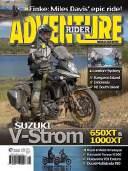
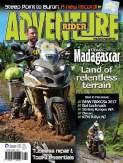


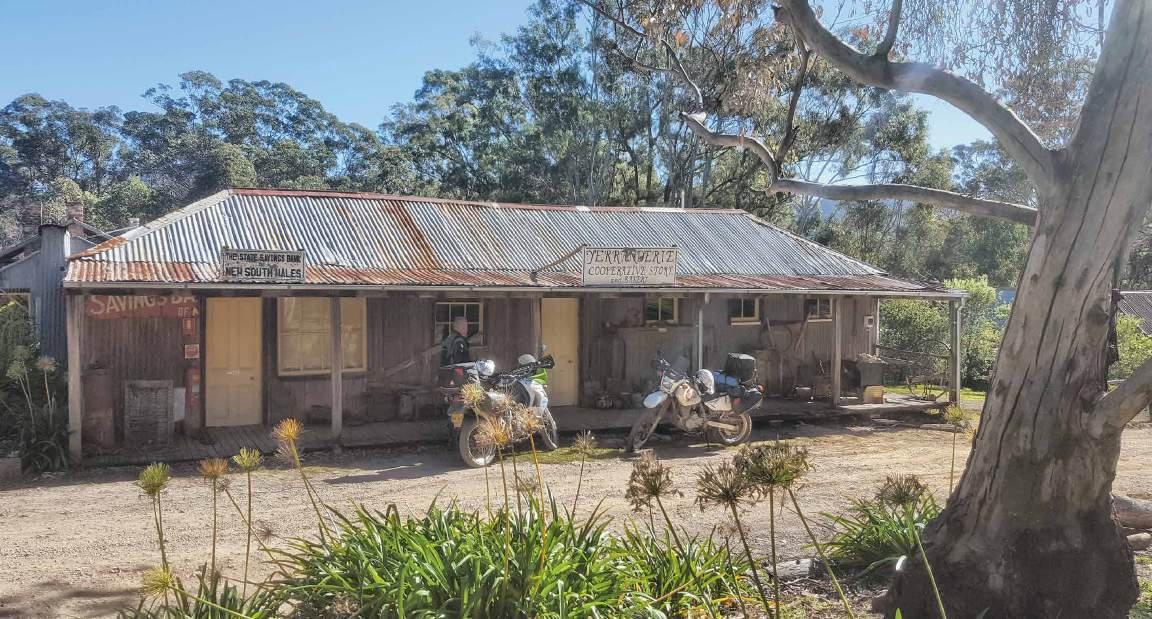
A sign clearly warned of the remoteness of the area and the need to carry provisions when heading out. There were four easy creek crossings, but after a decent rain they’d make it hard for a two-wheel-drive, and there were a couple of other camping spots along the road that’ll need to be explored on a later trip. The road was in good condition and varied from wide, straight stretches to narrow, windy bits with no barriers to stop a tumble over the edge. That made it awkward for those who like to photograph things seen from the corner of the eye. The views through the trees were fantastic.
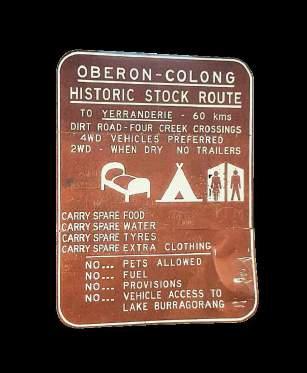
There were a couple of spots where the road was fine dust and passing traffic reduced visibility to where it was necessary to pull over until it settled.
The bikes coasted into the ghost town, and through dusty goggles Rod’s Corolla had changed colour from white to tan. I’m still surprised he got it there.
It also meant it was important to regroup every so often to ensure no one had fallen behind – or off, for that matter.
There were two camping grounds: a free camping ground just out of town with very basic facilities, and one in the private town.
The private town had a reasonable-sized camping ground with fire pits, rustic picnic tables and National Parks had supplied firewood. Toilets, hot showers and a
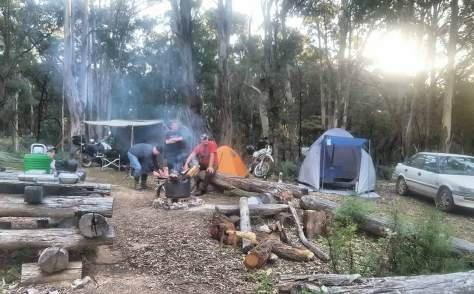
Above: Yerranderie is a ghost town at the bottom reaches of Lake Burragorang, the body of water that feeds Warragamba Dam.
Left: The private town had a reasonablesized camping ground with fire pits, rustic picnic tables and National Parks had supplied firewood.
kitchenette were also provided. Camping fees were $14 per person and there’s also huts available – National Parks has the pricing.
It would really need three days to get the most out of Yerranderie. It’s a good, full-days’ journey just to get there from Sydney and the same to get out. There are a number of tracks to explore on foot through the abandoned mines, old buildings and to lookouts, and there were a few tracks off the main road that beckoned a return trip.
The Oberon-Colong Historic Route is a fantastic track to tackle on a bike. Road conditions can vary. On the return leg we spoke to a couple of riders at the Hampton Hotel and were told the road had recently been graded, and after a big rain it deteriorates badly, so the trip needs a bit of planning. Road conditions can be obtained by calling the rangers on site.
If some of your friends aren’t into bikes, get them to tag along in their cars as ‘support’. After they’ve watched you and seen how much fun you’ve had, chances are they’ll want a bike themselves.
As we sat by the crackling fire telling of our days driving on dirt roads with sedans and road bikes, knowing they’d seem tall stories to today’s younger generations, I wondered if listening to stories from old miners and bullock drivers would get the same reaction from us.
Tall stories or confessions from mad men?

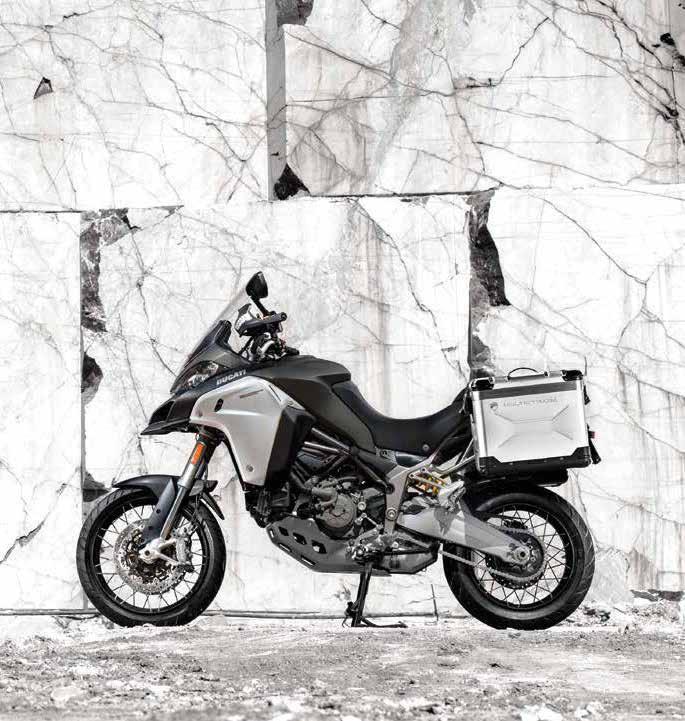
Multistrada 1200 Enduro
Wherever the adventure takes you, now you can follow it all the way. On any terrain, in any condition, the Ducati Multistrada 1200 Enduro is designed to experience the journey with a new style, new performance and new technology. The 160 hp Ducati Testastretta DVT engine, 30 litre tank, 19” front wheel, spoked wheels and 200 mm wheel travel.
Ducati Multistrada 1200 Enduro. We have given it everything, except boundaries.

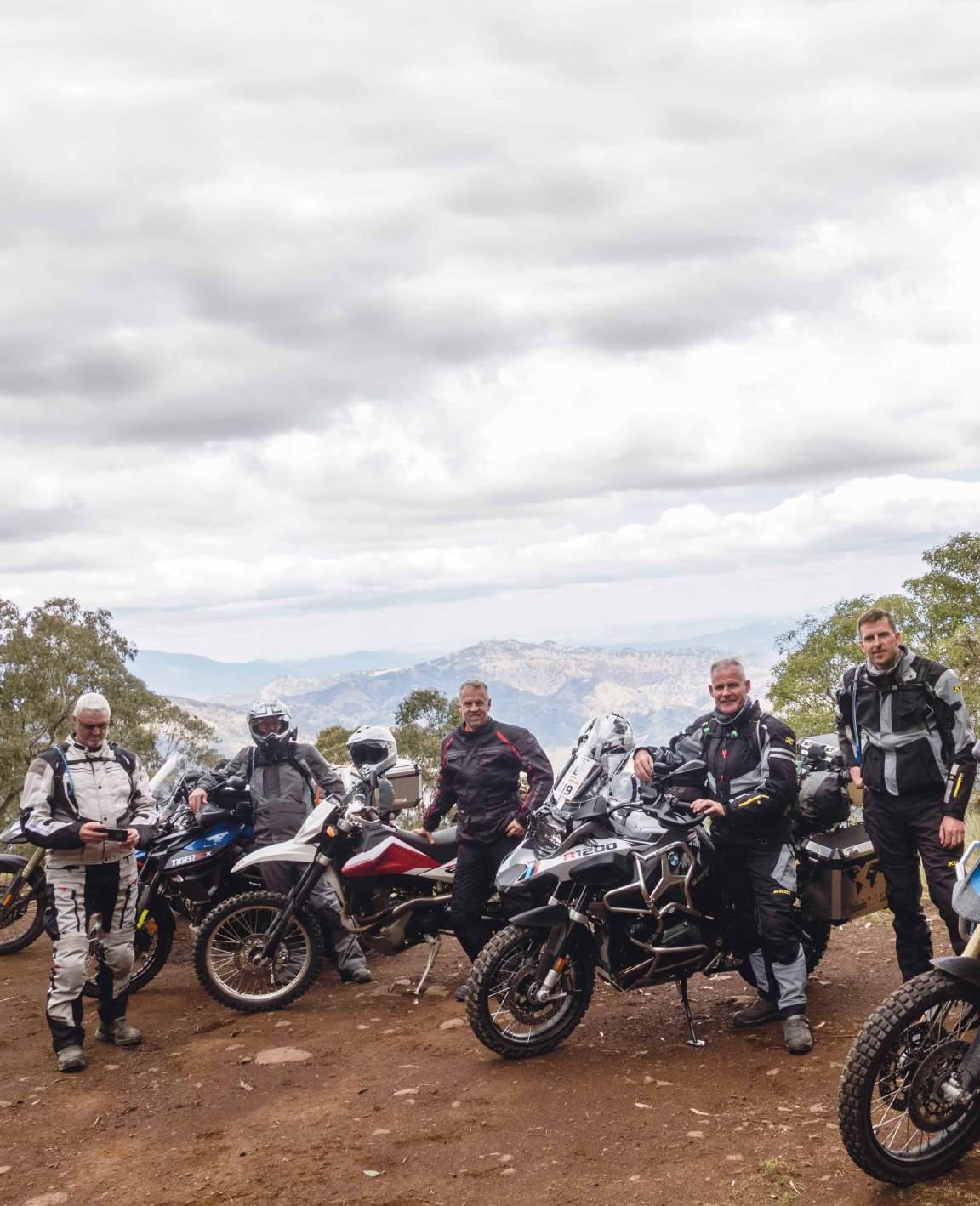
Every year since 2014 there’s been a gathering of the ‘Orange Nuttas’. Orange is the colour that binds the group and the colour of the organisation they work for, and nothing to do with their bikes. Philip Lalor is a keen Nutta and enjoyed the latest ride.

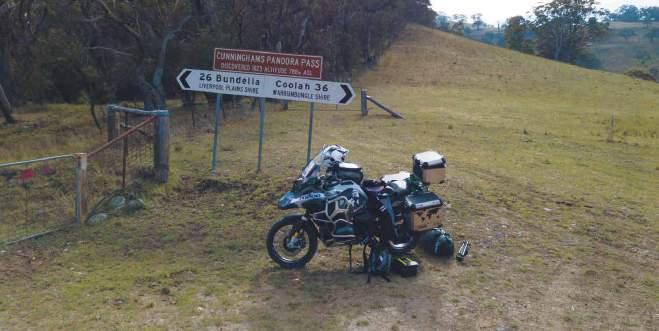
Annual gatherings have taken the Orange Nuttas to many locations, including outback Queensland, the Victorian high country and the NSW north coast. For us an adventure is riding with a group of mates, enjoying the opportunity to catch up, seeing parts of the country not necessarily seen before, finding great country pubs, sitting around a campfire and extending ourselves outside our comfort zones from time to time.
With the idea of stretching ourselves and learning new skills, the concept for ‘Masterclass 2017’ was born: a seven-day ride starting in Walcha, travelling through the Barrington Tops to Wollombi, then to the Blue Mountains and on to a 525hectare property near Lithgow where each Nutta could practice and improve their individual riding skills.
Six Nuttas stated their intention to attend, although one had to withdraw later, a trip organiser was elected and the planning started in earnest.
I had the tour-leader role and preparations were made. Walcha to Wollombi was mapped and remapped, and checks were made with local councils and The Bicentennial National Trail to confirm the trafficable status of the track between Bowmans Gully Road North and Bowmans Gully Road South. Both authorities assured the route was open and passable.
Wollombi to Lithgow was sorted with parts of the Hawkesbury, the Colo and
MacDonald River valleys being explored. Preparations were undertaken at the property a week or two prior, with food, fuel and water stored, along with an ample amount of firewood cut and stacked to last three days. Accommodation arrangements at the property were basic but comfortable, with shelter from the weather and a few other ‘luxuries’ available.
Sunday morning, the kick-off day, dawned with a thousand thoughts going through my mind: what have I forgotten? What else do I need? Have I packed too many things? What will the weather be like? Will the tracks all be open? Have I bitten off more than I could comfortably chew?
I set off alone for the rendezvous at Walcha.
Dubbo to Walcha was a relatively easy run, following the Golden Highway to just east of Dunedoo and turning on to the Black Stump Way, a glorious, open, twisting roadway to Coolah, and then over the Liverpool Ranges via Pandora’s Pass – a route discovered by the explorer Cunningham way back in 1823. At a height of 788 metres above sea level, the climb along gravel and dirt roads offered a magnificent view. The crops and cows along the Liverpool Plains left no doubt about the reasons for passionate opposition to the proposed mining of the area.
The New England Highway was in great condition between Moonbi and Bendemeer. The smooth bitumen,

wide-open, sweeping corners, and an absence of traffic brought a smile. I turned into Bendemeer, interested in learning more about the home of Josh Hazelwood and the Grey Fergie Muster, to find ghosts of days past dominated the streetscape. A forlorn-looking former roadhouse littered with car bodies and remnants of a bygone era made a stark contrast to the bright, bold and wellpatronised Royal Hotel. I imagined the pub being like a lighthouse to travellers and locals alike.
Leaving Bendemeer, I crossed the New England Highway and turned on to one of the most popular motorcycling roads in New South Wales. The Oxley Highway has had its fair share of media coverage in recent times and it’s easy to see why so many people like it.
Grey clouds, cooler temperatures and the occasional spot of rain greeted my arrival in Walcha. I knew other members of the Nuttas had already arrived and were spending the day riding the eastern side of the Oxley, so I took the chance to reacquaint myself with The Royal Café. The place has a well-deserved reputation for fine road-trip food and great coffee and my grumbling stomach was well-satisfied.
I decided to ride east and meet up with the rest of the group and a quick stop at Aspley Falls reminded me of the grandeur
and ability of Mother Nature – a recurring theme for this adventure.
About 50km east I spotted a great location to record the Nuttas coming down a long hill with a nice right-hand bend. No sooner had I pulled up than I heard the sound of bikes approaching and instantly recognised the headlights of two F800GSs and a Tiger 800.
Greetings were warm and the tone was well and truly set for the coming week. Talk centred around the weather and plans for the coming days, with local gossip suggesting part of our route along the Bicentennial National Trail was nothing more than an unmaintained track.
The other three stopped at the Royal Café overnight while I headed to The Commercial Hotel. I was greeted by the
publican who ushered me into secure, off-street bike parking, and said, “Mate, I’ll have a beer waiting for you on the bar when you come in.”
It was a great example of a good country pub – warm hospitality, great food, simple-yet-comfortable accommodation, cold beer and plenty of characters. Evening meals were hearty and well presented and conversation revolved around the now constant rain and likely condition of the tracks planned for the following day. Fuel range was another topic widely discussed, with a Husqvarna 630 joining the crew. Alcohol consumption was lower than normal with some concern around the chosen route. I guessed the next 24 hours would be the test of whether that concern was warranted and if the ride would truly become a ‘Masterclass’.
u
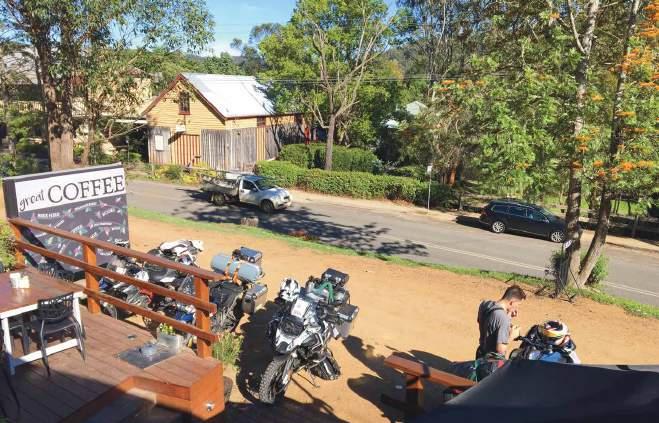

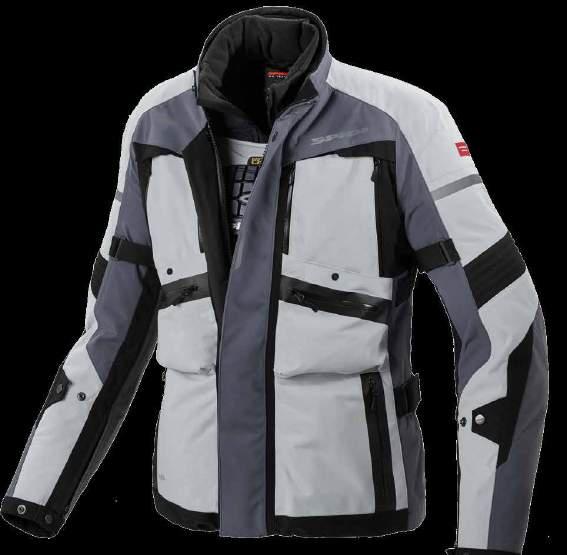
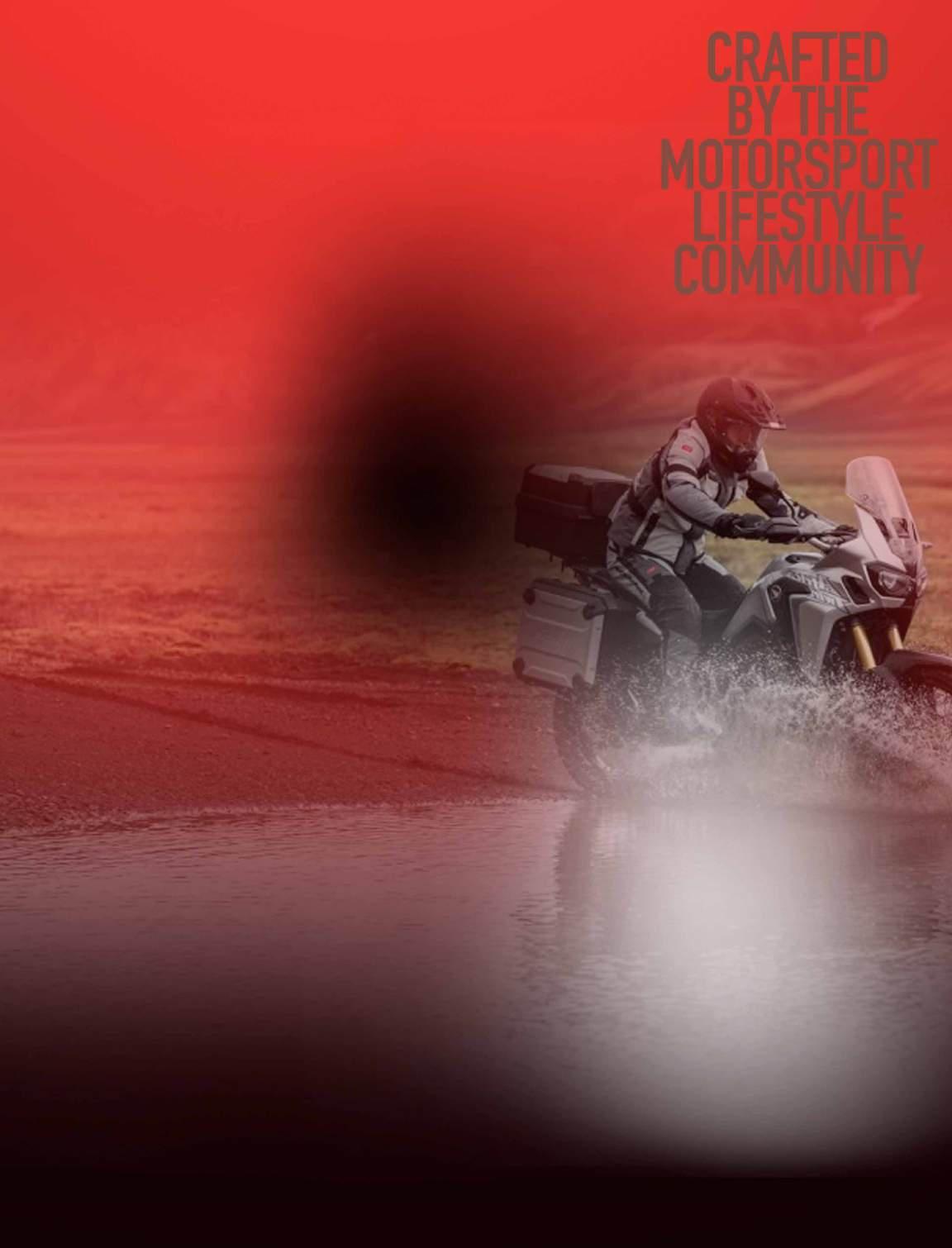



We’d agreed to leave Walcha at around 8.00am, and as my alarm sounded at 5.00am, I rolled over and thought about the coming day’s challenges and excitement.
After a light breakfast I made my way to The Royal, which was cloaked in an eerie silence. A quick text message, appropriately worded with particular reference to their choice of bike, ensured a rapid response from the sleeping Nuttas.
And so the morning began – the packing and prepping of bikes, loading and tightening bags, filling and securing panniers, questions about finding bike keys and hoping it would start all seemed to lighten the mood a little
The first leg was largely uneventful. Thunderbolts Way provided some entertainment and frustration. Slow logging trucks impeded progress at times, however the stop at Parsons Lookout and the magnificent view ensured plenty of smiles. A headlight failure on an F800 required a new globe.
A ribbon of bitumen leading from Gloucester to Barrington Tops was particularly smooth and blemish-free, but as the bitumen disappeared and the dirt began, the Nuttas began to explore their own levels of grip and confidence.
Barrington Tops is a magic part of the country. The roads provided an exceptional run through the National Park to its western boundary, and, passing through a large gate, the forest opened up to provide a magnificent view. Mother Nature again reminded us of her beauty and majesty. Views that stretched for kilometres, canopies of trees that blocked the sun and shrouded the ground in a night-like darkness, the changes in
vegetation as altitudes varied…it was all amazing.
On the western side of the gate a couple of blokes in a Jeep warned us the road ahead was treacherous on some of the downhill sections. After the obligatory group photo, we mustered our courage and headed on.
The road was in great condition, well-defined and well-maintained. There was the occasional pothole to avoid, along with the casual four-legged bovine local to adjust for. We arrived at Moonan Flat pub and broad smiles and positive comments combined with a definite air of excitement mixed with concern over the condition of the Bicentennial National Trail.
Belltrees Road was wide, flat, welldefined and in excellent condition. Concrete causeways were no problem for any of the Nuttas. But then a turn had everyone on a dirt road which became a little more adventurous. It was less defined, less smooth, less wide and a tad more challenging.
We started to climb, passing old houses
and cattle yards, following fence lines and picking our way through closed gates. It was obvious in some places the track had been attended to, in others –well, not so. And still we climbed. The soil was wet and in places rather sticky and made for some interesting riding.
One down
What goes up must at some stage go down, and I found this out in more ways than one.
What started out as a gently sloping downhill run quickly became a steep, rutted descent. About halfway down too much momentum and a critical failure to look forward and pick a line saw the front wheel drop into the rut I was looking at and the GSA fell to the ground.
I’m always amazed at how strong I become when my bike is on the ground and there are people around.
After lifting the bike back to an upright position, an inspection showed one of the driving lights to be hanging off, but other than that it seemed fine. I took a good deal of time to commit to the
u
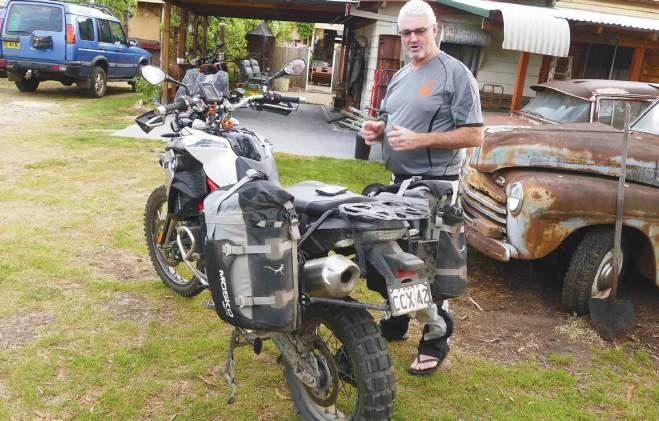
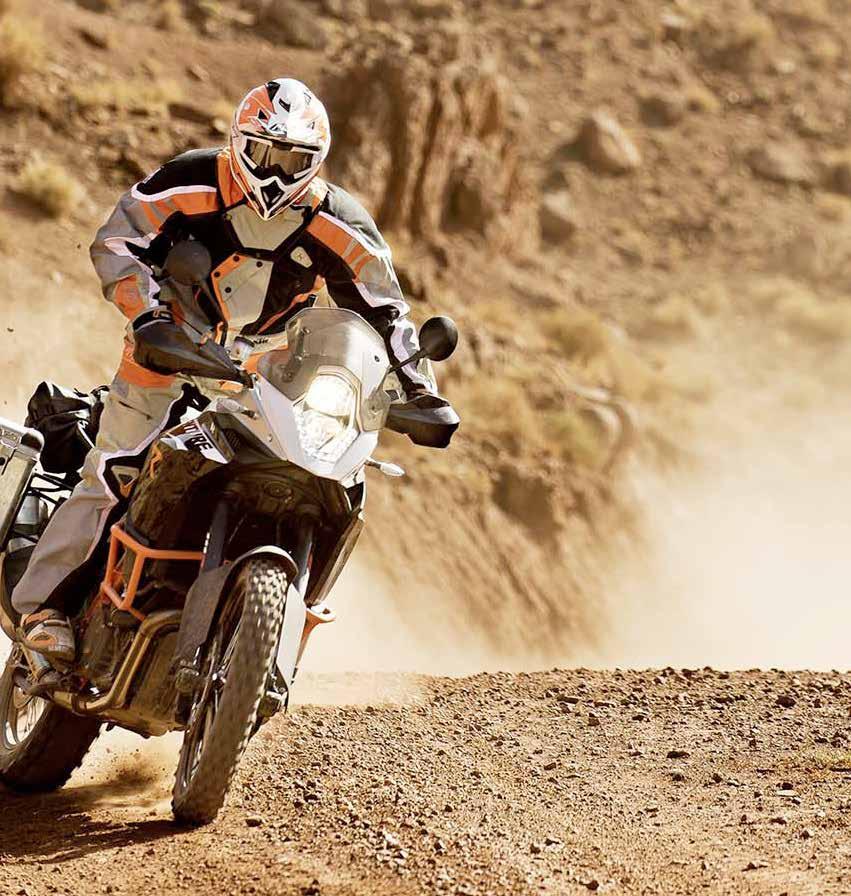
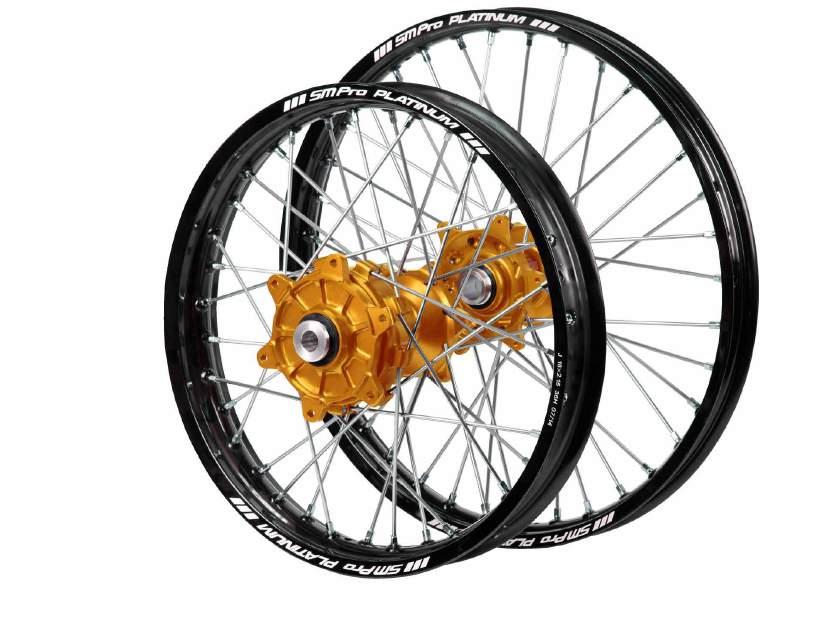
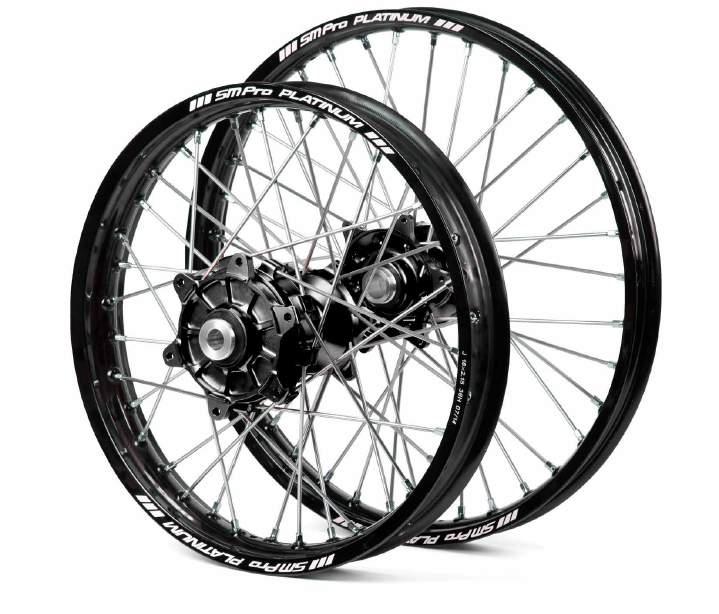
rest of the downhill journey. With the engine off, first gear selected, and using the front brake and clutch with both feet on the ground, I continued my descent.
In the meantime, the other Nuttas had ‘gracefully’ passed me, some with eyes as wide as saucers, not prepared to deviate their sight from the task at hand.
At the bottom of the hill there was the expected piss taking and cajoling. After that, attention turned to ensuring bikes were fit and ready to continue. The driving light was reattached to the GSA and I held a secret hope there were no more hills like the one we’d just descended.
The weather was quite warm and humid with storm clouds in the distance. Clay, rain and heavy adventure bikes don’t always mix well, but fortunately the track improved and soon we were making good ground along smooth gravel roads. As we made our way southwards, towering, black, rain-laden storm clouds continued to gather on the horizon and the wind gusts were ever-increasing. At times bike and rider were leaning well to the right to maintain a straight heading.
As we crossed on to a sealed bitumen surface, the heavens opened up. Rain poured, bolts of lighting flashed and almighty claps of thunder boomed. Visibility dropped and riding styles were adjusted to the prevailing conditions. As we snaked our way toward Singleton the road crossed several rivers, some causeways proving more hazardous than others, especially for one F800GS rider.
Despite what was described as a ‘spectacular lose’ and a few scratches on a dislodged pannier, all was well with bike and rider. There was nothing an occy strap and some cable ties couldn’t fix.
Through the wind, rain and limited visibility the Nuttas persevered, arriving in Singleton for fuel and relief from the weather. While refuelling and waiting for a lost rider the weather began to clear.
As the quartet of bikes made its way out of Singleton mining activity filled the landscape. There were yellow markings on every second vehicle and utes and trucks dominated the traffic. Railway lines, locomotives and loaded coal wagons were adjacent to the road.
A short-but-entertaining run along the Wollombi Road revealed the Wollombi Tavern, our overnight stop. Accommodation wasn’t high on the list of priorities though, and after dismounting the first order of business was a few schooners and some tales to share. Each Nutta had a look of exhilaration mixed with a look of exhaustion. The day’s adventure was perhaps best summed up by Matt: “I’m here, I’ve got a beer, end of fuckin’ story!”
A new day promised new opportunities and new challenges.
Despite the heavy rain and wind of the day before, the morning dawned clear, dominated by a bright, blue sky and the promise of fine weather. Coffee and
breakfast were a primary concern and we assembled at a local coffee shop to start the day.
The area was steeped in history with convict-built roads and magnificent sandstone buildings. We commenced the next leg of our adventure, pushing on towards our final destination and 525 hectares of motorcycling nirvana.
Turning off the Great Northern Road onto Wollombi Road, we once again had dirt and gravel beneath the tyres. The road was dry and dusty, with loose gravel covering the surface and each Nutta found their groove again.
Dry and dusty soon turned to wet and slushy. The local council was grading and watering the road, turning the surface to an almost quagmire-like slippery dip. The tight downhill turns of Greens Road were a challenge.
We made our way along the Hawkesbury River – a contrast of historic transportation methods and modern adventure bikes. Our passage was now unhindered on a hard-packed, relatively smooth and dry road.
From the Hawkesbury River the road became a little more challenging with tight uphill turns and occasional oncoming traffic. Constantly amazed by
Below: Trees were taller, vegetation was denser, there was a lot more greenery and a sandy loam surface. Top right: The motorcycling utopia which was the goal of ride.
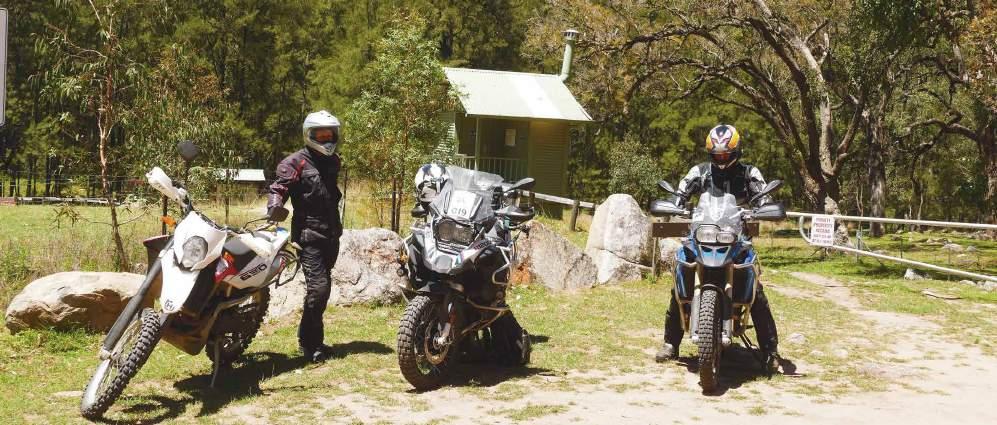
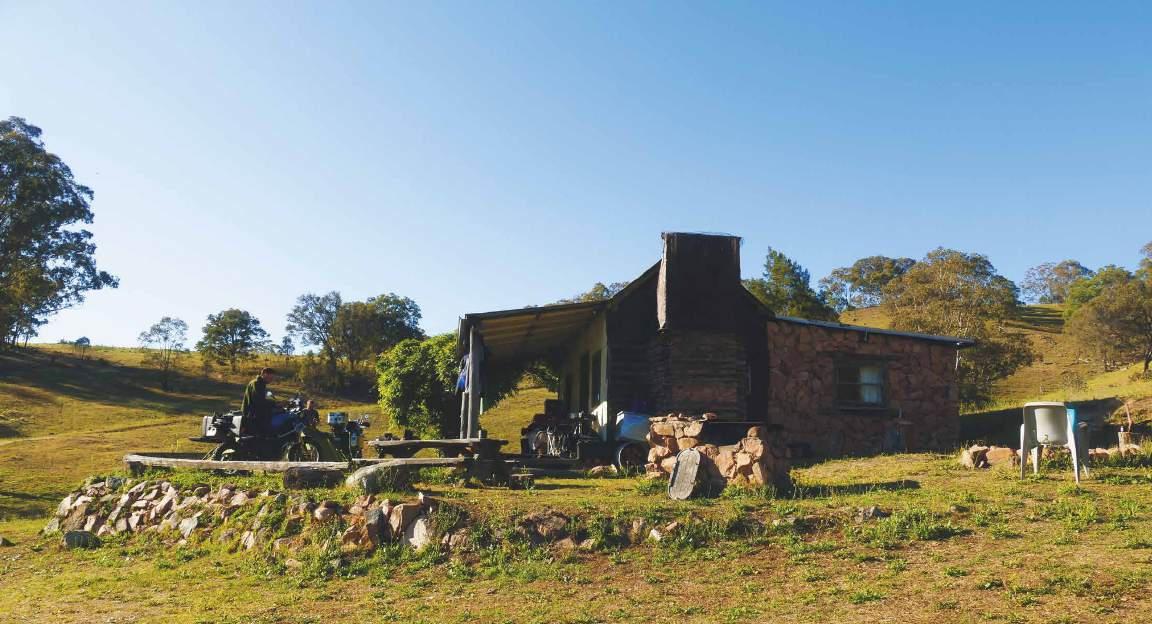
the inclination (and stupidity) of drivers to cross to the incorrect side of the carriageway on blind, narrow corners, our vigilance increased with each kilometre.
Reaching the Putty Road at Colo Heights, the expression on each rider’s face said it all: “This was living!”
A short punt along the lower reaches of the Putty Road led to a Colo River crossing, after which the road once again started to climb. The surface was in great condition, the corners open and flowing (in most cases) and the absence of oncoming traffic saw some of the Nuttas relax, while others continued to search for and find their ‘dirt legs’. With the increase in elevation there was a change in the vegetation and a change in the track. Trees were taller, vegetation was denser, there was a lot more
greenery and a sandy loam surface. Bells Line Of Road loomed large at the end of the track, and we snaked our way toward Bell in awe of the sheer sandstone cliff faces and towering trees. Our only frustration was as a result of the apparently ridiculous 80kph speed limit in many sections.
We crossed the Great Dividing Range and dropped into the former industrial centre of Lithgow and the final run to motorcycling heaven was in front of us. Cox’s River Road, Ganbenang Road and other local roads provided amazing conditions, with fast corners and smooth surfaces, and each of the Nuttas revelled in the environment.
Turning off the bitumen, the tyres
began to move and squirm. The surface was a loose granite cover over a hardpacked base and provided the perfect opportunity for rear wheels to lose traction and move sideways. The only concerns were a fast-moving school bus which wasn’t stopping for anyone and an occasional local bovine which slowed our progress as we cautiously passed.
We cruised into the motorcycling utopia which was the goal of the ride. The river crossings, hill climbs, magic sunsets, and captivating campfires we’d experienced to get there were all bubbling through our minds. With bikes parked and beds sorted, beers were cracked, a fire was lit, dinner was started and the stories started to flow.



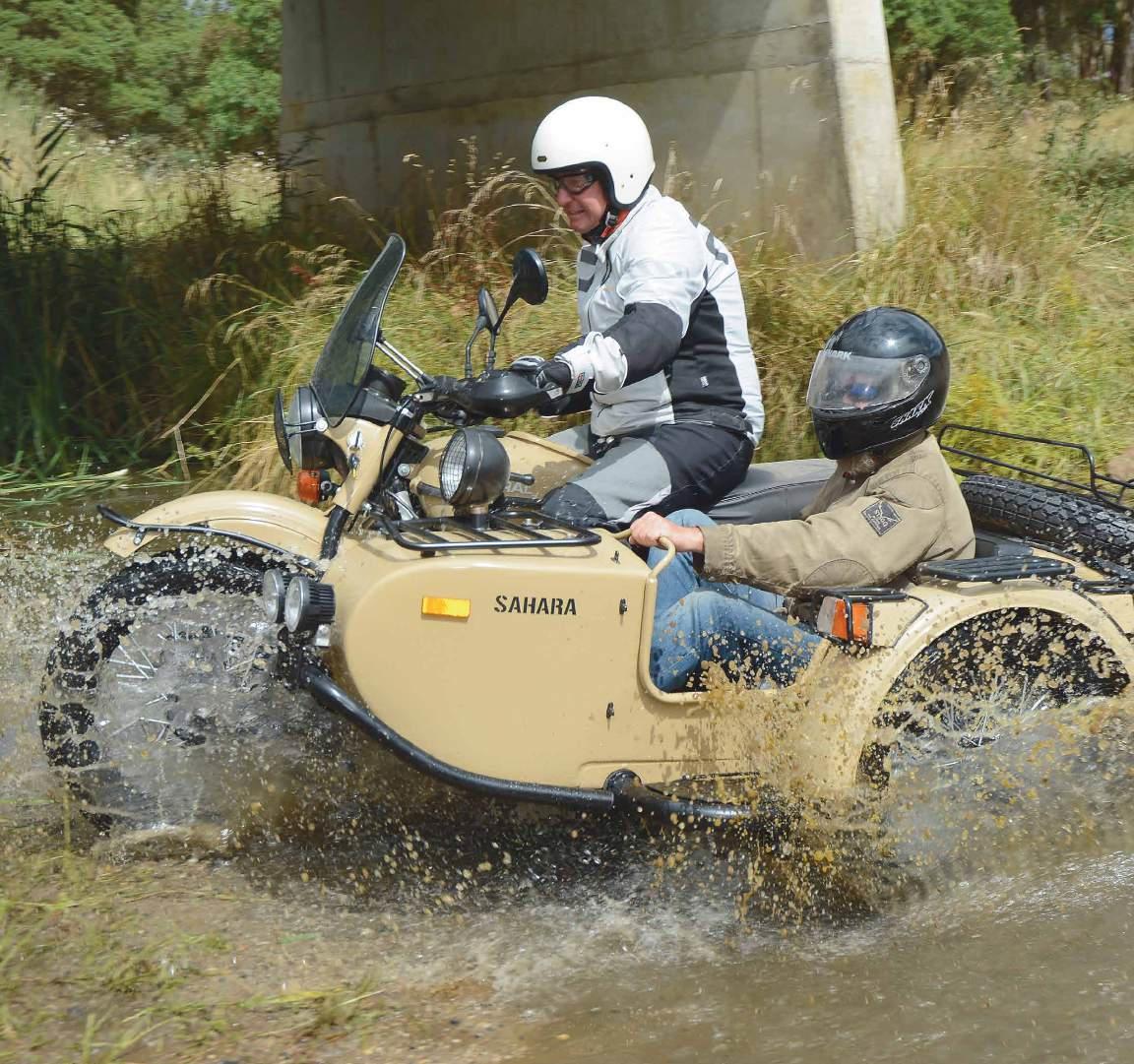
Russian manufacturer Ural is the world’s best-known producer of ready-made sidecars. The Sahara, an optioned-up version of the off-road-oriented Ranger, is sturdy, rugged and comfortable, with just enough gloss and polish to be a real attention-grabber.
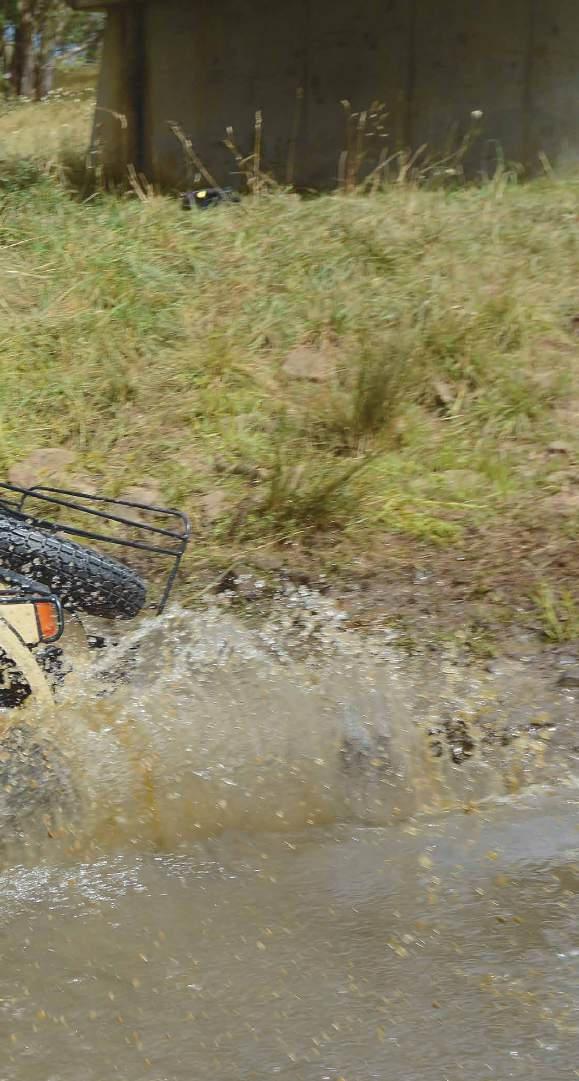

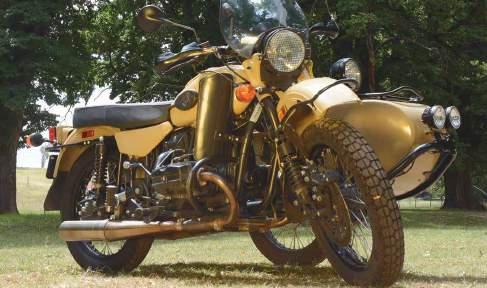
Adventure Rider Magazine staffers aren’t experts, or even experienced, in handling sidecars. The thoughts and opinions we share here need to be viewed with that thought in mind. But one of the many things we learned while riding the Sahara was that a sidecar can up the adventure level of a seemingly unobtrusive track to a very marked degree. We took the Ural into some challenging terrain, and despite our inexperience, it hacked the pace.
We hope that’s a little sidecar pun there.
Here’s a very quick lesson about Urals taken from the company’s media material: ‘Urals all have the same motor, drive train and sidecar body. A wide range of Ural factory accessories can be bolted straight on to any model to customise it for a particular use. There are two distinct frame types. The ‘Regular’ models have leading-link forks, higher ground clearance and 19-inch wheels. They come in a wide range of colours, and models are differentiated by the accessories fitted to them.’
It’s the Ranger Sahara we have here. It has the off-roadoriented frame and the Sahara option pack includes custom paint, a black engine, black gearbox, black final drive, LED headlight, Givi driver’s windscreen, sidecar fender rack, headlight and spotlight guard, an enduro bench seat, LED dual sidecar light kit, sidecar nose rack, Ural handguards and a sidecar rear bumper. A black, ceramic-coated exhaust is available as an option and wasn’t fitted to our review bike. We had the full stainless-steel exhaust.
Mechanically, a fuel-injected, air-cooled, two-valve-percylinder, 749cc boxer-twin drives through a four-speedplus-reverse box to a shaft final drive. The sidecar wheel brakes with the rear-wheel of the bike, and there’s no twowheel-drive models available in Australia. Suspension is via a twin-shock rear end and the front runs a leading-link fork with its own pair of shocks. Ground clearance is around 140mm, a road-ready rig weighs in at a touch over 330kg, and fuel capacity is 19 litres.
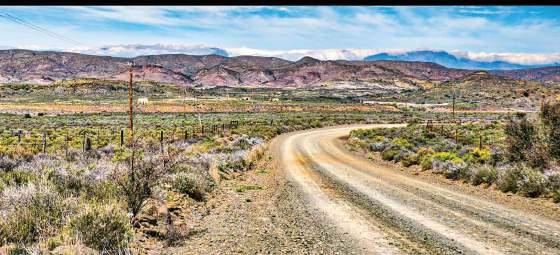



Left: The Ural Ranger Sahara handled sensible off-road terrain well. Above: Urals carry a two-year, unlimited-kilometre warranty. u

» Inflate a low or flat tyre quickly and safely.
» Ideal for use on motorcycles, ATV’s & scooters.


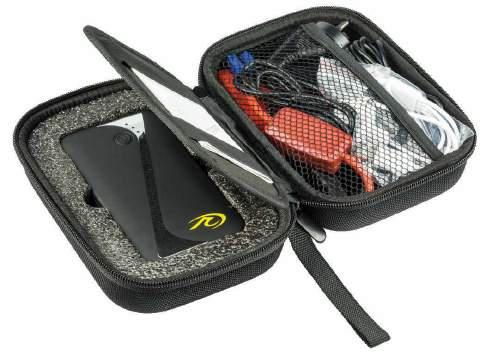

The Mini Jump Starter will start your bike no problem at all, in fact it will start anything up to 3 litre V6 petrol car engine! The unit has short circuit protection, overcharge protection & discharge protection. It includes a USB charging port and a 4 in 1 cable which will charge a myriad of different electronic devices. It also has an LED flash light with 3 illumination modes steady, strobe or SOS. All packed in a sturdy carry case.

That’s a lot to take in, but it’s important for those who aren’t

familiar with sidecars, but are very interested in them – which seems to be just about everybody judging from the reaction every single time we stopped somewhere – get an overview of the type of machinery we’re looking at. It’s utilitarian, heavy, and for those used to motorcycles, unusual.
The first impressions of the Sahara come from a wide-eyed walk-around. Things like a small jerry can on one side of the sidecar and a trenching tool on the other make a big impression. Flipping open the 83-litre boot – yes, 83 litres –reveals a big storage space with a track pump clipped to the inside and, best of all, an enormous toolkit that puts other adventure mounts to shame. Unclipping the tonneau cover from the passenger
Above: Stacks of room in the sidecar, and the seat was very comfortable. The accessory racks mean the Sahara can carry heaps of gear.
Below: This lighting rig was a ball-tearer. The LEDs were bright and the light white, but the beam was a broad arc rather than a focussed spot.
access of the sidecar shows a large, roomy enclosure with what looks to be a very comfortable padded chair. And of course the leading-link front end is a noticeable set up.
Climbing on board, we admit, gave us a thrill.
The seating position is very upright and, in general, encouraged a relaxed attitude in the rider. The seat was firm, which we liked, but as there’s no need for standing up on a sidecar rig, that was pretty much where our assessment of the cockpit stopped. The backswept ’bars felt good, the non-folding footpegs the same, and the single gauge was big and easy to read. The warning lights were all clear, the controls worked well and felt they were where they should be, and in general the whole rig emphasised comfort.
Riding the Sahara is where we let the side down.
An experienced reviewer could talk about weight bias between the sidecar and bike, and what difference the adjust-
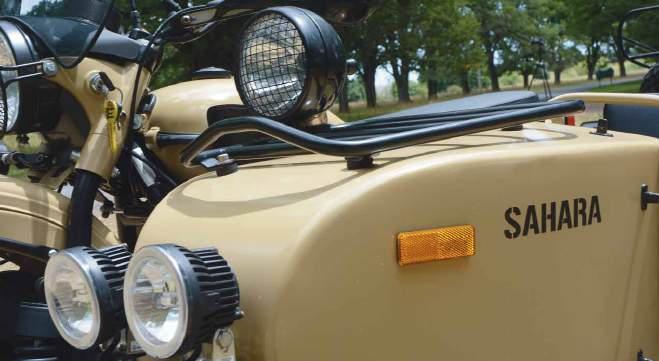
able angle of the bike made. We can’t do that because we don’t know. The bike is not usually set in a position perpendicular to the road, it was patiently explained to us, because roads are cambered and the effect of the sidecar on the whole rig’s behaviour is so marked. We’d find it difficult to give our views on the sidecar’s effect on the rig’s behaviour without a whole lot of swearing and possibly soiling our undergarments, so we won’t even try. It’s a universe away from a twowheeled motorcycle.
In the world of things we do understand, we really enjoyed the motor on the Ural. It’s simple and it does the job. The spec sheet says output is a modest 41 horsepower at 5500rpm, and we found that more than enough. The whole outfit ticks along highways at a relaxed 90kph or so, and that leaves everything including the rider feeling very understressed. Alongside the horsepower is a strong 56.9Nm of torque, and allowed to work more with torque than horsepower, we thought the motor was good’n.
The gearbox, on the other hand, is a tad clunky. Changes are no problem, but they’re best made patiently at low revs. Even then there was a fair amount of clunking and clattering. It didn’t detract from our enjoyment in riding the Ural and was more a quirky facet of operation than anything. We don’t mind a bit of quirkiness if we’re enjoying ourselves, and that’s the most important single facet of the Ural experience we want to share: it was fun. Big, walloping scoops of low-speed fun.
On a hot, sunny day on a road in reasonable shape, it’s hard to imagine a better, more enjoyable sightseeing platform than the Ural. The rider can settle into the spirit of the ride, heave a deep sigh, and purr along thinking about the next stop. The stop will probably feature goodies from an esky in the boot with some cold drinks a good-sized selection of snacks. There might be a couple of sets of clean clothes and a magazine or two, a good sized camera bag, a picnic blanket for sure…there are so many options because of the sheer volume of the luggage space. If there’s no passenger, there could even be a barbeque and a shade umbrella on board. It’s a very wonderful way to go sightseeing, especially if you enjoy the company of your significant other. We

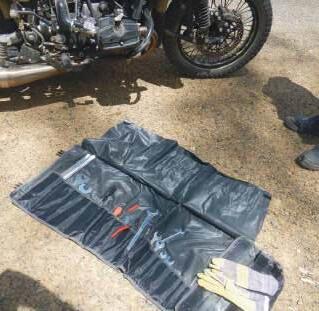
unexpectedly found ourselves in the sidecar as a passenger and rate it as one of the most surprisingly enjoyable things we’ve tried. The uninterrupted view around the bike is amazing, and we’d never been able to watch the mechanical workings of a motorcycle in that way before.
In our opinion, speeds more than about 100kph get uncomfortable on the Sahara. The screen does a good job, the engine copes without difficulty, and the brakes are certainly strong and progressive enough to pull up the machine if need be, but the rig itself seems it needs real concentration to keep it behaving. It feels the road quite noticeably and although that never caused any problem, it made us nervous at speed. It’s no doubt something owners would get used to.
We enjoyed the low-stress feel of everything at around 90kph and did pretty much all our highway touring at that speed. For those who know the stretch of road, we covered the Oxley Highway, so there was plenty of tight turns and gentle hills, and plenty of long, lazy straights as well.
Rough trot.
Heading off-road is where everything gets larger-than-life and hairier than Cousin It from The Addams Family
The Ural handles its weight well.
Above: A comprehensive toolkit, including work gloves, is included. We wish other bike companies would do the same.
Above right: The 83-litre boot has a track pump clipped to the inside and a toolkit, but still has room for heaps of luggage.
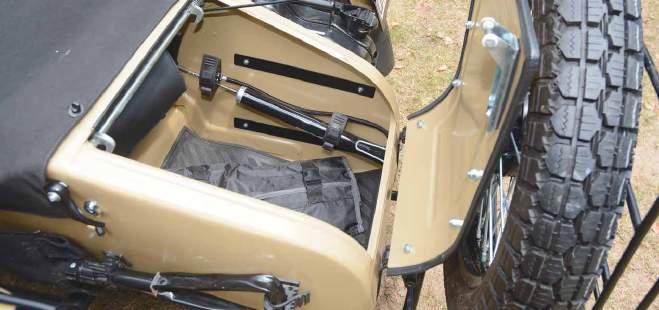
The bike is fairly stable and the suspension surprised us with how it stayed steady on choppy terrain. The torquey nature of the motor meant we were forgiven for nearly all our poorly judged gear selections, and, allowing for the width of the rig and weirdo feel of the sidecar, it coped with ruts well. In an unplanned event we tackled a couple of hills that would’ve been out of the question for a lot of two-wheeled bigbore riders, and the Ural managed to slither and creep its way down in a very pleasing fashion. Getting back up again was an ugly challenge, but it was done, and the Sahara deserves big credit for that.
Speaking of ugly, in a huge demonstration of our devotion to our work, we did put the crash bars to the test. In fact we slammed the Ural into a dirt wall hard enough to snap off the right-side crash bar and punch a reasonable hole in the rocker cover. Thanks to the simplicity of the engine, the repair – and you probably won’t believe this, but it’s true – was a matter of putting the broken chunk of alloy in place and wrapping the rocker cover and cylinder head in duct tape. We would never have done that, but Ural’s man on the spot looked at the damage, shrugged his shoulders as
R The only factory-built sidecar worldwide
though it was no big deal, did the repair and said, “Let’s go.”
We also took the Sahara out at night to check out the lighting. The headlight was good, with a strong, white beam. The two spotties on the front of the sidecar didn’t add anything to the distance lit up in front of the bike, but rather threw a very wide arc of bright, white light out to about the same distance. It was a worthwhile addition, we thought, and no doubt riders will adjust angles to suit what they’re after.
There were a couple of things we found took some getting used to.
The first was the rear brake pedal. It’s a generous size with, before the bike’s walloped into a dirt bank and scraped along for a distance, a good-sized rubber pad. We found we couldn’t put our right foot straight on the ’peg without depressing the pedal just a tad. We became so at ease and lazy on the Ural we ended up slouching a little with our right foot out at an angle, so we didn’t bother to use the available adjustment (with the rubber pad embedded in the dirt somewhere near Nowendoc, the pedal was actually just about the perfect height).
We also found selecting reverse a little fiddley. There’s a heel’n’toe type lever
R Around 1200 units each year are assembled in Russia
R Started 75 years ago as a wartime copy of German military outfits in 1941
R Most Ural components are imported to Russia from Germany, Japan and the USA
R Designed as sidecar outfits so they steer and handle as a sidecar should
R Two-year, unlimited-kilometre warranty
R A military origin means Urals are well-suited to back-roads adventure
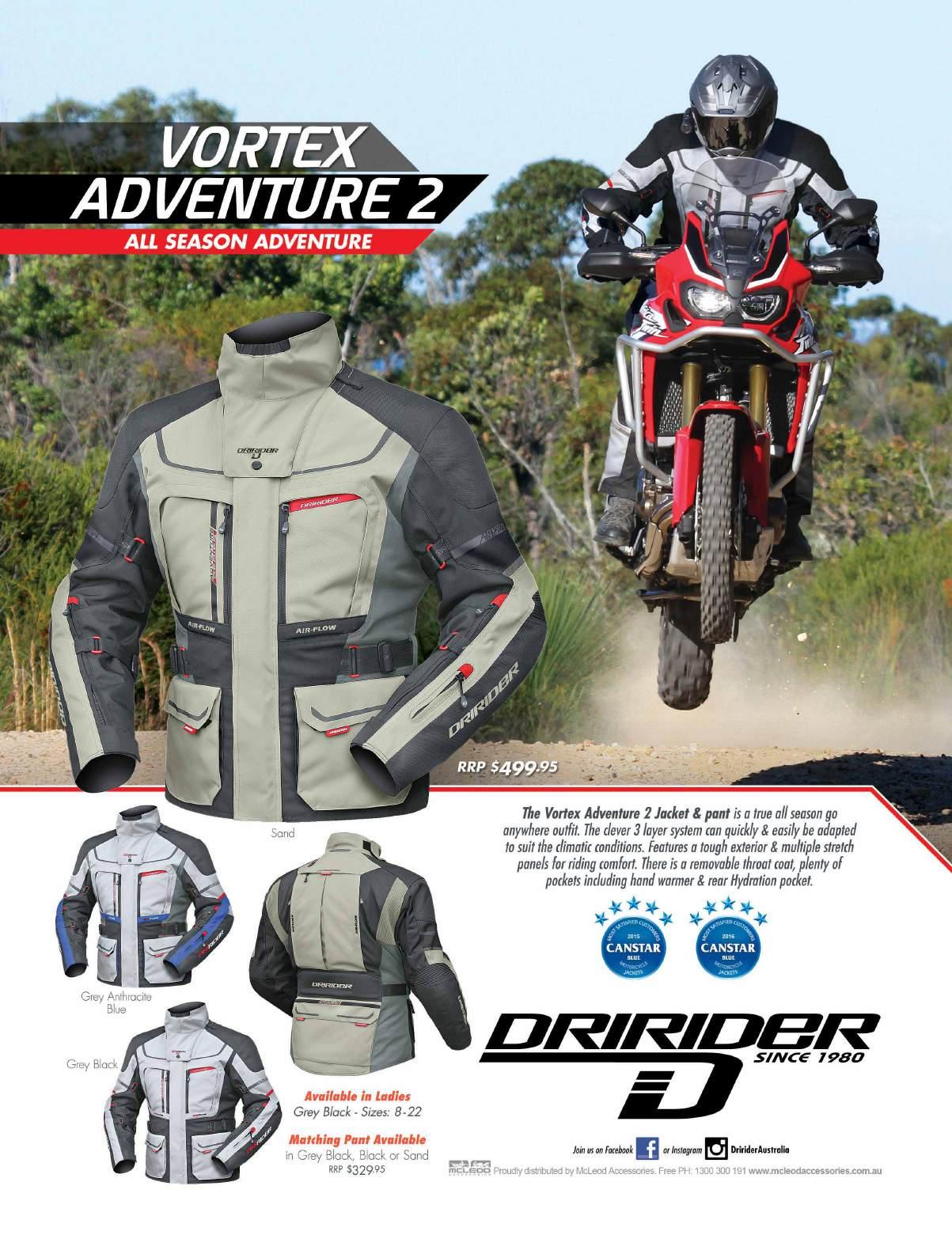

Above: A clear, simple gauge and warning lights did the bizzo without any confusion or menus.
Below: The leading-link front end is an eye-catcher and seemed to us to do its job well.
above the rider’s right foot underneath the throttle body, and it took a minor yoga position to change from reverse back to the forward gears. The bike’s always stationary at the time, so it’s not a big deal, but it seemed a little more difficult than it needed to be. The bike we did our training on was an older model and its single-sided lever seemed to us to be easier to use.
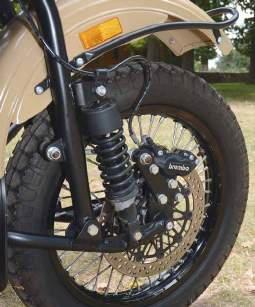
Other than that, the Sahara was pretty much a pearler.
At the end of three days with the Ural we completely understand owners’ enthusiasm for the platform. It can be a wild, wild ride, filled with excitement and adventure on the one hand, or a luxurious touring and sightseeing mount on the other. The options on the Sahara seemed to us to be well thought out and entirely sensible for anyone contemplating leaving the bitumen, and we were staggered by just how much gear we could carry and still not need to wear our Camelbak. It was in the boot with the camera gear, tools, a few accessories and a couple of chicken-and-avocado sandwiches. The sidecar carried an Andy Strapz bag, some gloves, a couple of bottles of cold drink and at different times various bike parts, all without making any noticeable difference to the feel of the bike.
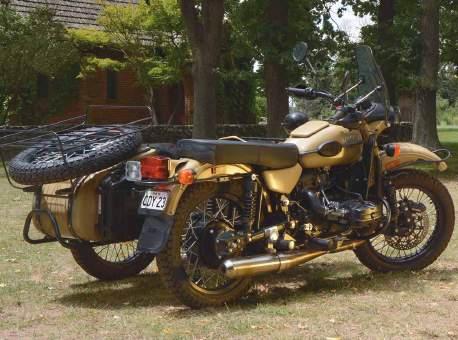
It’s a stylish and low-stress way to travel, and we had a ball. If you’re contemplating trying the Ural, we can’t recommend strongly enough that you do. It’s a whole new world of riding.
Web: imz-ural.com.au.
Recommended retail from: $23,000.00 plus ORC
Engine: OHV, air-cooled, four-stroke, horizontally-opposed twin
Capacity: 749cc
Bore x Stroke: 78mm x 78mm
Transmission: Four-speed plus reverse. Shaft drive
Clutch: Dry double disc
Alternator: Denso 55 amp, 770 watt
Fuel system: Throttle body EFI
Start: Electric and kick
Recommended max speed: 115kph
Max output: 41hp at 5500rpm
Max Torque: 56.9Nm at 4300rpm
Front brake: Brembo calliper with 295mm floating disc
Rear brake: HB calliper with 256mm fixed rotor
Sidecar brake: Brembo calliper with 245mm floating calliper
Fuel consumption: 13-15km per litre
Seat Height: 785mm
Wheelbase: 1470mm
Ground clearance: 140mm
Fuel capacity: 19 litres
Weight: 332kg
This is a bike review and not ideally the place for us to offer unsolicited editorial opinion, but in this case we feel it’s important enough to stick our necks out.
If you haven’t any experience on a sidecar, we strongly advise you get some training before you attempt to ride one. Without Jon Taylor’s gentle and expert tuition we believe this test would’ve been ridiculously risky and there would’ve been a high probability of injury. Even after the tuition we still managed to do some real damage to the bike, and it was in a situation Jon had warned us about very specifically.
Next issue we’ll tell you about the ride instead of the bike, and we’ll try and let you see just how different a sidecar is to a motorcycle. It’s almost frightening, or it would be if it wasn’t so bloody enjoyable.
Jon Taylor is at uralofoz.com.au near Uralla, NSW. For your own safety, and for the safety of everyone around you, contact him and spend a little time riding around the witch’s hats in his paddock and listening to what he has to say.
You’ll definitely never regret it, and it could well save you some serious hospital time.


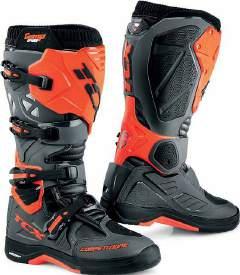

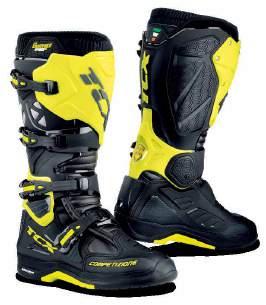
UPPER_high wear resistant microfibre and polyurethane frame
LINING_breathable fabric with double density foam around the ankle area
REINFORCEMENTS_Double Flex Control System; polyurethane adjustable shin plate; polyurethane toe guard, internal HIGH GRIP ZONE heat guard, rear polyurethane heel reinforcement
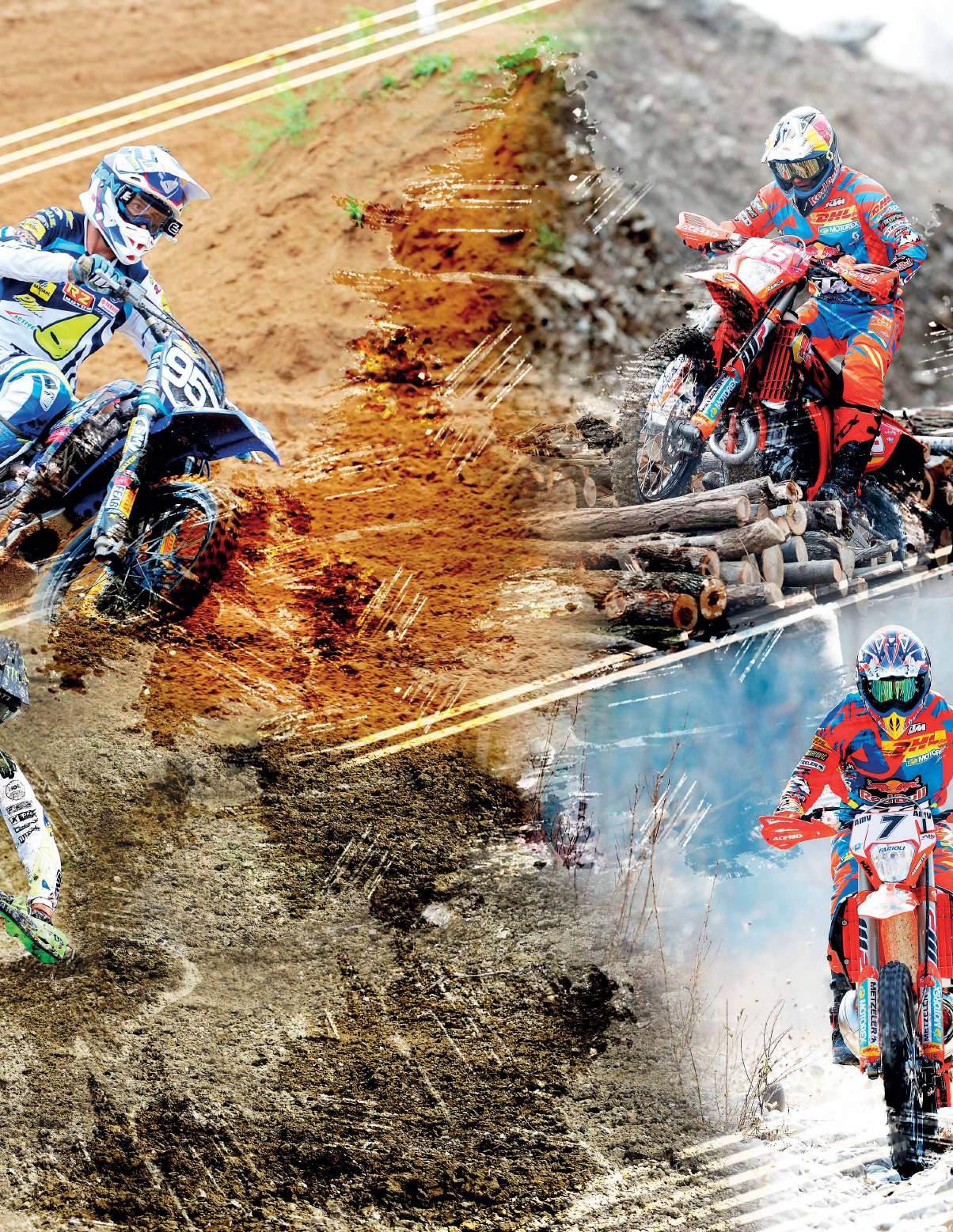
BUCKLES_4 adjustable aluminium buckles, ergonomic design
SOLE_designed high wear resistant MICHELIN® HYBRID MX sole
COLOURS_- BLACK | WHITE | BLACK/YELLOW FLURO | BLACK / FLURO ORANGE
The Double Flex Control System features a polyurethane joint in the ankle area to improve front and rear flexibility of the leg. The system is attached to the boot with two lateral hidden screws at ankle level. This special construction allows a front flexibility of up to 18 degrees and, thanks to two lugs that slide inside dedicated pockets, it also allows rear flexibility of up to 15 degrees, thus avoiding rearward overextension of the ankle joint and protecting the rider’s feet from injuries.

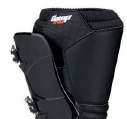
The shin plate is made of polyurethane and features an adjustable system to fit different calf sizes perfectly and to accommodate knee guards/ braces. The shin plate adjustment is based on screws that shift inside hidden holes, each offering two different positions to choose from according to the range of movement you wish to achieve.


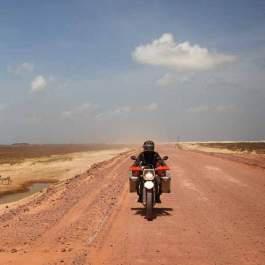
The Riding Reporters pART 4

Lia’s part of the adventure is over. In this issue Irene meets up with new riding partner Carli and heads south for the end of the world.
Brightly illuminated orange clouds appeared to be on fire heading for Tecka.

In Brazil there had been countless hotels, hostels and B&Bs, but in Uruguay only the sparse cities offered a place to sleep, and it wasn’t hard to choose a route because there were very few roads. The asphalt was reasonable and there was hardly any traffic, but that changed when we entered Montevideo itself.
Almost half the 3.5 million population of Uruguay lives in the main city where, as at home in the Netherlands, laws and population are tolerant of cannabis use and homosexuals.
After three months of traveling, Lia’s time was up and I waved her goodbye at Montevideo airport.
Five hours after Lia’s departure I greeted my new travel partner, Carli, and we stayed in Montevideo for a while before heading towards Punta del Este and Punta del Diablo to see a little more of the country.
Montevideo is Uruguay’s only big city. Punta del Este is a luxury beach resort for the jetset, and after photographing the KTMs at La Mano – the giant-hand sculpture of which only the massive fingers protrude above the sand – we left for Punta del Diablo, a far more rugged coastal town with a wonderfully laid-back atmosphere. We decided to try our luck with a so-called ‘panoramic route’ and didn’t encounter any traffic at all as we rode across hardened sand between wooded hills. It was much better than the highway, but definitely wasn’t a challenge.
We’d seen enough of Uruguay and crossed by ferry from Colonia del Sacramento to Buenos Aires, the capital of Argentina.
u

We arrived at the terminal to find the ferry departed in 15 minutes, so it was a major rush. Once at the counter we found Carli short of cash for a ticket and the ATM not working. An elderly lady we’d been talking to came to our rescue and gave us the $18 shortfall. For free. In addition, she warned us about Buenos Aires and recommended the best neighborhood for us to stay in. She herself had an art shop in Montevideo and was going to visit her son in Buenos Aires, and she told us how, in a couple of years when she retired, she planned to buy a camper and travel.
What a great example! I hope to grow old just like her.
Overwhelming traffic jams were the first thing we encountered in Argentina after leaving the ferry. The GPS was ideal for finding our way in a huge metropolis, but I also made grateful use of my maps daily.
On our way to a hostel in a safe district, we passed a big KTM store and we obviously paid a visit. The most expensive motorcycles were being flaunted in the streets and
Above: La Mano – the giant-hand sculpture of which only the massive fingers protrude above the sand – at Punta del Este.
Right: After a few days it was time to wear out the first layer of rubber on our new tires. Below: It was important to look at the road ahead occasionally.
Buenos Aires seemed like a motorcycle Valhalla!
There was no problem in replacing our worn tires after 10,000km, but it was expensive: $680 dollars per set per bike! There was nothing to be done about it. We still had another 8,000km to go of which a third would be off-road.
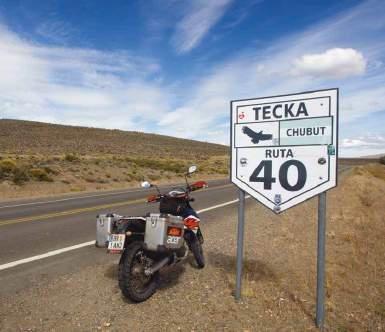

For the first time in my life I lost my voice after getting a taste of the vibrant nightlife of Buenos Aires. During the daytime we also enjoyed the opportunities a big city offered, visiting museums, including the Museum Of Modern Art, and strolling through the historic centre.
After a few days it was time to wear out the
first layer of rubber on our new tyres and discover more of world’s seventh-largest country.
It was the first time since our departure from Montevideo that we were still on the road at sunset and brightly illuminated orange clouds filled the mirrors as we left Buenos Aires. They appeared to be u
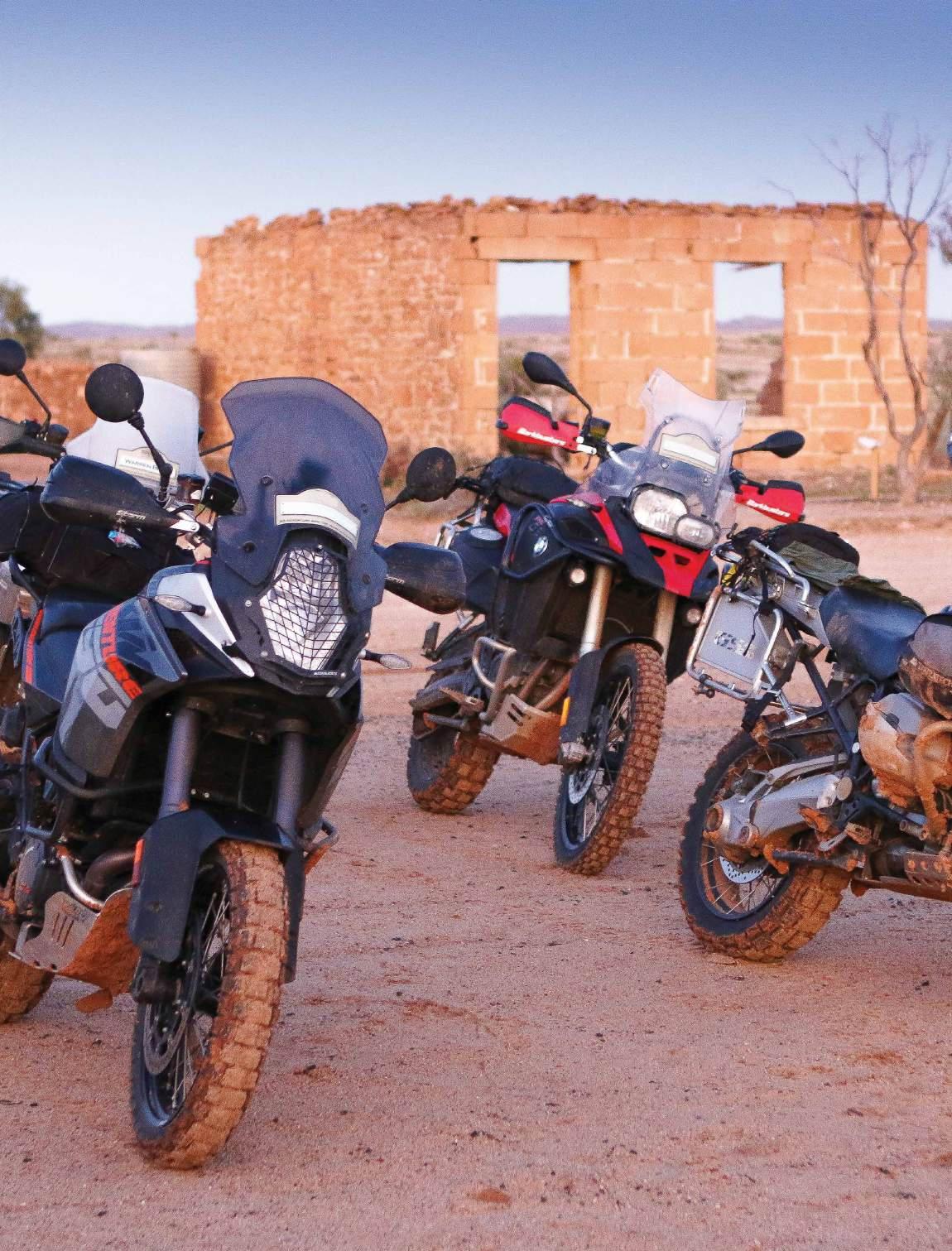
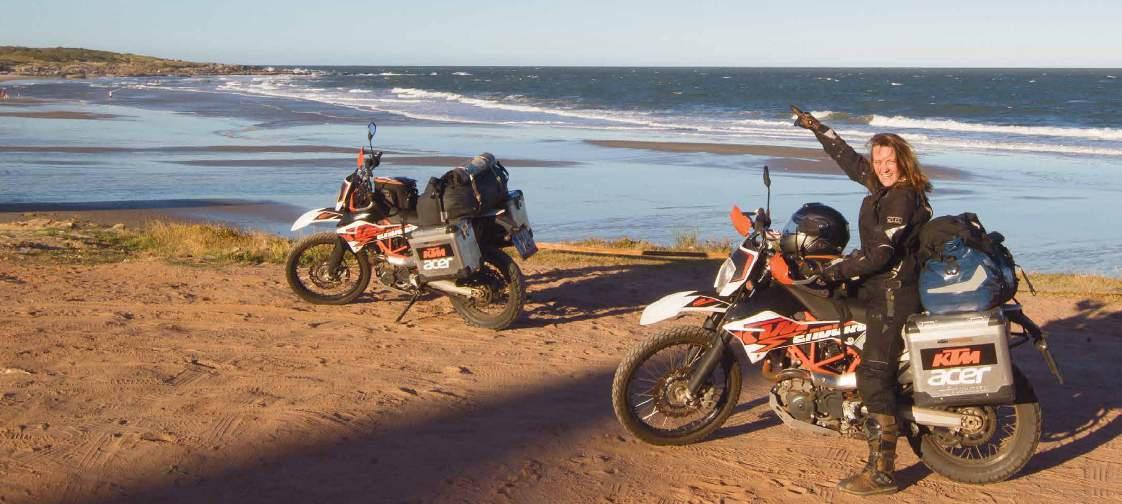
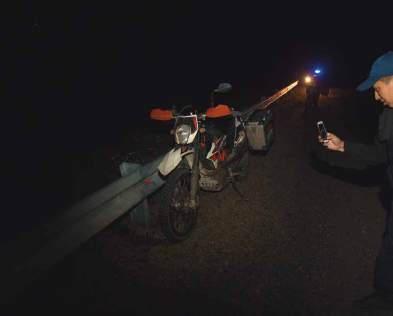

Above: Punta del Diablo, a rugged coastal town with a wonderfully laid-back atmosphere.
Left: Emergency services were on the scene within five minutes.
Below left: The very best thing about Argentina was its free health care. Below: It was all so mesmerisingly beautiful.
on fire and I couldn’t decide where to look. It was all so mesmerisingly beautiful, but I had to make sure I looked at the road ahead occasionally.
At Christmas we’d visited Peninsula Valdes where we snorkeled between the sea lions and decided to take a detour while heading to Ushuaia, the southernmost city in the world. We were hoping to bypass the treachorous heavy winds, infamously capable of blowing us off the road, motorcycles and all, and thoroughly enjoyed riding through the Grand Canyon-like scenery of Ruta 25. With the coast at our backs we crossed to the western part of Argentina to further descend on the famous Ruta 40, and from there picked up the last part of Ruta 3.
Regrettably, the apparently smouldering clouds and purple skies disappeared in an ink-black darkness. All we could do was concentrate hard on the middle line of the road. In the absence of lantern poles or cat’s eyes it was the only thing giving a hint of oncoming curves. Fortunately, our headlights worked well and we could still maintain a speed of around 100kph. For the first time it felt cold and I was glad we’d almost made it to Tecka. Then suddenly, with only a few kilometres to go, the beam of Carli’s headlight became very small in my mirror. How was that possible? Had she stopped? But why?
I turned around.
When I got close, I saw Carli’s bike lying in the middle of the road and her standing on the road shoulder with a woman next to her. She’d fallen because of a punctured front tyre and was fortunately unhurt.
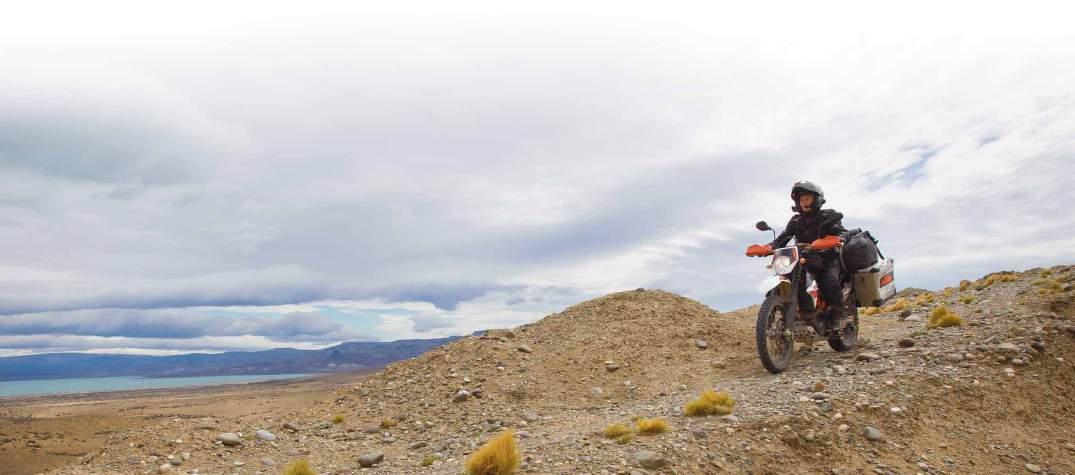
A man helped get the KTM up and to the side of the road as quickly as possible and the couple departed as soon as a tour bus stopped behind us. The driver called an ambulance and the police u


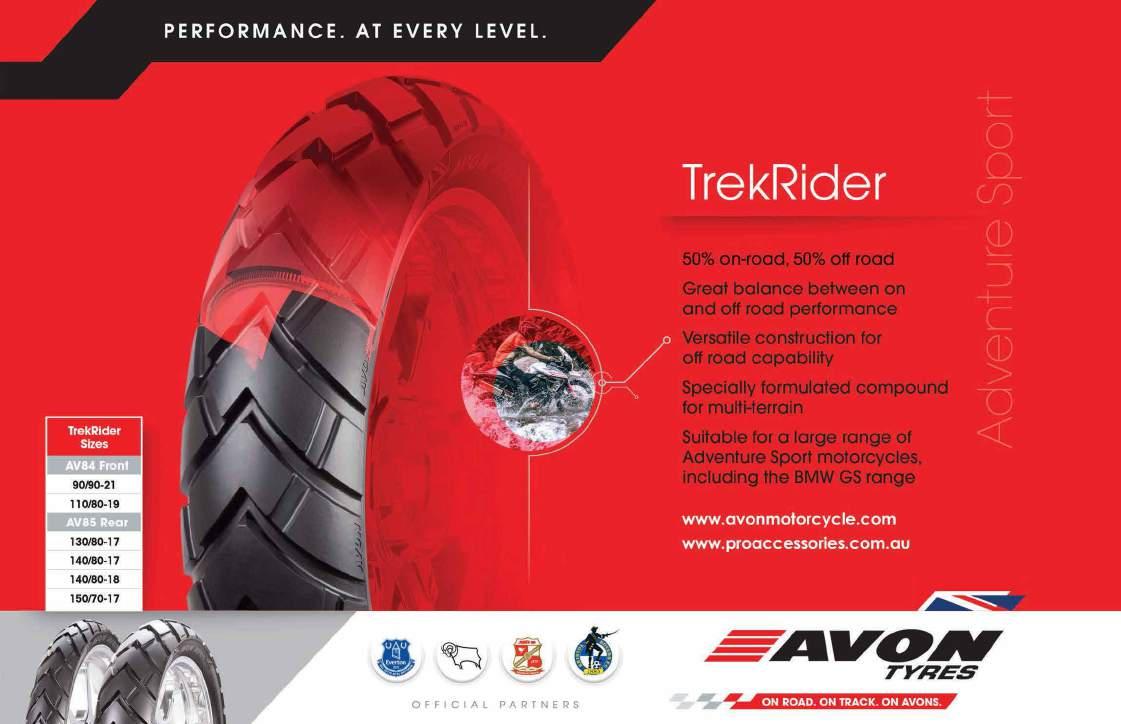
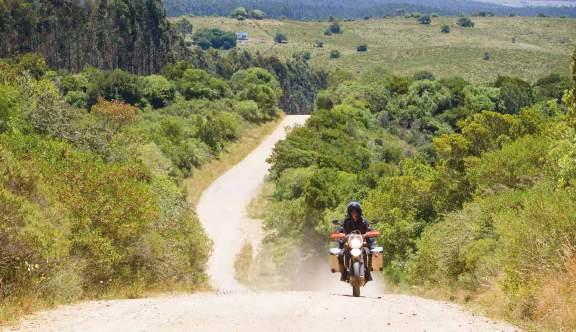
and offered we could wait in his bus, which was pleasantly warm.
We didn’t get long to warm up though, because the emergency services were there within five minutes. Carli was immediately put in a neck collar. It looked serious, but was mostly pursuing the ‘better to be safe than sorry’ philosophy. I was told the fire brigade would pick up her bike and drop it at the hospital, and I had to go there as well.
The hospital looked new and remarkably empty. When I got there, the doctor and Carli were looking at her X-rays. It seemed they were overjoyed to have a patient so they could finally use their equipment. Carli said she felt fine and hadn’t so much as a scratch on her, but still, they wanted her to stay in the hospital overnight for observation. There was also a bed for me in the room and we had our own bathroom.
In fact, the free accommodation was very welcome. Tecka is a small town, it was almost midnight and we’d run out of cash five days ago,
Above: We were hoping to bypass the treachorous heavy winds.
Below: That bike must be carrying some heavy luggage.
so we could only pay with cards, which was often not possible in this country.
The very best thing about Argentina was its free health care. We had encountered this in Puerto Piramides, where I’d visited the hospital twice. When I wanted to pay, it appeared everything was free, from consultation to prescription and medicines.
At nine o’clock the next morning we had breakfast in bed and a mechanic showed up to replace Carli’s inner tube. The same policewoman – Natalia – who’d helped us the previous night made another visit to note our details. She also gave us her own address with a hand-drawn map in case we needed anything else.
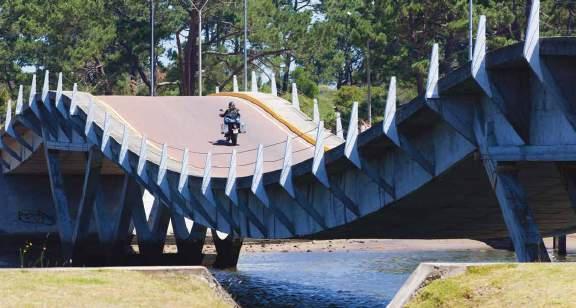
With a mainland area of 1,727,630 square kilometres, Argentina is the eighth-largest country in the world, the second-largest in Latin America, and the largest Spanish-speaking one. The country has its roots in Spanish colonisation of the region during the 16th century. Argentina thereafter enjoyed relative peace and stability, with massive waves of European immigration radically reshaping its cultural and demographic outlook. The almost unparalleled increase in prosperity led to Argentina becoming the seventh wealthiest developed nation in the world by the early 20th century, and although the most populated areas are generally temperate, Argentina has exceptional climate diversity, ranging from subtropical in the north to subpolar in the far south. Annual temperatures range from five degrees Celcius in the far south to 25 degrees Celcius in the north.
Most international flights land in Buenos Aires. You can also enter overland via a bordering country.
Overnight lodgings and food are readily available in the northern part of the country, including both privately owned and national chains. In Patagonia it’s more difficult to find a place to sleep because there are only a few small villages every once in a while.
Ruta 40 is the longest road in Argentina and one of the most beautiful in the world. More than 5000km long, it crosses 20 national parks, 18 major rivers, and 27 passes of the Andes. The southern part of the route, a largely unpaved road through sparsely populated territory, has become a well-known adventure tourism journey. Make sure you research beforehand were the fuel stations are, and carry cash. Cards aren’t readily accepted in many places.
Ruta 3 is another famous route in Argentina. It traces the eastern border of the region, beginning in Buenos Aires, winding its way down through the Pampas and terminating just west of Ushuaia, the southernmost city in the world. It offers a raw view of Patagonia, capturing the essence of its people, its towns, and its open spaces. Seemingly endless stretches of barbed wire scar the rugged landscape, punctuating man’s presence in an otherwise wild land.
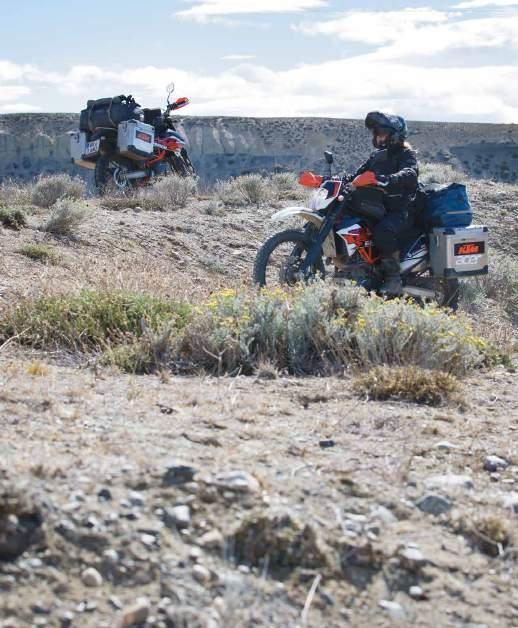
In this slightly larger village there was a petrol station which accepted card payment and I went in search of a working ATM to finally get some cash money again. But to my great dismay, the only ATM belonged to the same bank which had refused us several times already. I asked a passerby if there was another machine, but unfortunately there was only one.
I was beginning to get rather desperate. We didn’t have any pesos left and I’d already had to borrow money from a helpful police officer just to refuel and make it to Tecka in the first place. He told us after Tecka we could only pay cash at the gas stations for quite a while. This meant we were literally stuck. We couldn’t even pay the mechanic. In fact, we couldn’t go forwards, backwards or even stay put without some pesos, and we had no way to get any.
Generosity plus
Our only option was to ride 100km in the wrong direction to a larger city where there were several banks. I headed out with all our cards at the ready, planning to withdraw as much money as possible to cover us for the rest of the route.
As Carli rested in the hospital I enjoyed the beautiful part of Ruta 40 and arrived in Esquel rather quickly. I immediately asked for an ATM and got scared when I saw the same bank again. Fortunately there were more banks, and the third and last cash machine dispensed some money. We’d relied so heavily on ATMs, it was incredible how nice it was to have cash again.
Back in Tecka the KTM was ready for departure, just like Carli. I arrived back at 5.00pm, but the sun wouldn’t set before 10.30pm, so we had the chance to make some distance, but I thought it was better to grab an early dinner, sleep, and to leave the next morning. We located the mechanic to pay him for his services, and he u
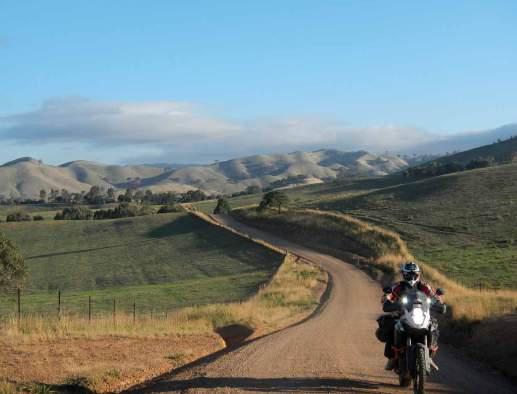


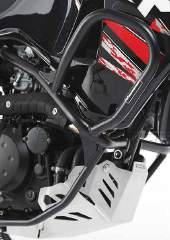


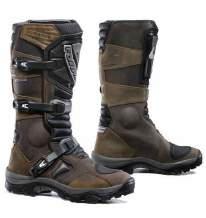
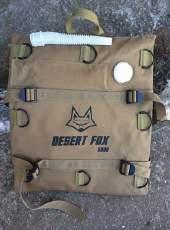
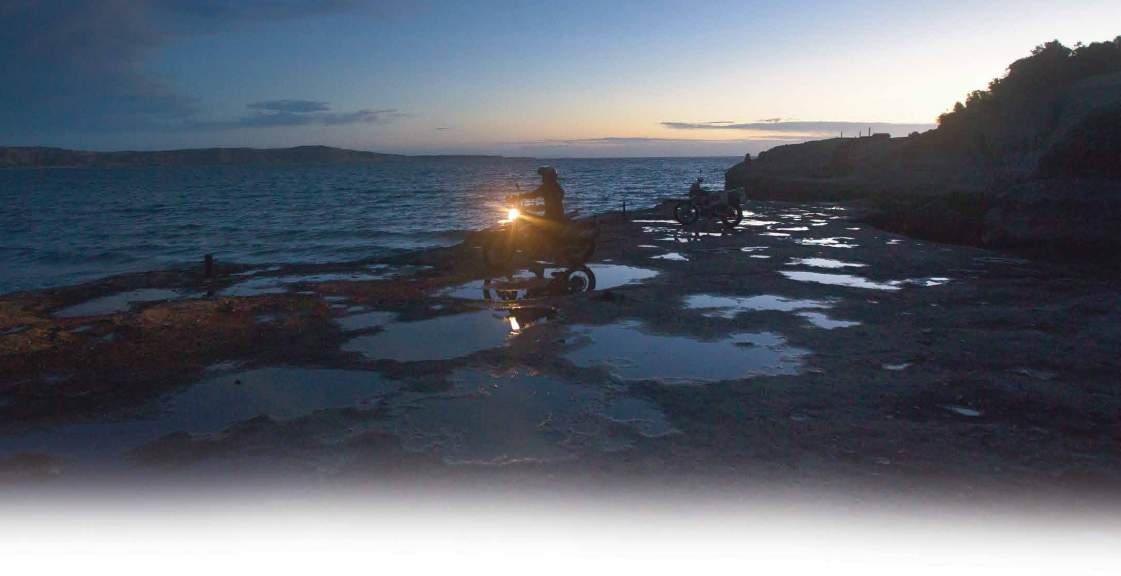
turned out to be policewoman Natalia’s husband. He also wanted to repair Carli’s broken right-hand mirror, a task which took a while and involved welding the mirror in his garden.
When I started looking for places to stay overnight there was nowhere until Perito Moreno, another 600km down the road. In the meanwhile, Natalia had come home and immediately proposed we stay with them for the night. What lovely people. We also got dinner, our laundry done and didn’t have to pay anything for the repair beside the cost of the new inner tube.
The next morning we started on time and planned more than 500km each day to hopefully celebrate New Year’s Eve with a German couple in Ushuaia. They were traveling on bicycles through South America.
On the vast, deserted plains of Patagonia where we occasionally had to dodge guanacos (a large species of llama), ostriches and armadillos, we encountered more traveling cyclists than motorcyclists. The last morning, however, rain was pouring down and we weren’t sure whether to defy it or stay in the hotel and edit a lot of photos and videos.
Imagining how beautiful would it be to celebrate New Year’s at ‘the end of the world’ with good company and armed with thermal clothing, fleece vests, all the possible layers of our motorcycle suits and on top of that rain suits, we left for the last 500km, including two border crossings and a ferry crossing.
It turned out to be not so bad after all. Furthermore we were lucky because after an hour the rain stopped. We crossed the border from Argentina to Chile, only to cross it once more 150km further on. That’s the only way to get to Ushuaia.
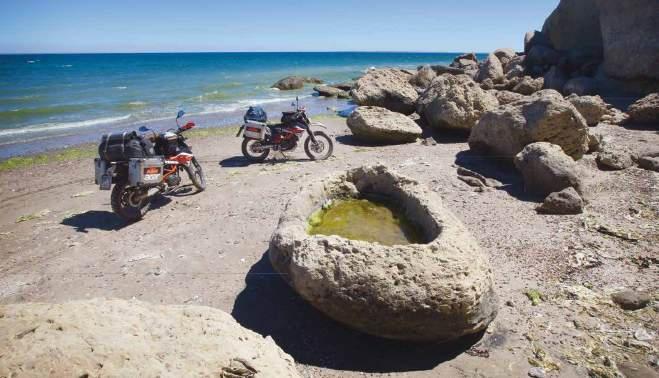
Above: It was a tiresome ride.
Below: Time ticked by ruthlessly.
Unfortunately, the second border crossing took a very long time and we had to stand in line at four counters in a row. A Belgian couple traveling with a Namibian camper told us they’d met several motorcyclists who were actually blown off the road and couldn’t continue their journey. There was nothing left to do but hope for some luck and moderate winds for the last part.
Because the petrol stations were so sparse in Argentina, we needed to make use of every opportunity to refuel and we used our jerry cans daily.
At 9.00pm, back in Argentina, we had our evening meal of chips and Coke on a staircase in one of the few kiosks still open. According to the GPS we’d arrive in Ushuaia at a quarter to midnight, and we thought we could ride the last 200km in two hours, even though every Argentinian said it would take us three. Once night fell at around 11.00pm we were only able to hold 80kph, and that slowed us up.
It was a tiresome ride, with vision limited due to the many corners along the rocky walls. In the meanwhile, time was ticking by ruthlessly until, near midnight, we saw a sea of light in the darkness: Ushuaia. The southernmost city in the world. Also called The End Of The World. We climbed off our KTMs as sirens began to scream a welcome to a new year.


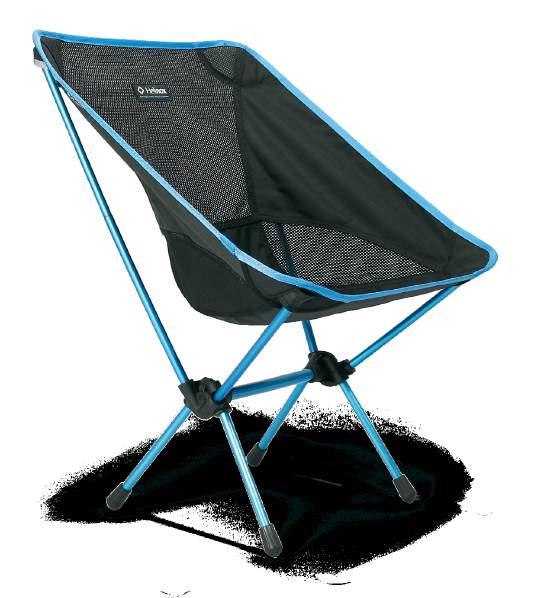
Since its launch in 2012, Chair One has redefined campsite comfort for the Adventure Rider. Engineered using the world’s lightest and strongest alloy tubing – TH72M, premium fabrics, robust stitching and super-strong nylon hubs. This is a chair built to last. Time to rest your back!
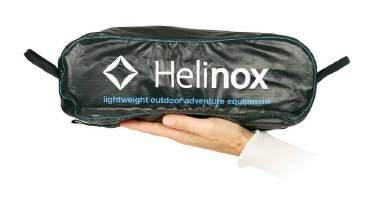


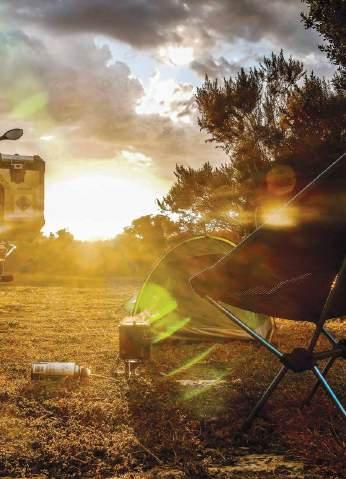
Words and images: TF
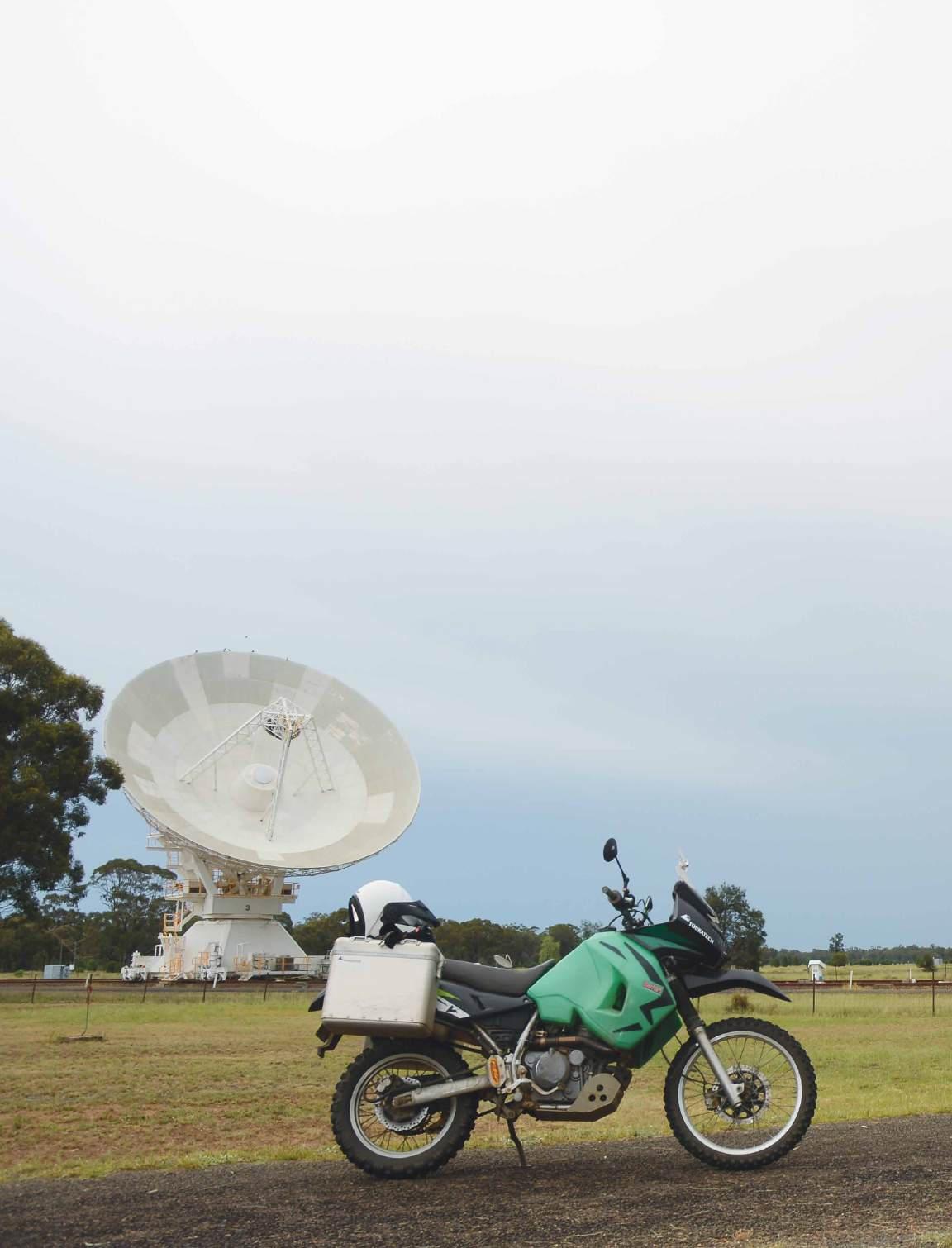
Ikept my trembling hands cupped around the disassembled switch block and muttered a silent prayer. There was a tiny little spring that wasn’t seated quite right, and the gentle coaxing with a small knife blade was going to have it either return it to its correct position or flick into hyperspace at approximately the speed of sound and disappear into the dust, rock and vegetation that surrounded us. Without that spring in its correct position, I had a problem.
I was glad I wasn’t the one guiding the knife blade, but even so, my job of catching the spring if it ejected seemed
Main: The radio telescope at Narrabri was a good excuse for a great day trip. Below: Leaving from the coast just on dawn. The new Schuberth E1 helmet got its first run.

unlikely to succeed. In fact, I was fairly sure that if it’d been me guiding that spring’s future, it would’ve already been some distance away and impossibly camouflaged in a cow pat, wombat hole or dust wallow. No. The tricky part of the operation went to Pottsy, AKA Secret Squirrel, a very capable bloke who can just fix things. My part of the operation, arguably of less importance, still felt beyond me as the tension built. It might’ve been better if my eyes weren’t so tightly closed, but I couldn’t be sure of that.
This particular ride had started out as a bit of a jolly.
We had a day off, the weather was fantastic, and in conversation it turned out Pottsy had never seen the radio telescope at Narrabri. Before we knew it we were heading west, glorying in the cooler temperatures of the mountains and looking forward to a picnic Pottsy was carrying on his well-prepped DR650. I, of course, hadn’t prepped much of anything, let alone food.
We travelled along at a sensible pace – after I cleaned up a wallaby in the early morning. Before that pace might’ve been a little irresponsible, but I promise you,
after the KLR somehow stayed upright and our little marsupial chum was dispatched, the pace from then on was very, very sensible – enjoying the scenery and generally revelling in the joy of being on the bikes with little or no responsibility for the day.
It was as we came into a landmark we knew as Marty’s Mistake things became interesting. We pulled up as we usually did at this spot to yarn a little and relive a few memories. Pottsy’s memory of the place centred around the Fist Of Fury episode in issue #04. I had quite a few other memories attached to the spot. They started with an injured mate and moved on to my own crashes in the same place.
It was the middle of a stinking hot summer, and after a pleasant chat and slurp from the Camelbak we dragged on the helmets, climbed back on the bikes and hit the starters. The DR roared into life and Pottsy waited expectantly as I thumbed the button on the KLR. Nothing happened.
I flicked the key off and on, checked the kill switch, saw the headlight and horn were working and tried again.
Nothing. Again.
Suddenly the day went from being a quiet, fun ride to a genuine adventure.
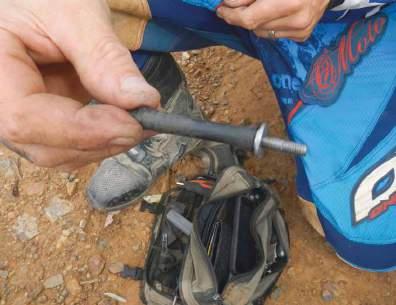
Above: Getting a bolt into a tricky spot? No problem. Jam the head in a length of fuel hose and Bob’s your uncle. You carry short lengths of fuel hose, right?
Below: There’s a tiny little spring in there somewhere that’s not doing what it’s supposed to.

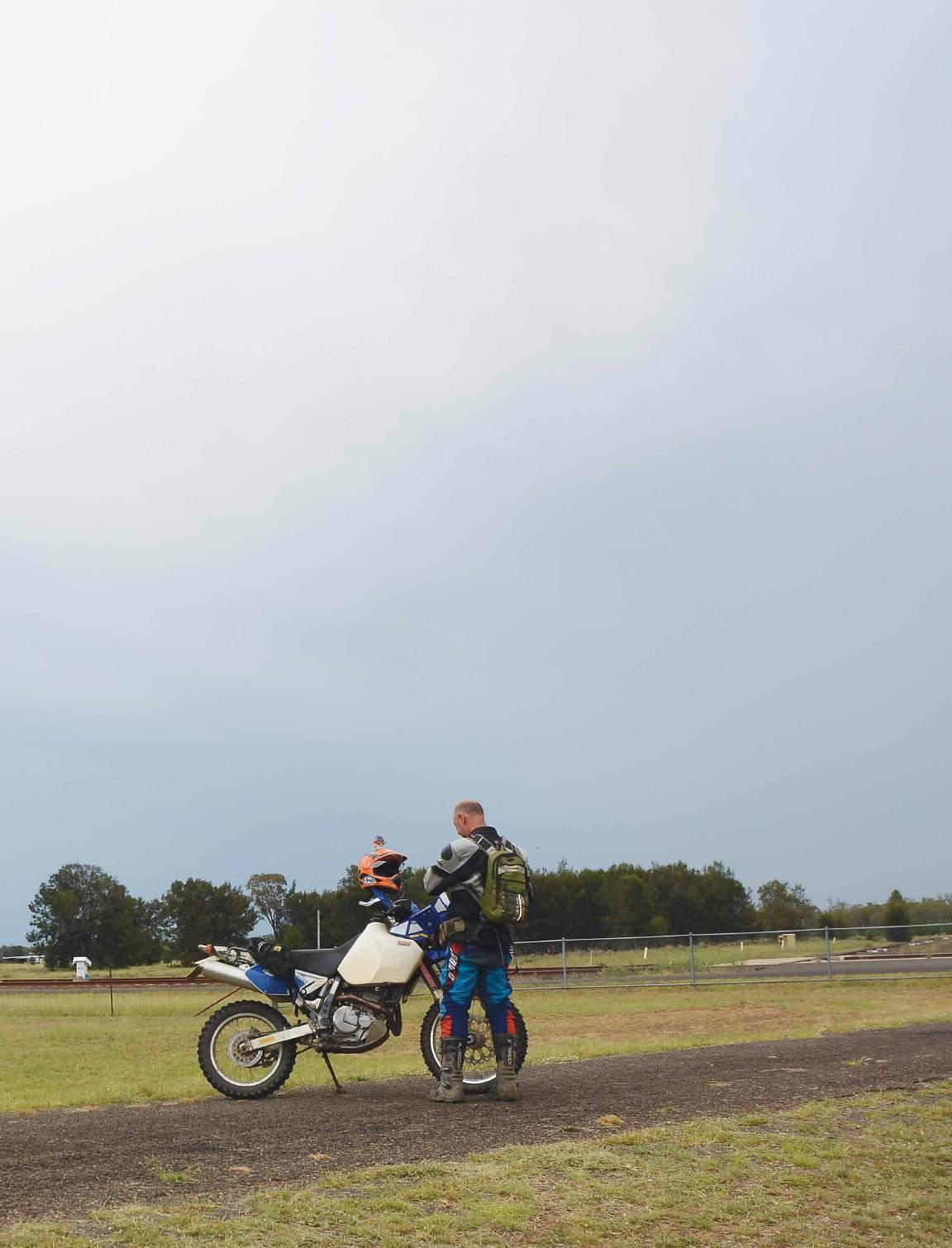
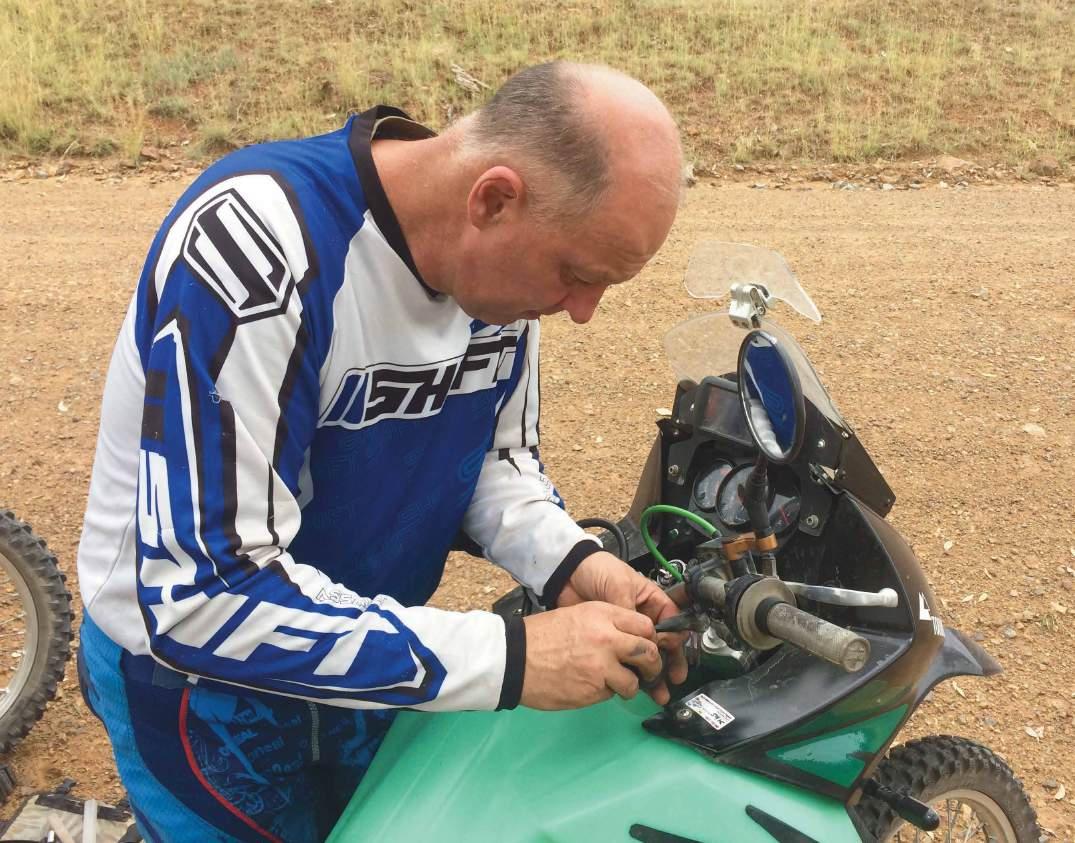
It was pretty clear to me what needed to be done.
We were only about 40km from the nearest town and were parked on a gentle slope. I had ignition, lights and horn, so I was confident the problem was with the starter. If I rolled down the hill I was reasonably sure the bike would start, even on the dirt surface.
While I eyed off the downhill Pottsy began removing the sidecovers and seat. Then he produced an impressive toolkit and started removing fuses and checking them one by one. When all the fuses checked out, he began tracking wires along the frame looking for bare copper. That didn’t reveal any problem either, and more to feel like I was making a contribution than for any other reason,
I hit the starter. The KLR fired into life and settled town to its usual blurting idle.
We looked at each other in disbelief, let out a whoop, then frantically began bolting everything back in place.
The sidecovers were a special challenge
because of the pannier racks, but Pottsy calmly slipped the bolt heads into a length of fuel hose from his toolkit. The flexible driver shimmied around the pannier racks and had the bolts in place in no time. A socket and extension bar


nipped them up and we were good to go…except the starter wouldn’t work again.
As I once again began assessing my chances of a roll start, I heard Pottsy reasoning a safety cut-out switch was a likely culprit. Without any trace of gloating whatsoever he pointed down and said, “Look at that.”
The cover of the sidestand cut-out switch was smashed. It’d obviously been clouted by a rock or branch.
A snip-and-twist and the switch was bypassed.
And I still hadn’t opened my tool bag.
I began dragging on my jacket and thinking of the overdue coffee we’d be sure to find in the next town as Pottsy carefully checked everything and made sure the starter still wasn’t working.
Pottsy was looking thoughtful as I let my jacket and Camlebak slip back to the ground. He fiddled with the clutch cut-out switch some, then began to remove the starter-button switchblock from the ’bar.
“I wonder…” I heard him mutter as he carefully edged a screwdriver blade into the exposed wiring.
Instantly the starter motor turned, the engine fired, and the bike was running.
I whooped again and began jumping up and down. Pottsy didn’t seem to be much for celebration, though. He began squinting at the switchblock innards and murmuring something which I couldn’t hear because of the obnoxiously loud FMF pipe on the KLR.
My spirits plunged as the engine stopped. Then they soared again as it fired up. Then sunk again as it stopped.
The stop-start was Pottsy verifying he’d found the problem. The solution was where the story started. A tiny spring had slipped off its locaters and was preventing the two contacts of the switch meeting. Without even a triumphant expression or moment of doubt Pottsy relocated the spring, reassembled the bike and we were on out way.
Left: Everything an adventure rider needs: phone signal and a bowl of chips and gravy.
Right: A considerably less frightening ornament than the one we saw mounted on the DR in issue #04.
The way it is
What’s the moral of the story?
There really isn’t one.
We continued on to enjoy a superb day. There was a little very light rain to take the edge off the heat of the western plains, the radio telescope was a great place to enjoy the picnic Pottsy supplied and we travelled home without incident, soaking up the views of the ridges and valleys as we crossed the mountains.

Not every adventure ride has to involve a near-death experience, serious injury or destroyed bike. That stupid misplaced spring is what we’ll talk about when we pull up at that place and remember this ride in future. Not the wallaby I’d hit and survived in the morning, or the punishing, mid-summer heat.
That, more than anything, says what a great day’s riding it was.

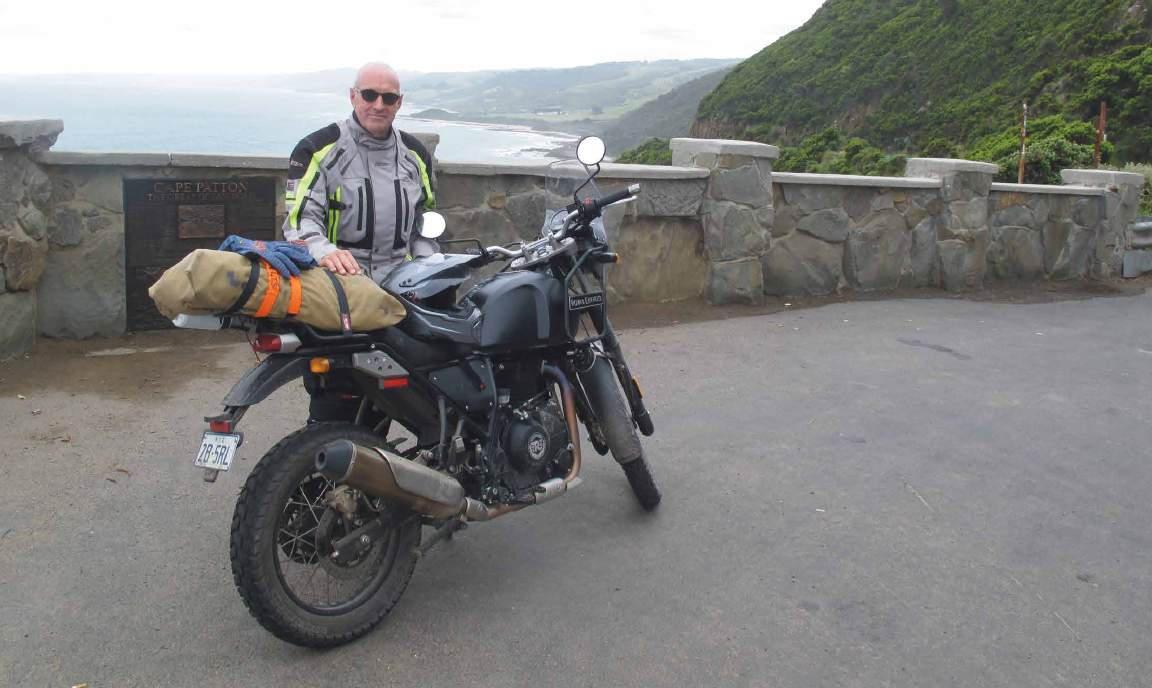
The peaceful countryside that envelopes the Cape Otway Road toward and through settlements like Bambra nestled along the Otway’s fringes is a great ride. My route headed via a sleepy Deans Marsh, through Pennyroyal and onwards to Forrest via Seven Bridges, with a short, sharp blast through Yaugher.
Once a proud timber-cutter’s village, today Forrest is more famous for its boutique Brewery, relaxed café nourishments, unrushed pace and overnight cottages. Forrest is also an opportunity to refuel before climbing into the thicker, cooler rainforest that becomes the heart of the Otway Ranges.
Hit the beech
Notable for its stands of majestic trees, and the ferns and mosses which thrive in the sheltered damp gullies, the Otway region presents limitless adventure scenarios to satisfy the most hardened small-, medium- or big-bike adventure riders, as well as new-to-adventure-riding Royal Enfield Himalayan
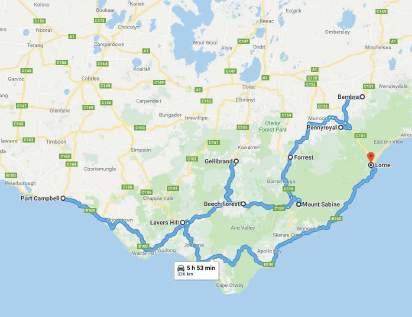
Victoria’s Otway region may be a long way from the world’s most exotic locations, but Graeme Sedgwick reckons it’s a great adventure anytime.
riders such as myself. Compared to more powerful, high-tech bikes capable of tearing up the great road that grips Victoria’s stunning coast, or the countless forestry trails and tracks boasted by Victoria’s Otway Ranges, a Royal Enfield celebrates uncomplicated, easy-to-handle riding fun.
Away from Forrest my passage’s rhythm immediately lifted to a higher intensity as the now occasionally straight tarmac unfolded in dips and rises between flowing curves and camber changes. They all needed my absolute attention, even at the expense of taking in the beautiful scenery. Any wonder it’s one of southern Australia’s must-ride travel destinations.
The Forrest-Apollo Bay Road at Mount Sabine provided a superb warm up before turning into the famous narrows of Turtons Pass. It’s a mountain road
Above: The author, an adventure-riding newbie, went for a blast along the Great Ocean Road and through the Otways.
Map: A mud map of a superb day’s riding.
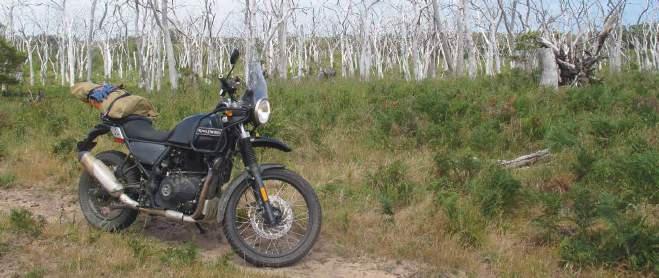
of never-ending switchbacks, which, until recently, was just a hard-packed unsealed surface. Now tarred, the twisting passage along the Otway’s high ground toward Beech Forest is a thrilling ride in anyone’s terms, leading to a welldeserved break at Beech Forest, if only to empty one’s bladder, recalibrate or to settle the adrenalin.

Beech Forest can be easily underestimated and overlooked, and Beechy Pub is a must-visit landmark positioned above the magnificence of the Aire Valley Plantation to the south and a similar sized plantation to the north which scatters left and right along Lardner’s Track, right up there when it comes to narrow, ball-bearing, gravel-riding challenges. Refreshed, and without a moment’s hesitation, I turned the Himalayan north up Lardner’s. Sure, a lighter, faster Japstyle enduro/adventurer may have accelerated, handled and braked better for the conditions, but frankly I didn’t care.
Above: The Otway region presents limitless adventure scenarios.
Left: The tarred, twisting passage is a thrilling ride in anyone’s terms.
For me the bike was the fun ticket I needed to suck me into this new escapism, and my 24km run up the claybased, gravel-topped surface couldn’t have been more of a hoot! Thankfully it was free of kangaroos to Gellibrand.
In Gellibrand, charged with a sense of achievement and freedom, I reloaded to head south down a less-predictable 25km run along Jackson Track. Spattered and battered both sides with forestry mud, and with a posy of greenery caught in the Himalayan’s undercarriage, I rolled back into Beech Forest, grabbed some refreshments from the Beechy, then disappeared – courtesy of Nevermind Adventure’s Matt Natonewski’s advice – south into the spectacular Aire Valley Plantation to set up camp and collapse.


Rock on
Dawn in the depths of the Aire Plantation could almost be likened to a religious awakening. Surrounded by Mother Nature’s serenity, mixed with her finest forestry smells and the sight of wallabies blissfully surveying the intruder’s presence, it truly seemed heavenly.
I packed and continued along the less-forested bitumen atop the ridge through Wyelangta. At Lavers Hill I officially joined the Great Ocean Road –‘the GOR’. There were a couple of options and I chose to head west. I’d cover the eastern leg later.
From Lavers Hill my passage ran via Wangerrip and Wattle Hill to lower Gellibrand. From there you can turn left off the main GOR onto an unsealed thoroughfare known as the ‘Old’ GOR to the settlement of Princetown which looks over the dunes out across the Southern Ocean.
The unsealed serving of the Old GOR unfolded with just enough loose stuff to

Above left: Away from suburbia.
Above: Royal Enfield celebrates uncomplicated, easy-to-handle riding fun.
Below: Spattered and battered both sides with forestry mud.
ensure maintaining focus. It’s a mixture of narrow passages, rises, dips, blind corners and peaceful spaces in between gentle hills and very contented cattle.
Beyond Princetown, back on the main GOR, things opened up with longer straights between flowing curves around the cliffs. The stunning Twelve Apostles rose into view, sentinels of the Southern Ocean. They’re a sobering reminder of the many brutal shipwrecks along this unforgiving coast.
The run to the Port Campbell turnaround provided opportunity to cruise a little. Through corner after corner among absolutely beautiful scenery there were any amount of choices to deviate to places like Johanna Beach and Cape

Otway, Australia’s most southern mainland lighthouse point
It’s worth noting that the best of the GOR is between the fishing port of Apollo Bay and Port Campbell, irrespective of travel direction.
I couldn’t resist turning right off the Great Ocean Road on to, and up, Wild Dog Creek Road. It turned out to be a splendid, narrow bitumen hill climb that continued on to Busty Road and afforded a very scenic return downhill run to resume along the Great Ocean Road proper. Get your timing right midweek along this section of the road to Lorne, past countless hot surfing spots and scenic points such as Mt Defiance, and it can be a wonderful experience, made even better with a break at Lorne’s Grand Pacific Hotel. The Great Ocean Road was officially opened at this point by Lieutenant Governor Sir William Irvine in November, 1932.
With the final leg of my Great Ocean Road adventure less than an hour away, I backed off a touch to soak up the coastline’s rare surroundings. A memorial arch stands at Eastern View today where travellers during the early years of the Great Ocean Road paid a toll at gates on the spot.
Approaching the arch from the west revealed a panorama that blended the turquoise ocean waters of Bass Strait running along an almost endless sandy shoreline. To the right were any number of precariously positioned beach shacks with the Otway Ranges making a stunning backdrop.
The Himalayan was a very affordable, easy-to-ride bike that, for me, was a heap of fun on the Great Ocean Road. But don’t just take my word for it. Talk to a Royal Enfield dealer and book a ride. I don’t think you’ll be disappointed.


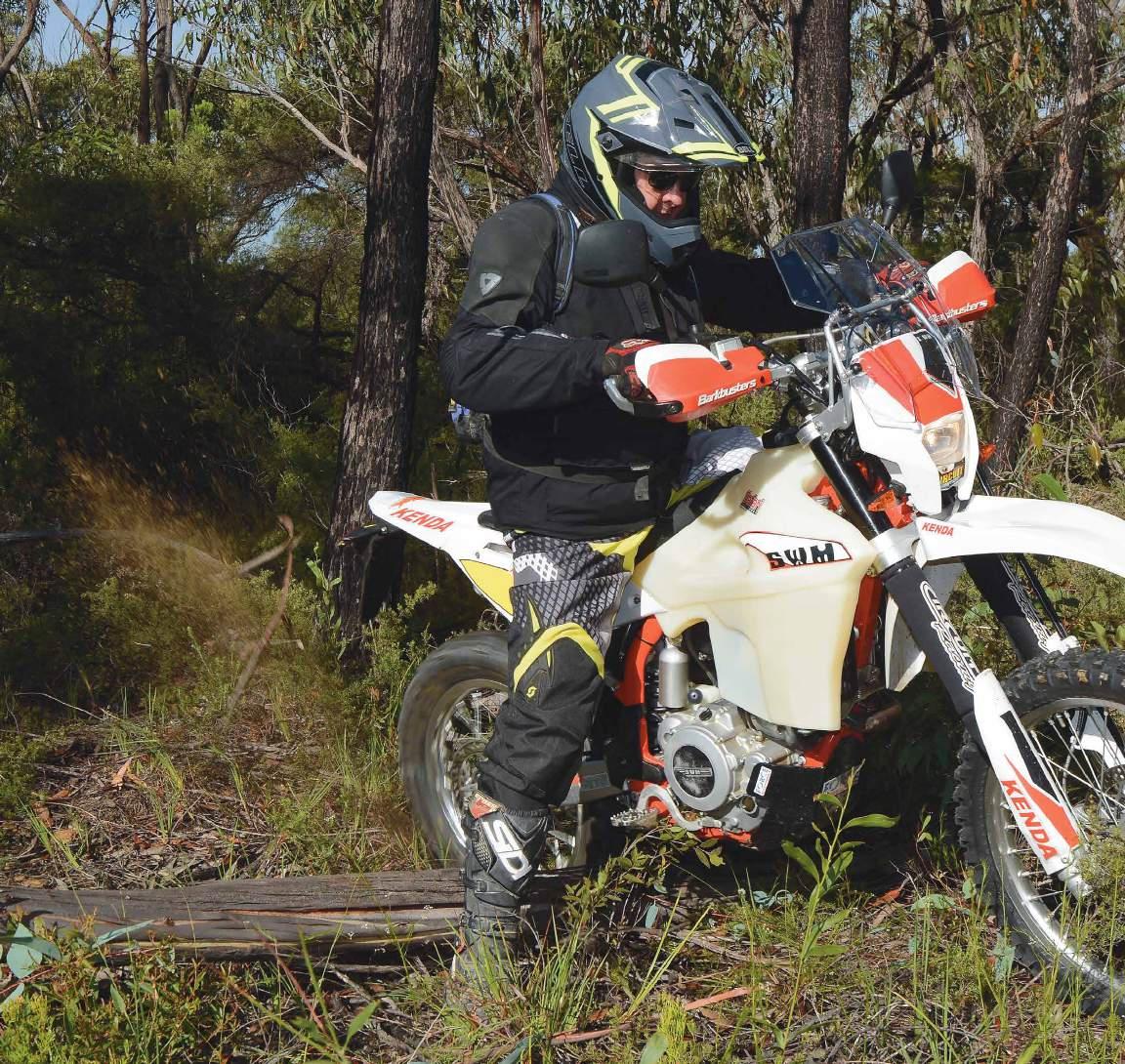
We’re being a bit playful. There is no SWM RS500R designated as an ‘Adventure’. But playful is the way this bike makes a rider feel…playful in the same way a national A grader would feel entering a C-Grader’s club race. It all seems so easy, and the fun is in being aggressive and watching the slower bikes fall behind and the surprised terror on the other riders’ faces as you explode past.

Above: A slim, fast, weapon of an off-roader that thrives on being pushed hard.
Above right: A lightweight, hard-core adventure bike that’s a hoot in single trail and still good on the road.
Right: An SWM Superdual screen and mounting bracket fits well and does a good job of protecting the rider.
Far right: ROX Risers raise the ’bars, but there’s also some spacers on the upper triple clamp, so the set-up seems tall. It worked really well for stand-up riding and still felt good on the road. It’ll depend on the rider, of course.
ARider Magazine staffers have been wandering around humming, looking at watches and frowning. The arrival of the SWM Superdual seems to be taking a very long time.
After about…ooo…the 50th phone call asking for an update, the folks at SWM tried to distract us.
“We have a project bike,” they chuckled down the phone. “It’s an adventurised RS500R enduro model. Would you like to give that a try?”
It was the Superdual we were losing sleep over, but while we were waiting we thought we might as well go thrash someone else’s bike for a while. So we said, “Yeah. Okay. Whatever.”
After a day’s roosting around on this partly converted enduro weapon we’re just a little in awe.
The bike seen here is an ex-media unit that Mark from MRD Motorcycles in North Richmond, NSW, has been setting up. The idea was to take the enduro-ready weapon and not so much knock the edges off it, but smooth the competitive aggression to make it a little more adventure-friendly.
SWM’s NSW and ACT Area Manager Bob Walters told us the background:
“The brief was to build a hard-core adventure bike that was lightweight – 112kg without fuel – that was a hoot in single trail, but would still be good on the road and fire trail,” said Bob, heaving the bike back onto its wheels after a rush of blood on a forest trail. “It needed a good fuel range and had to be comfortable over long distances.
“We also wanted to use as many genuine SWM and locally sourced parts as possible.”
When we rode the bike it was still a work
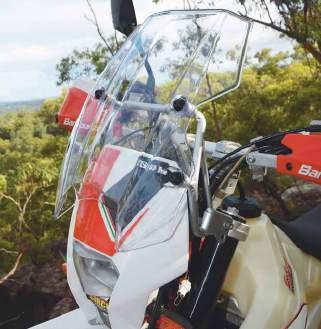
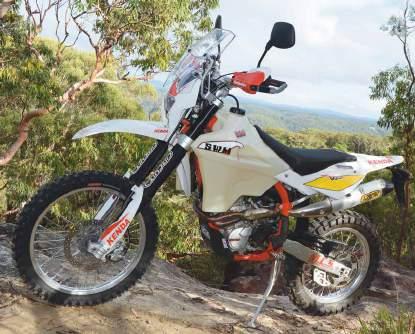
in progress, but holy conquer the world, Batman! It’s a pearler!
An SWM RS500R Roof Of Africa rallye bike was the inspiration for this Australian build, and when we see the pics we can understand why. It’s gorgeous.
The Aussie bike isn’t up to the cosmetic stage yet, so it’s not properly stickered up and buffed as it will eventually be, but so far the changes include
R A 19-litre Safari Tanks tank (Husky 510 08/09 model)
R Husky sidecovers (needed to fit the Safari tank)
R Seat Concepts seat foam and cover on a second-hand Husky TE510 seat base
R SWM Superdual screen and mounting bracket
R JT 15/45 sprockets for taller gearing (standard is 13/47)
R Force/SWM bashplate and radiator guards
R Pivot Pegz
R ROX 50mm bar risers
R Arrow muffler and FI map
R Circuit Racing fork covers/wipers
R Barkbusters

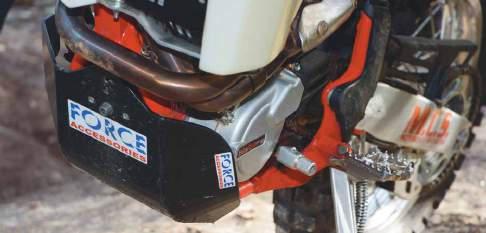
Above: The Force Accessories bashplate is a good idea. The bike will encourage riders to hit rough terrain. Below: Don’t leave home without them!
R Kenda Big Block front and rear, AND R Kenda Tuff Tubes front and rear.
That’s not a big list, really. But the result left us grinning from one side of our mud-spattered faces to the other.
Get into it
We obviously spend far too much time on big, luxurious adventure bikes these days, because the instant we climbed on the SWM we had one of those intense flashbacks. The bike was narrow, light and our toes would only just touch the ground. Hitting the starter arced up a motor that, in stock trim, salivated at the prospect of being set free. There was no ABS or traction control to look after us, and as we blipped the throttle the bike felt like an attack dog busting to be left off the chain.
Glorious weekends from our youth were brought to instant life in the synapses of our foggy, comfort-focussed old brains. Joyful memories of sitting on razor-thin, purpose-built race bikes at motocross tracks and enduro courses around the country overwhelmed us.
They were inaccurate memories for sure, but fabulously enjoyable for all that.
The RS500R MRD has put together wasn’t quite as hardedged as a serious race bike. The seat was hard, flat and comparatively wide, the ’bars had been raised considerably and a screen promised at least some basic rider comfort. But the bark from the Arrow pipe and the growl of the induction combined with a light-feeling and narrow bike to brighten up our day.
There’ll be plenty of adventure riders who won’t see the point, or even be able to handle, a bike like this one. Its race-bike pedigree means it’s a slim, fast, weapon of an off-roader that thrives on being pushed hard.


Web: www.swmmotorcycles.com.au
Recommended retail: $8,990.00 plus ORC.
Engine: Liquid-cooled, DOHC, four-valve, single-cylinder four-stoke
Capacity: 501cc
Bore x Stroke: 97mm x 67.8mm
Transmission: Six-speed
Clutch: Wet multi-plate with hydraulic control
Ignition: GET
Fuel system: Mikuni D42 EFI
Start: Electric
Front suspension: 48mm USD Kayaba fork
Rear suspension: Kayaba shock
Front wheel: 21-inch with 260mm brake disc
Rear wheel: 18-inch with 240mm brake disc
Seat Height: 963mm
Wheelbase: 1495mm
Ground clearance: 250mm
Fuel capacity: 7.2 litres
Weight: 112kg
Warranty: Six months parts and labour
But still, there are plenty of adventure riders who’ll love it as well. Especially those looking for a trail bike that’ll cover some long distance. The 19-litre tank gives a range of somewhere north of 330km depending on the rider and terrain, and the seating position and seat itself mean long road stretches are pleasant. There’s some vibration makes its way to the rider for sure, but it’s minimal, and the induction noise gets to be a bit of a drone after a while, but hoo-aah! When the time comes to crack that throttle open and rail a leafy berm, or dive down the inside of an unwary mate and cause him to squirt his last meal in a squidgy mess into his tweeds, this is the bike to be on.
We had a lot of fun on this bike. We can’t tell you how much we enjoyed it. But we’re hard-core professionals and we need to tell you some of the important characteristics of the bike rather than just rave about how much fun we had.
SWM is claiming about 46 horsepower at the rear wheel with the Arrow pipe. It doesn’t sound like much given the figures on today’s big-capacity bikes, but this one weighs so much less than
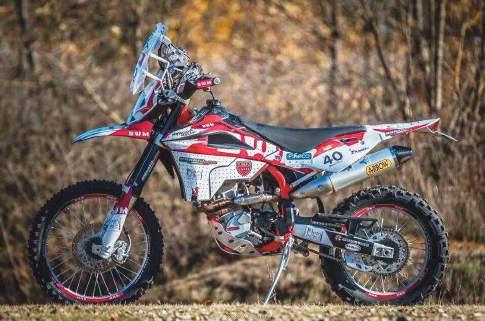
the 1200s and delivers its power in a good, strong thrust that’ll take the breath away from anyone not used to this type of performance. As we said, there’s no electronic aids to make a rider look good. If the rider isn’t up to the challenge, he won’t be riding this bike for long.
The suspension was firm, but really nice. The bike tracked true with a minimum of chatter over choppy ground and there’s plenty of adjustment both ends. Handling is sharp and braking is strong.
The taller gearing gave us a little to think about.
The bike was very happy at 100kph on the road. That was at about 5200rpm. On the freeway 110kph comes up at about 5800rpm. That’s mechanically very comfortable, although the bike being slender and light – unlike Adventure Rider Magazine’s editor – meant it needed a little concentration to ride any faster.
What we asked ourselves though, was what must’ve it been like to ride that motor with the standard gearing? As it was the front wheel gently went skyward every time we opened the throttle, and we found ourselves working the gearbox fairly hard to enjoy the broad sweet spot of the rev range. With the standard gearing it must be a very exciting bike indeed!
We really enjoyed this SWM. Without being intimidating it allows – and rewards – some very aggressive riding, while still being comfortable and relatively easy-going on the road.
There’s a bit more to be done, though. There are plans for a Superdual cush-drive hub, pannier racks, twin-stacked headlight, twin Barrett mufflers and, of course, a custom sticker kit. The RS500R has two fuel and ignition maps in the standard ECU, so a map switch will be added to the ’bars so a rider can select a ‘power’ or ‘economy’ map, and a EJK/Bazzaz power commander will be used to customise and manage those maps. The standard bike retails for around $8990 plus on-roads, and has stock equipment like Kayaba fully adjustable enduro suspension front and rear, Brembo brakes, Mikuni EFI, Athena two-map ECU, a Regina chain and Afam sprockets. So it’s a very sharply priced package. The bike we rode is up to roughly $13000 on the road if an owner did the build, or $13,990 if MRD does the build.
That’s a whole lot of awesome motorcycle for the price. Now. When’s that Superdual going to be here?
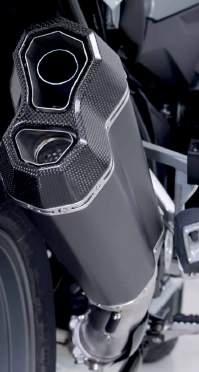
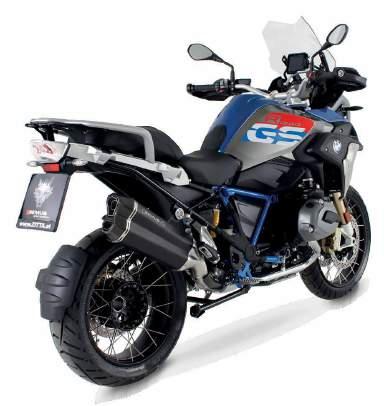

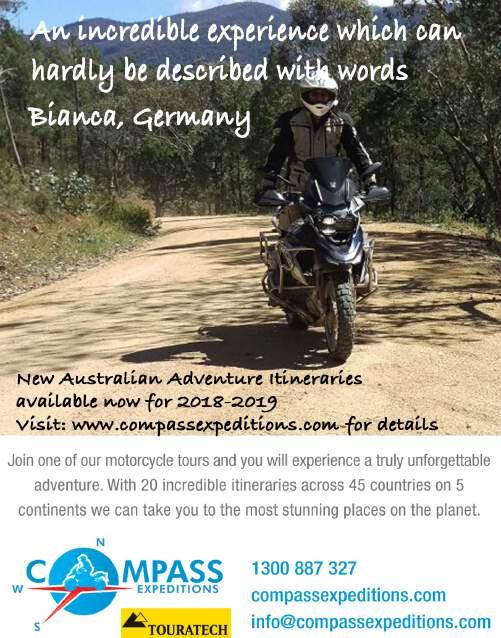

Words: Matt Tapp. Images Matt Tapp and Matt Wile
What better way to celebrate your best mate’s 40th birthday than to give him something he’ll always remember?
Good mate Mattie Wile’s 40th happened to fall during a Maschine Trans Terra ride in Tasmania and we all thought a trip to Tassie doing what
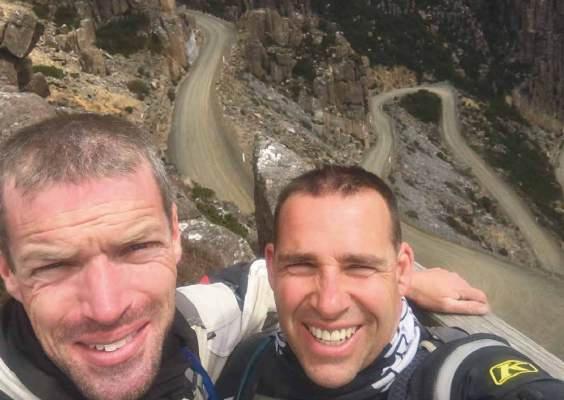
After 35 years of riding MattTapp didn’t think he needed an ‘unsexy’ PLB. His opinion has changed.
he loves would be awesome.
And as always, his trusted mate – me – would go along to keep him safe.
After six fantastic days of exploring on- and off-road, we were on the last leg, heading back to Launceston, when the unexpected happened on a left-hand, slightly corrugated bend. Before I knew it my foot had touched the ground and I was listening to the gravel as the bike and I slid along. I knew instantly my day had changed. It appeared my foot had stayed planted while the KTM990 had executed a pirouette and I was lying on the ground. As always, I was calm as I assessed my surroundings and injuries. Knowing I hadn’t hit my head hard I removed my helmet and gloves. By that stage Mattie Wile was asking if I was okay, expecting to hear those familiar words, “Wow! Did you see that? Give me a moment and I’ll be back on the bike.”
Above: The author knew instantly his day had changed.
Left: Good mates Mattie Wile (left) and author Matt Tapp celebrated a 40th birthday with a Maschine Trans Terra ride in Tasmania.
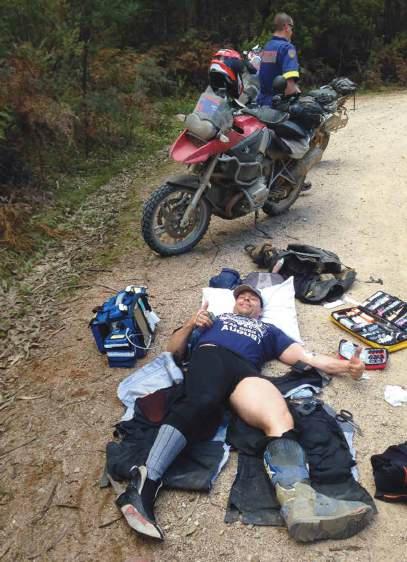
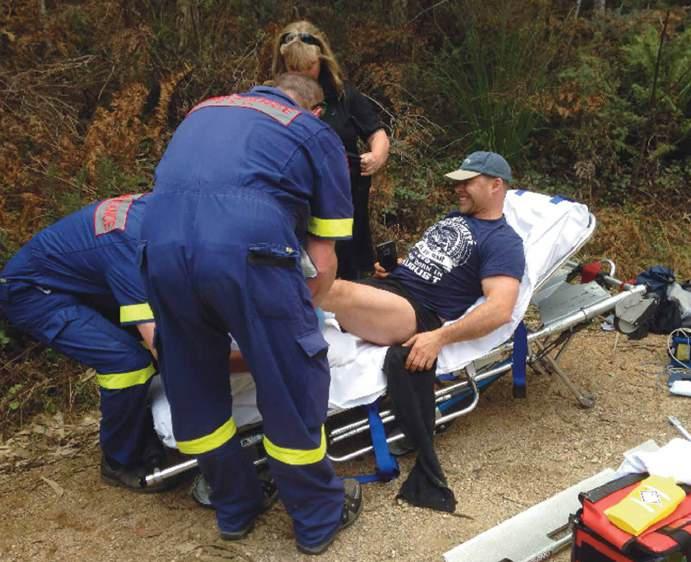
That was my normal response. Mattie and I had spent many years riding motocross and road together, and we’d always picked each other up. Unfortunately, Mattie wasn’t expecting my response this time when I calmly said, “I’ve done busted a leg mate. You’d better get an ambulance”.
With that Mattie Wile made me comfortable. It’s amazing how good a tankbag can feel shoved under your head as a pillow when your leg’s busted.
Although you’re never sure what you’ve done, when I moved my thigh my lower leg flopped the other way, and the intense pain was enough for me to accept the day’s ride was over and a broken bone was likely. By then another rider, Paul, had pulled up and he and Mattie both walked in opposite directions hoping to get mobile-phone reception to call for an ambulance. They both returned acknowledging there was no phone service and we had a serious problem. Mattie had noted a farm a little way back so it was decided he’d ride there to raise the alarm and Paul would stay with me. We kept our fingers crossed someone would be home and they’d have a landline.
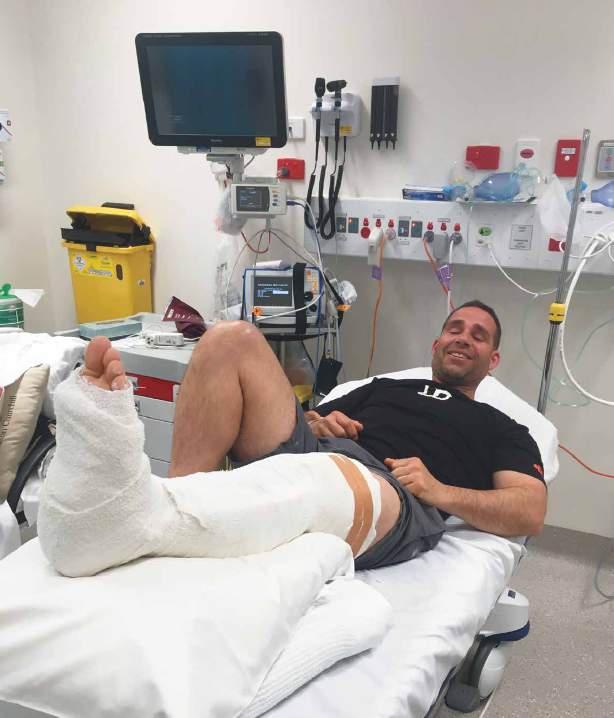
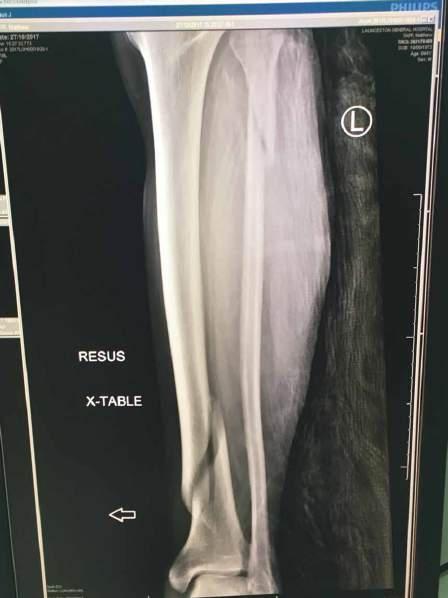
Above & above right: Tib, fib and ankle. Nasty.
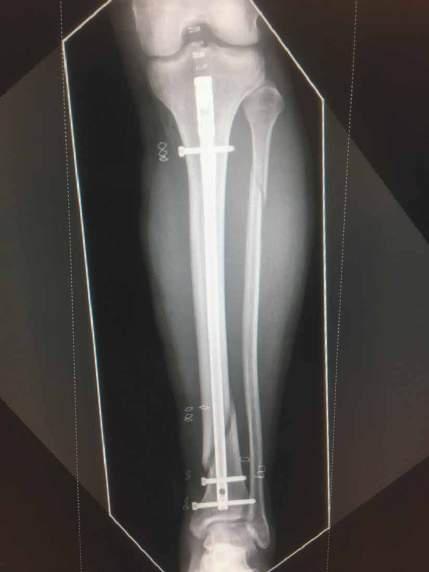
As I lay there waiting for Mattie Wile to return it crossed my mind I could be laying there for a while, and that possibly this would’ve been a great time to have one of those unsexy PLBs. At least I would’ve known help was on its way.
Note to self: don’t ride without a PLB ever again.
Mattie Wile returned after what seemed like ages to say he’d managed to call 000 from a local farmhouse. I felt a huge sense of relief knowing at least help was coming. In an effort to get to some pain relief and medical help I’d started to discuss cutting down a tree to splint my busted leg so I could ride. We knew the
next town was about 40 minutes ride away, and many years in the British Army had taught me it was always better to be proactive than reactive. It should’ve also taught me to always be prepared for the unexpected. On this trip I was seriously underprepared.
After what seemed like ages laying in the dirt we finally heard the familiar sound of a siren…but only for a short time
WTF?
We heard the siren and then it went silent.
WTF!
A short time later an ambulance finally
appeared and it turned out ambos Dan and Dave had had trouble locating us. They’d actually accidentally stumbled on us. “Thank god,” I thought. I’d already been laying there for 90 minutes.
Dan and Dave quickly got to work making me comfortable and ready for transporting to Launceston hospital, which, due to our remote location, was expected to take a couple of hours.
Thank God for pain relief and green whistles.
By this time Maschine had arrived. I have to say a big thankyou to Nick, Trudi and Miss Olivia Selleck, Chris Bostelman and Josie and Chris Wharmby. The entire Maschine operation was fantastic. From the moment we joined the tour in Tasmania we where treated like family.

KTI, Australia’s leading producer of quality PLBs, is offering a PLB to riders who share their rescue stories with Adventure Rider Magazine’s readers. In an emergency situation where minutes count, a PLB can mean the difference between timely help and something much worse, and KTI wants to see Adventure Rider Magazine’s readers properly equipped.
Do you have a good rescue story?
If so, send it to tom@maynemedia.com.au. KTi is so keen to see riders carrying emergency bea cons they’re going to give a free PLB to a rescue story we publish. It doesn’t have to be a story using a PLB, but it needs to be verifiable, and it needs usable pics.
If you’ve been in trouble once, you should know how important a PLB can be. Share your story and make sure you’re prepared if it ever happens again.
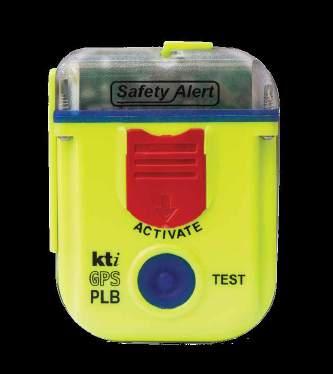
They recovered my ’bike and the clothing that was cut off me after the accident, and when I was discharged from Launceston hospital they were there to pick me up and assist in getting me and my gear from Launceston back to the mainland.
Essential
I’d broken my ankle, tibia and fibula.
I’ve now been out of hospital for two weeks and although recovery will be slow I hope to be back riding in early 2018. But just as I wouldn’t ride without my boots, gloves or helmet, I won’t ever ride again without a PLB. These devices need to become part of your regular safety equipment.
No PLB, no ride.
Simple.
Below: Maschine’s Trudi Selleck made sure Matt was well looked after.

To Mattie Wile, thank you my dear friend. I wouldn’t want to ride with anyone else beside me. Thank you for looking after me. I know the 36 hours to get me back to Canberra for surgery wasn’t great for you, seeing me in so much pain. But hey, happy birthday. I told you it’d be memorable. To all that have read this, if only one of you goes out and gets a PLB then what I’ve been through and shared hasn’t been for nothing. These things save lives. Maybe yours, but maybe someone else’s.


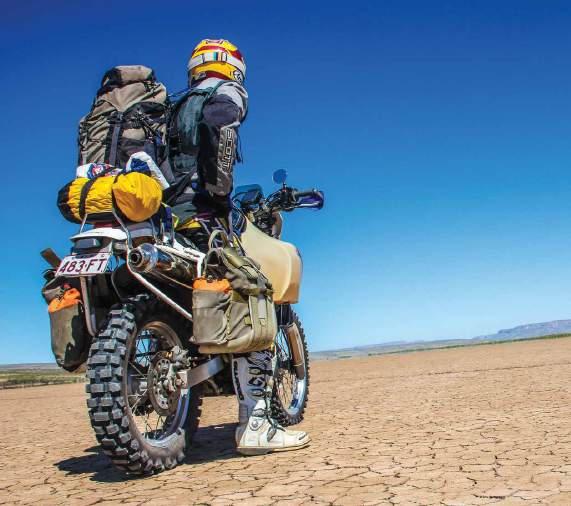
Vince Strang Motorcycles is the place for all DR650 advice and gear-up parts. That’s why VSM is also the best place to buy your fully prepped adventure DR650. We have the experience and knowledge and we have the catalogue of parts. Ride in with a stock DR, ride away totally fitted-out. Discuss requirements with Vince and VSM will supply your built-to-spec DR. Station bike, city commuter or full-blown acrossAustralia adventure bike, get the lot – or anything in between – at VSM. Shop ONLINE for our huge range of DR650 parts and accessories www.vsm.net.au


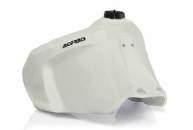
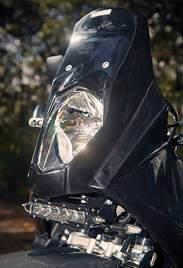
The technical aspects of engine oils are as intricate and generate as much myth as just about every other technical aspect of the modern motorcycle. Adventure Rider Magazine has decided to have a look at oils, one slippery point at a time. This issue we ask, ‘What’s the difference between synthetic and mineral oils, and which should we be using?’ It’s not as complicated as you might think.
nything with moving parts will need some way of reducing and controlling friction, and in a motorcycle engine, lubricants – we’ll just use the generic term ‘oils’ from now on – are as basic and integral to the bike’s function as the wheel.
In modern, high-performance engines the choice of oil has become important. Or has it?
We were becoming a little confused and worried, so we decided to have a look at engine oil and see if the well-informed, fact-based comment we see on web forums was justified. But there’s a very great deal to consider.
Here we go: synthetic versus mineral oil. What’s the difference? And is one better than the other for your bike?
Nature and nurture
Making it as simple as we can:
R Mineral oils are refined from crude oil. Crude oil comes from the ground, probably from those squirting oil wells we saw in cowboy movies as kids; AND
R Synthetic oils are manufactured in laboratories.
That’s all there is to it.
It’s the origins of the two types of oil that lead to the variations in day-to-day use.
The biggest – and scariest – difference between a mineral oil and a synthetic oil


made for the same purpose is the price. It costs a great deal more to manufacture oil in the lab than it does to refine it from a crude base. So a litre of synthetic can be a fair bit more expensive than a litre of comparable mineral oil. How big a price difference? We went to our local dealer and bought one litre of Motul 10w-50 mineral engine oil and it cost $12.90. At the same time at the same dealer we bought one litre of Motul 7100 10w-40 synthetic, and it cost $24.90.
There’s naturally a difference in the product too. We spoke to the folks at Motul – they live for this stuff! – and they explained a synthetic oil is a ‘more stable product’ than a comparable mineral oil. Because the actual production of a synthetic is controlled by lab brainiacs, the molecular structure is more consistent
than good ol’ Mother Nature throws up, and that leads to better performance under extreme conditions. The most telling extreme is heat, and the synthetics handle extreme heat better, and will perform at spec longer, than mineral oils in the same situation.
The Motul guys also pointed out that very few people realise fuel contamination is a big issue for four-stroke engine oils, and synthetic oils tolerate that contamination much better than mineral oils.
The result of the product consistency in synthetic oils is, as a generalisation, the synthetics will perform at spec for longer under tougher conditions.
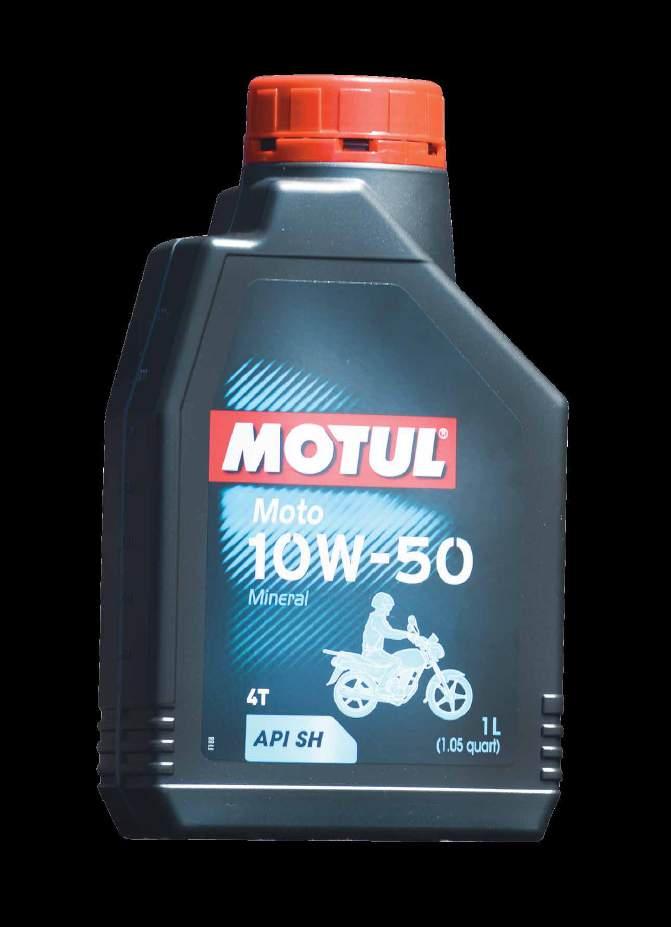
Another one for the internet experts: there’s no problem mixing synthetic and mineral oils in the sump of a fourstroke engine.
The Motul guys got very excited about this. The performance of the mixed oils will settle at the specs of the lowestperformance oil if they’re mixed, but there’ll be no problem solely due to mixing synthetic and mineral oils in the sump of a four-stroke engine.
Notice we keep saying ‘in the sump of a four-stroke engine’?
This doesn’t apply to two-stroke motors, but there are so few two-strokes in adventure riding we’re not going to even look at them.
Which is best?
Internet big-mouths get ready!
Neither mineral or synthetic is ‘better’ in a four-stroke motor.
A good-quality mineral oil will do its job well, but will need to be changed more often than a comparable synthetic oil. Both will do the job they’re designed to do.
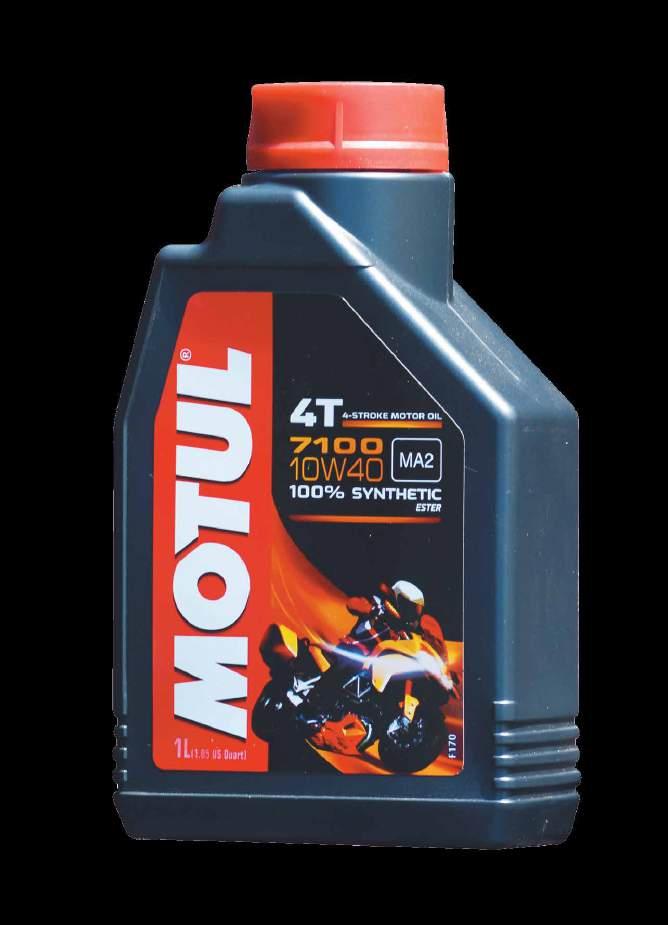
Mineral or synthetic? You decide.
In four-strokes, in the sump, goodquality synthetic oil and good-quality mineral oil are both fine. You can even mix ’em if you want.


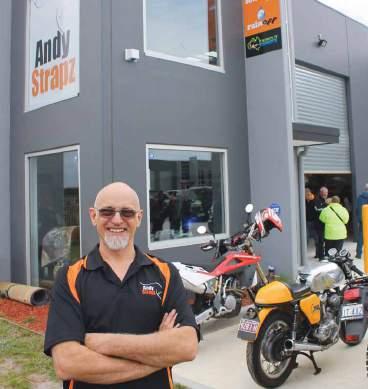
Lately I’ve been thinking – yeah, maybe over -thinking – about the part played by compromise in the life of the adventure rider.
There’s no way I’m going anywhere near the domestic wrangling involved, so let’s start with choosing the bike.
have the classics and sports bikes tucked away.
As most of us don’t have Malky T’s toy budget, we find ourselves looking for the one bike that will suit what we need it to do, searching for the best balance, on-road and off-road.
Above: Dr Z is an awesome mount and inspires confidence when the going gets rough.
Insert: Author, Andy Strapz.
The choice of rig is pretty broad and seems to spread by the month, segmenting segments, as it were. At one end of my shed of dreams stands a couple of full-house Dakar bikes and a Hard Kits 710RR perched next to WR Yammies and progresses through probably 30 bikes to a Tiger Sport or Duke Multistrada at the other end. All of them huddled under the umbrella of adventure bikes. Of course, the other sheds would
Taking out the ‘mine’s bigger than yours’ from the game, almost every rider will want something different from their bike. While I love a GSA – I’ve ridden a few in anger – I don’t have the skills or fitness to make it dance in the rough stuff, let alone the 30 big ones to sneak past the Minister Of War And Finance. If I lived out in the boonies and needed to make big kays it would be sitting at the top of my list with a Tiger Explorer.
Dr Z is an awesome mount and gives me so much confidence when the going gets rough, but anything over 500km in a day starts to look like a chore, albeit a pleasant one. A rapid trip to’n’from Sinney, knocking over 750 clicks across 12-hours-each-way days, proved the point.
Ask 10 riders about tyres and there’ll be 25 different opinions. Wear and grip are the two ends of the requirements that essentially cancel one another out. Slicks at one end, sand paddles at the other. On road, 21-inch fronts tend to push or understeer. The more aggressive the off-road tyre, the more they tend to ‘walk’ when the swervy is attacked. Aggressive off-road tyres vanish as quick as
Donnie T’s tax returns on the black stuff. The art seems to be picking and choosing brands and tread patterns, and employing educated guesses to suit front and rear needs. The upside of tyre choice is they’re disposable items. The next set is a new punt.
Oh dear. Boots!

There’s more debate on this topic than a Greek parliamentary sitting (and almost as much emotion). While the solution for most of us is boots to suit the bike, coughing up 30 to 50 drinking vouchers for each pair isn’t viable. Comfort versus protection, road versus off-road, waterproof or soggy feet, walking and exploring, time spent standing on the ’pegs, warm or cool, break an ankle or leg… I need a cuppa tea and a lie down every time the topic comes up. There just isn’t a right answer for everyone in one boot, or possibly even two pairs.
To armour or not to armour, that is the question.
Whether to suffer the sprains and bruises of a get off or take up plastics against a sea of gibber. In what conditions do we trust in the armour in the clothing? Ask safety ‘experts’ across the country and we all should be riding (probably not at all) in an airbag cocoon with a trauma collar and leg splints. It’s always tempting to wear less gear as the temperature rises. Do we dress for the worst and ride for the best? I’ll wear a collar and knee armour off-road, but not on. It’s dumb really. I generally ride faster on the blacktop.
Screwing a peak on the front of a motorcycle helmet and expecting it to be quiet must give aero-dynamists cold sweats. Tents need to be kissed goodbye at a moment’s notice if the bike land-sleds. There’s no point spending megabucks on top-of-the-range unobtainium-poled, space-age jiggers to get shredded in a tumble. Road, enduro or riggers’ gloves? Take in the joys of isolation and billions of stars, or settle for four-star, all-night road noise but carry less gear?
As each trip is often different, the for and against of each set up needs to be weighed up. Even our riding style will be modified the further we are from a helicopter evacuation. Like packing for a trip, this is all part of the fun and engagement of what we do to get out there.
This list grows and grows as I think through every aspect of this gig. Leaning over the seat puffing and blowing after a tough section and a minor tumble will have many of us panting, “I’m too old for this shit.” And at some stage we will be. Changes will need to be made to keep the adventurous spirit. Yes dear, I will clean the gutters when I get home.

Has Andy got it right? Or is he way off the mark? Let us know. Email tom@maynemedia.com.au and we’ll make sure Andy hears your thoughts.

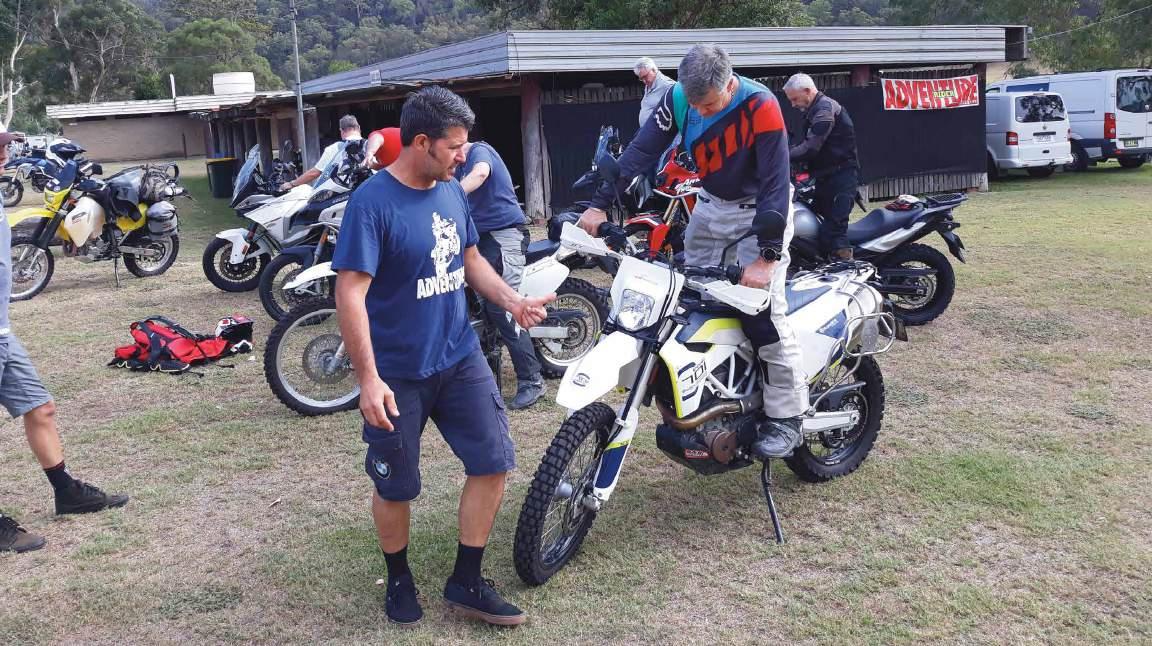
Adventure Rider Magazine’s first off-road coaching clinic went off with a bang. In true adventure-riding style though, there were some challenges.
Dargle, to the north and west of Sydney, has long been the home of off-road motorcycle schools and coaching in NSW, and where a great many of today’s more senior riders would’ve done any training as youngsters. It was possibly where a young Miles Davis, now one of Australia’s
most sought-after motorcycle coaches, cut his chops on his way to riding and coaching super-stardom.
Whatever. It was the venue for the first of three adventure-riding courses planned for 2018, and, under the watchful eye of Miles D himself, nine riders sharpened their skills and wound

through the witches’ hats.
And they finished up a lot better and more confident riders.
The small group meant lots of personal attention, and friends were made before the formal course even started. Most were riders returning to bikes after a break, most came from a road-riding background, and quite a few were looking to improve the off-road aspect of their
Above: Under the watchful eye of Miles Davis himself. Below left: The first of three adventure-riding courses planned for 2018.
Below: TV presenter Kate Peck brought some glamour to an otherwise rough crew on the second day.
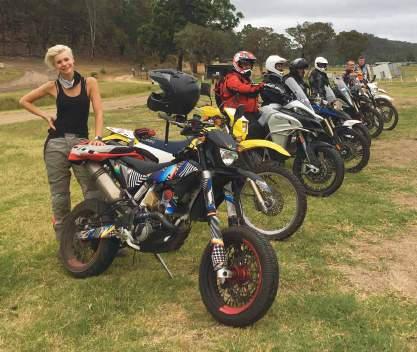
adventure riding, especially off-road cornering.
“We did a lot of work in this area,” said Miles in his usual smooth and unruffled way, “body position, line selection and throttle steering. They were grinning like kids on BMX bikes when they started putting it together. The single-track was pretty challenging for them at the beginning, but they were loving it once they started gaining control. Doing laps of the supercross track was also a highlight.”
Weather or not
It was almost as if the weather had been organised, too.
Saturday was scorching hot and the program had to be tailored to give participants relief from the heat where possible. Sunday started out with ideal temperatures, but light rain came in mid-morning, and as the session was winding up it started pelting down.
They’re conditions often experienced in real adventure riding, and therefore a bonus.
At the end of the two days everyone was pretty rapt, both in the format of the coaching and in their own improvement, and that’s a big success by anyone’s measure.
There’s a course scheduled for March 24 and 25 in Victoria, which will happen after we go to print but before this issue goes on sale, and another for April 21 and 22 at Canungra in Queensland. If you’re interested in focussed, adventure-riding coaching with one Australia’s most highly-respected instructors, log on to http://motodevelopment.com/adventure-rider-training/ to find out more.
Congratulations to all the riders at the very first-ever Adventure Rider Magazine Off Road Training. We love youse all:
R Paul Cummins – DR650
R Dave Collings – F800GSA
R Jim Laftsidis – Ducati Multistrada Enduro
R Michael Derrig – KTM 1290 SE
R Andrew Littleford – Honda Africa Twin
R Tom Kneen – Husky 701 Enduro
R Paul Begg – F800GS
R Kurt ‘The Boss’ Quambusch – DRZ400
R Kate Peck – Husky 511 Supermoto
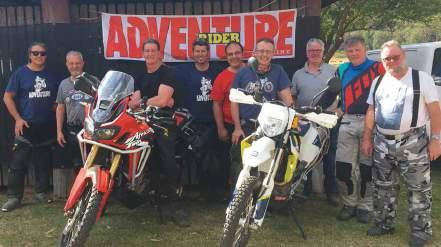

It’s interesting to see the priorities of many riders when it comes to adventure riding.
I’m not sure if it’s because there are so many new riders joining the adventure-riding ranks, or if it’s because many come from a road-riding background, but I see a lot of energy being burnt when it comes to the topic of ‘what’s the best (off-road) tyre?’.
My favourite comment to this is, “Black and round.”
Sure, I have a few thoughts on the topic, but it never comes down to a single brand or model of tyre. There are lots of great options out there, and some bad ones, all depending on what you ride, where and how you ride it.
Still with all the heated an in-depth discussion I see on tyres, I feel as though there are more important topics that hardly seem to get a mention.
Over the years it’s been great to see so many riders attend different types of off-road rider training. When a rider has a riding breakthrough it’s an incredible feeling. Just a few days ago I heard a bearded man squeal with joy when he nailed his first controlled, rearbrake skid turn.
Give a skilled rider a bike with a half-worn back tyre with high pressure (relative to the type of bike) and watch them glide up a hill without too much fuss. Generally, on the same hill, a less-skilled rider
u
Being generally fit makes it much easier to deal with challenging terrain, weather conditions and longer days on the bike.


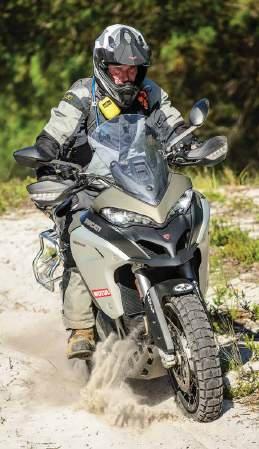

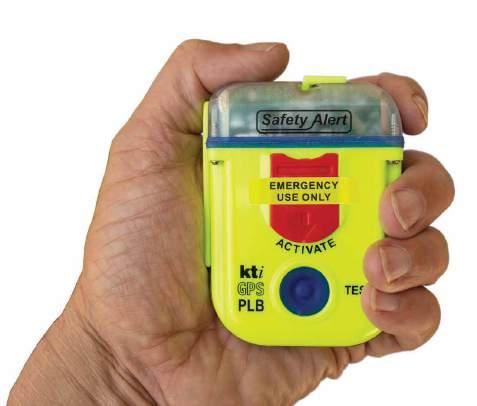
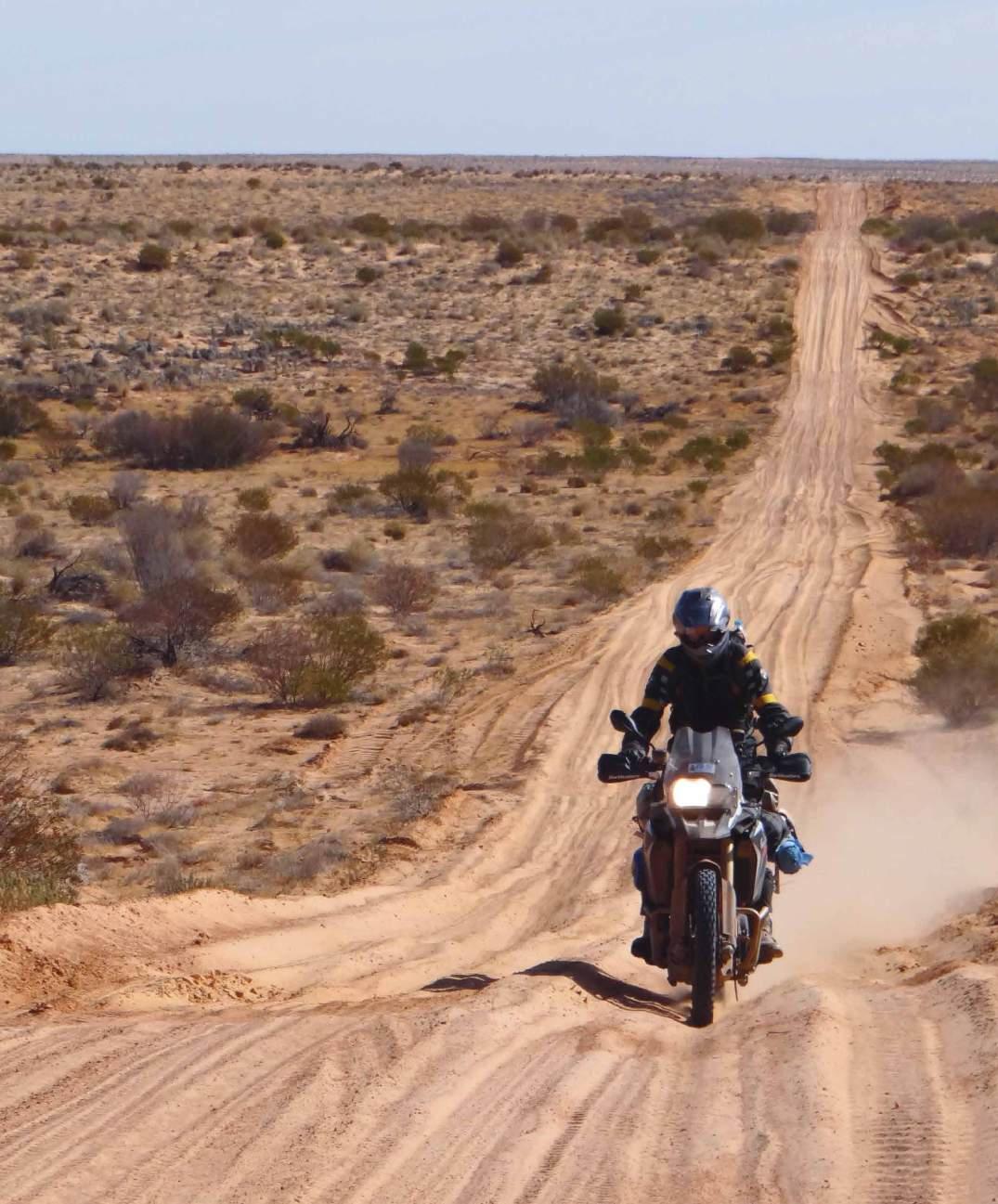
with sharp new knobbies and low pressure won’t have the same result.
At the end of the day, technique really trumps all.
Something many riders don’t give enough thought and focus to is how they can prepare themselves for their riding, especially when it comes to longer rides.
I’ve been involved with group trailbike and adventure rides for over 20 years and I’ve always noticed how fitter riders do it much easier. The goal is always to finish your ride, but certain factors sometimes get in the way. I’m sure there are lots of different opinions when it comes to this topic, but I reckon the list below shows in order of importance from highest to lowest:
R Riding skill
R General fitness
R General riding experience/decision making
R Bike/tyres/suspension
You don’t need to be an ironman, but being generally fit makes it much easier to deal with challenging terrain, weather conditions and longer days on the bike. Something most off-road riders have heard from nonriders is, “How can you be worn out from riding your bike? It’s got an engine!” It’s an interesting stat, but motocross racing ranks right up at the pointy end when it comes to being one of the most physically demanding sports in the world. And elite motocross riders are among the fittest athletes in the world in any sport. Depending on your preferred terrain, adventure riding is hopefully a bit less demanding, but it can also be very physically and mentally challenging. Think about long days in the saddle, sandy terrain, heat and other stress factors. Now think of the adventure-riding demographic. There are some fit, active riders in the mix, but my guess is they’re outnumbered by riders who don’t have a fit and active lifestyle. Some people only need a trigger to turn that around and riding an off-road motorcycle is definitely a good reason to get fitter, lose a bit of weight and increase flexibility. It’s so easy to do. The hardest part is just getting started. The best part is, the rewards should be obvious quite soon, both in stats and how good you feel on the bike. At this point, motivation starts to increase and you find it even easier to keep the program on track.
Depending on what you need to achieve – weight loss, strength, whatever – where you live, what circles you roll in and other factors, have a think of what might suit you. It really helps if you enjoy it, and it also helps if you have a training partner. This means you’ll keep to your schedule and not come up with reasons to skip that session.
If you’re planning a ride and you know you’d benefit from some conditioning, set a goal and promise yourself if you
don’t hit the target you won’t do the ride. Many rides are not completed because the rider wasn’t physically up to the challenge.
Training options can include things like
R Cycling
R Swimming
R Jogging/walking
R Gym
R Yoga/pilates
R Crossfit or other gym style classes
R Diet
R Cut out or reduce fast food
R Eat less processed foods
R Eat more fruit and veges
R Eat smaller portions, don’t over eat
Left: Adventure riding can be very physically and mentally challenging.
Right: Riding an off-road motorcycle is definitely a good reason to get fitter, lose a bit of weight and increase flexibility.
2014 – 2018
R More water, less soft drink, energy drinks and juices
R Less grog
Note: energy drinks and protein bars are not a substitute for training.
It’s not rocket science, is it? But the benefits can be very positive and, for some, maybe even life changing.
For every kilo lost and/or every increase in strength your bike will feel lighter and you’ll have more control, strength and stamina. You’ll have more confidence knowing you’re physically prepared. Your joy of riding will only increase and your chances of injury will decrease. How can you argue with that? Most riders spend a lot of time and money buying and preparing their bike for adventure. Maybe it’s time to treat the body the same way?

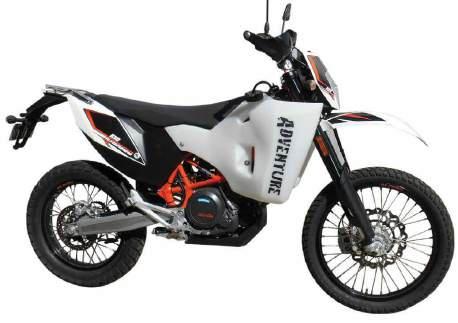

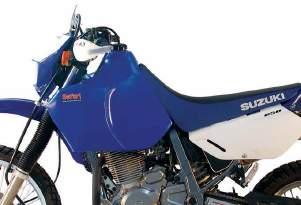
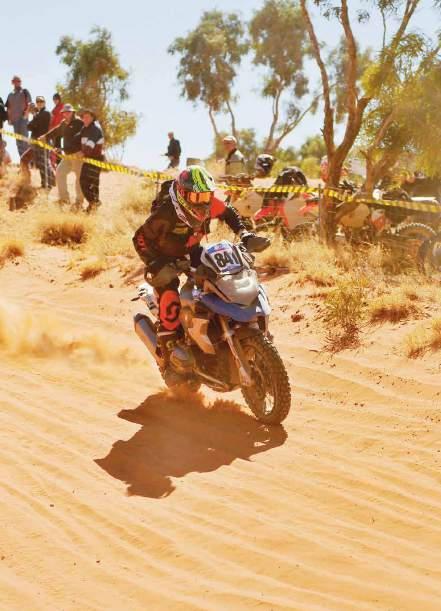

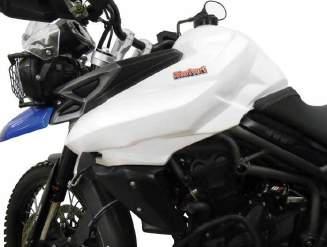

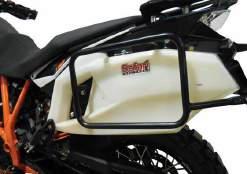

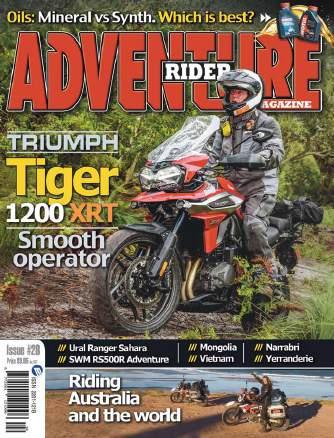

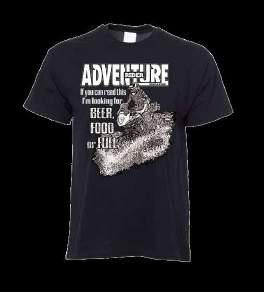





Log on to
www.advridermag.com.au/store and keep the adventure throbbing…
Thousands of kilometres of premium dualsport and adventure riding on route sheet and as GPX files. Complete with fuel and accommodation contacts and info, route section times, stories and heaps more.




Serious hard-core adventure riding at its best, all captured on camera and crafted into

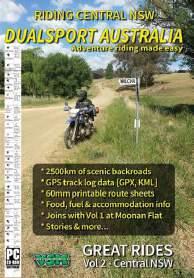


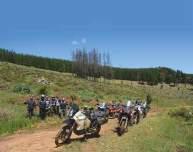
The ultimate adventure-riding distress beacon that should be part of every adventure rider’s kit. Provides six independent means of rescue:
406MHZ transmission
121.5 MHZ homing signal
GPS location
Visual strobe
Signal mirror
Whistle on lanyard Manufactured in Australia. 10-year battery life. 10-year warranty.
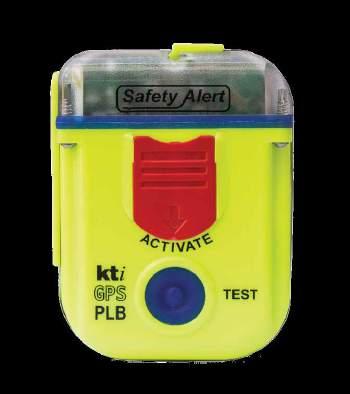
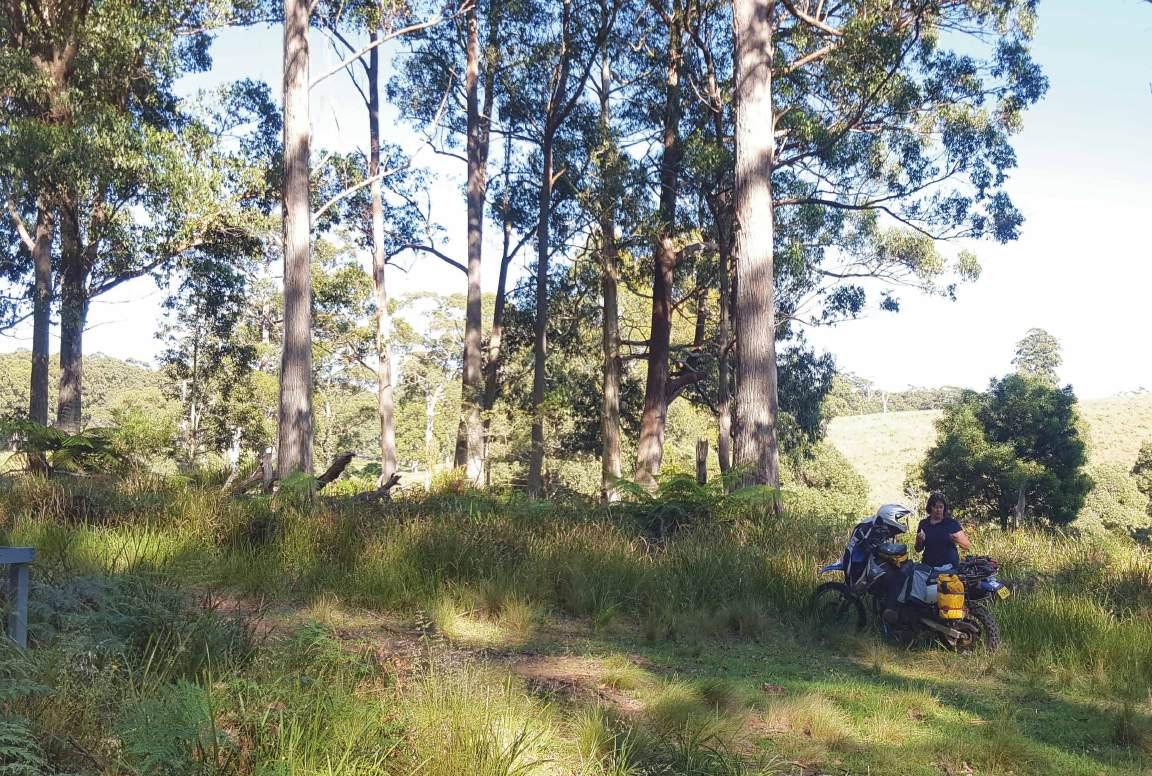
Words: Karen Ramsay
Acouple of hours earlier we’d been riding over rock shelves and among tree ferns, then through dry eucalypt forests. Now we were privileged with a 360-degree view of the horizon. A shiny lizard was concealing itself among the rocks while absorbing the sun’s warmth. Shadows, created by wafting clouds, slid past us. An old trig point lay abandoned, no match for time or nature. Ten minutes before this idyllic scene, I’d been huffing and puffing up the hill in my bike pants and boots while husband Dave strode ahead (I like to think it was so I wouldn’t see him huffing and puffing too, not because I couldn’t keep up).
To explain why we were out bushwalking when we could have been riding, I need to go back to September 2017 to the Horizons Unlimited meeting in Queensland. If you’ve never been to one of these gatherings and you’re into travel, this is the place to meet people, get advice and hear presentations that will make you want to pack up and leave tomorrow. On the surface, the presenters and attendees look like ordinary people. It doesn’t take much chatting to find dozens who have done extraordinary things. People who put their lives on hold while they go and fulfil a dream, regardless of whether they’ve been on the road for years, months or weeks to make that dream a reality. Some have sold up everything they own to make this their new life, while
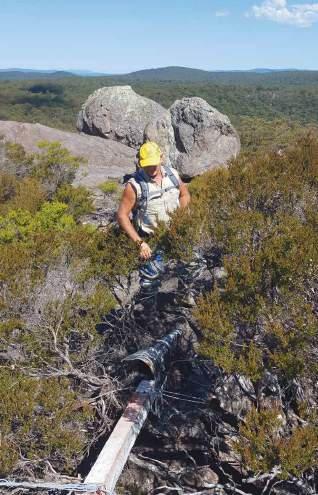

Above: A couple of hours earlier we’d been riding over rock shelves and among tree ferns, then through dry eucalypt forests.
Left: We thought bushwalking would be a good idea.
others might’ve scrimped and saved to finance their one big trip of a lifetime.
The talk that had me wheezing my way up Mount Scott in the Butterleaf National Park in the ridiculous January heat was by John Harpour. John had told of his trip with a couple of mates to Nepal. Before then, riding in Nepal wasn’t even on my radar. The only thing I knew about Nepal was it’s the home of Mount Everest. John reeled us in with his detailed presentation. He showed a snippet of riding video, with rocks and water and an off, and said, “The line wasn’t chosen
because it was any worse than any other bits of road – it was just typical.”
Despite those snotty images, he made it sound captivating, achievable, and affordable. At the end of it, Dave, Big Dog and I grinned at each other and said, “Let’s go.”
It sat, festering, at the back of my mind, for weeks after that. While it’s all good and well to say these things when you’re wrapped up in the heat of the moment, the cold, hard reality of life takes over when you’re back at work on Monday morning.
I was walking past a travel agent after work one day and thought I’d pop in and see what they could do. I had no dates in mind but remembered John had been there in April before the monsoon, so that seemed like a good idea. Before we knew it, Dave and I had run out of excuses not to go.
At about the same time, Big Dog shared a video of the Himalayas online with our friend Meg Lees. Dave spotted it and invited them along too. The next thing I knew, Meg and I were booking five weeks long-service leave for April 2018.
A month later flights were booked.
The next step was for the four of us to get together and have a chat about the trip and our expectations. My biggest fear (I haven’t really looked at the ‘roads’ we’ll be riding on yet) is damaging the friendships we have. So an overnight camp was a chance for us to lay it all on the table. For instance, Meg really needs her coffee in the morning, so she’ll be taking her coffee maker. If anyone needs a couple of days time out that will be fine. And as we’re not doing a tour, we don’t need to worry about keeping to a schedule. We’ll just make it up as we go along. We also picked up a fifth rider, Steve, who we first met in Thailand a couple of years ago, is going to meet us there.
Initial thoughts of cheap bike rental like Thailand have been swiftly and soundly dispelled. We’ve booked a couple of Bajaj Pulsars which are essentially road bikes
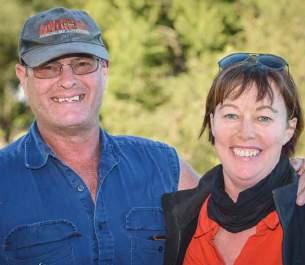
(cheap), a couple of Royal Enfield Himalayans (nostalgic) and a CRF (sensible). Stay tuned for what we end up with!
Which brings me back to the bushwalking.
Dave’s physically active with his job. As much as I like to think riding on the weekends gives me some level of fitness, I know I’m kidding myself. I’ve come to realise a lot of other riders aren’t just out riding whenever they get the chance. They’re out on mountain bikes, paddle boards or at the gym. We’re going to be riding at altitude and possibly doing some trekking, so we both need a better level of fitness. That’s why we thought bushwalking would be a good idea. Incorporating bushwalks is easy if you’re already out and about in amazing places. While easy isn’t exactly how it’s been going, we’re spending more time in some great places and we see things you might not normally notice when you’re riding.
We’re also getting up in the dark to go walking up and down the hill at our place before work. Usually I’m carrying a backpack with assorted household items for extra weight; like onions, washing powder and cat food. Although we won’t be taking on a trek to Base Camp this trip, hopefully we’ll be a bit better prepared physically. As long as I double-check the contents of my backpack before we leave.
R Riding alone won’t get or keep you fit
R Even Laia Sanz and Toby Price train off the bike
R There’s a lot of sights missed when you ride
R Sometimes you just have to seize the moment

JNS DR/DRZ LED hEaDLight kit
Not just a bulb. An entirely new LED specific headlight.
R Kit includes headlight assembly with plug-and-play wiring harness, adjustable steel mounting bracket and all installation hardware
R No cutting, no drilling, no wiring modifications
R Headlight features separate low- and highbeam projectors
R Custom headlight shell designed specifically for this LED bulb
R Easy, simple installation
R Available with a black headlight housing
RRP: $179.95

Available from: Adventure Bike Australia Web: adventurebikeaustralia.com.au
FoRma PREDatoR 2.0
PRo motocRoSS boot
Boots for riders dealing with tough terrain.
R CE-level approved protection and quality
R Built for pro motocross and serious off-road riding
R FCS external dual-pivot ankle-brace system
R Pro motocross off-road sole
R Vented for racing or extreme conditions
R Integrated mid-sole with stainless-steel shank
R External injectionmolded plastic protection Stainless-steel toe caps
For serious outback adventure riding.
R Available in 90/90-21” front and 150/70-18” rear tubeless
R Tested in Australia by Nick Selleck from Maschine
R Designed to handle hard terrain, fast, rocky fire trails, gravel roads and desert hardpack with sandy variations
R High-speed, wide-open-throttle cornering, deceleration/engine braking into fast corners
RRP: Front $159.95. Rear $269.95
Available from: Your local dealer Web: jtr.com.au
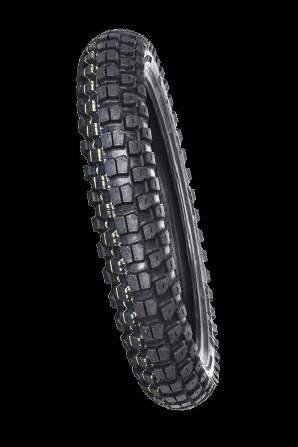
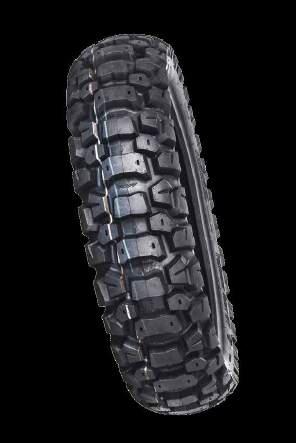
mEtaL muLE maX PaNNiER boXES
Tough go-anywhere luggage.
R Lifetime guarantee, even if you change your bike
R Two-millimetre, high-grade aluminium throughout
R Classified to IP66 water-resistance standard
R Double-folded corners and inverted-tray design on the underside
R Polyurethane-lined mounting brackets
R Extra handles and tie-down loops attached
R Compatible with a range of Metal Mule bottle and fuel-can holders
RRP: $695 - $745 per box
Available from: AdventureMoto Web: adventuremoto.com.au
RRP: $599

Available from: formaboots.com.au or any Forma dealer

hELD iNFLatabLE PRotEctoR
vESt cLiP-iN aiR vESt
An air-bag vest for Held jackets.
R Art 6893 protection
R Air-bag is CE-certified
R Unfolds completely within 0.1 seconds
R Rib protector pocket for optional art. 9316
R Held clip-in technology
R Breathable mesh-cloth outer shell
R Available in black only
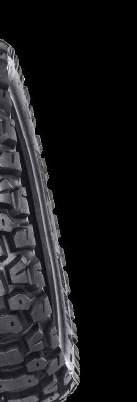
R Sizes S - XL
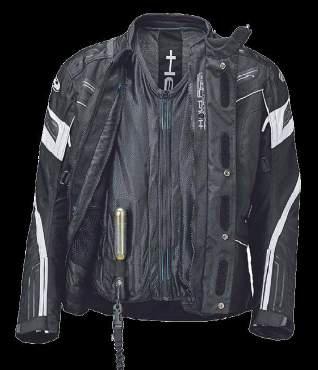
RRP: $TBA
motohaNSa comPact tooL kit
Quality constructed tools for modern adventure bikes.
R Unique swivel-head/T-handle style 1/4” ratchet convertible to a screwdriver with extension
R Nickel-plated, long-life hex, Torx, and screwdriver bits and adapter Pencil tyre gauge Rugged knife/pliers and essential bottleopener tool Heavy-duty tool roll

Available from: heldaustralia.com.au
A new strap from the king of strapz! Andy’s sent us one to try out. We’ll let you know how it goes.
R Universal fit
R Unique sliding, self-adjusting
R Road-friendly accessibility
R Gentle on bike and bags
R Rapid access and set up
R Multiple application options built into the design
R Simple, robust and high-quality inputs
RRP: $50 plus postage
Available from: Andy Strapz


RRP: $125
Available from: Adventure Motorcycle Equipment Phone: 1300 883908

Web: www.adventuremotorcycle.com.au
bEStRESt hEavy-Duty motoRcycLE REcovERy SyStEm (mRS)
Riders of big bikes need tough tackle.
R A z-drag rope-and-pulley system
R Originally developed for mountaineering and rescue teams. Modified for motorcycle-recovery operations
R Reduces an object’s lifting or pulling weight by 80 per cent (a 100kg rider can lift a 500kg motorcycle)
R Can be used in a whole range of situations, including lifting a bike, steep hills or river crossings
R Weighing 1.5kg and measuring 18cm x 18cm x 28cm
RRP: $375
Available from: AdventureMoto
Web: adventuremoto.com.au
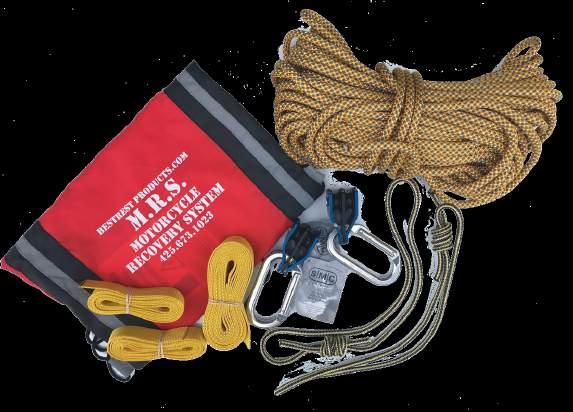
Rethink the way you move and store your motorcycle with innovative 360-degree mobility.
R Tough, durable multi-directional wheels provide smooth 360 degree movement
R Designed for less than perfect surfaces like asphalt and pavers
R Quick and easy access to your bike means more ride time
R Store your motorcycle in a compact, out of the way space
R Safe, quick and easy single-person operation
R Designed to suit a wide range of bikes, Double- and singleswingarm versions available
R Premium build for a lifetime of rides
R 30 Day Money Back Guarantee and Lifetime Warranty
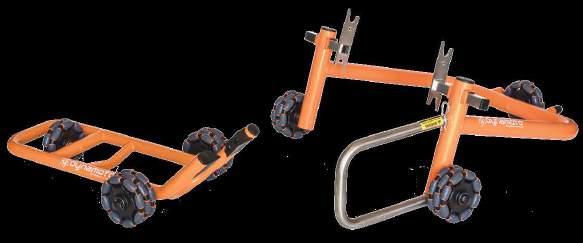
A protective and convenient combo. Backpack and vest fit together.
R Backpack capacity 22.5 litres
R Three-litre hydration system
R Removable waist belt and shoulder harness
R Nine storage pockets
R Vest constructed of 1680D poly fabric
R CONFIGR8 compatible
R External Molle-style webbing slots
R Quad load harness system RRP:
A serious jacket with excellent safety features.
R Gore-tex Pro three-layer laminate construction
R Waterproof rating 28,000mm
R Compatible with Alpinestars’ Tech-Air airbag system
R Armacor reinforcements on shoulder, elbow and upper back
R Advanced ventilation system
R Front waterproof pockets, internal document pocket and rear large utility pocket
R Waterproof zips throughout
R Incorporates a hydration back pocket and conduits
R Sizes S – 4XL
RRP: $1299.95
Available from: All motorcycle stores
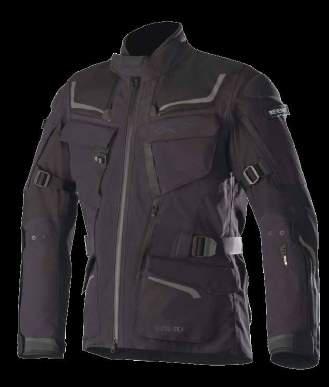


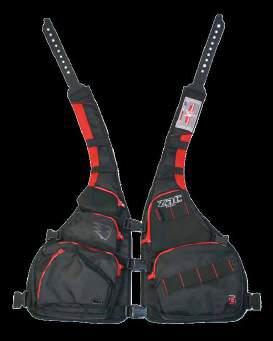
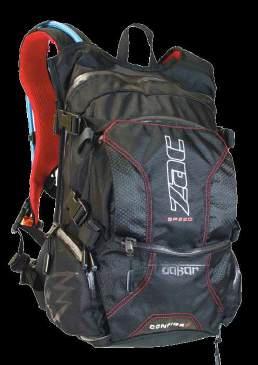

Fully loaded with next-level performance, safety and style.
R AIM+ six-layer shell
R Dual-layer, multi-density EPS impact liner
R MEDS – Motion Energy Distribution System
R EQRS – Emergency Quick Release System
R All new shell design incorporating wind-tunneldesigned aerodynamics
R Shoei premium quality and five-year warranty
R Size XS - XXL
For the BMW R1200GSA.
R Available in black or matt stainless steel finishes
R Power and torque increase (+2.8hp, +2.3Nm)
R Weight saving (1kg)
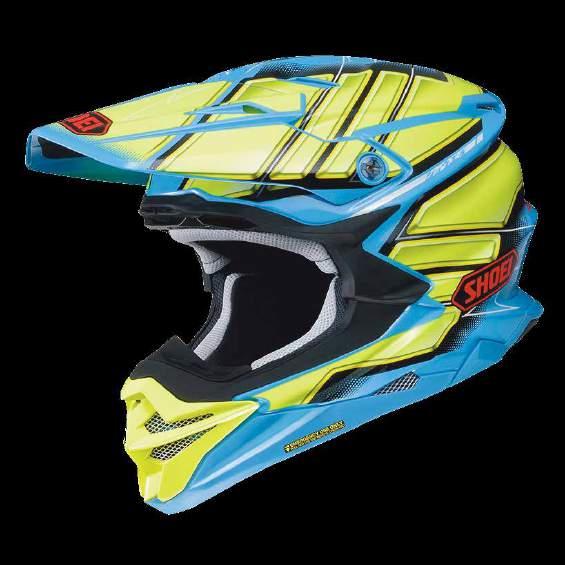
RRP: Solid white $799. Matt black $849. Graphics $999. Grant replica $1049
Available from: Your local motorcycle dealer Web: www.mcleodaccessories.com.au
Phone: 1300 300 191
vSm DR650 cuStommaDE REaR SPRiNg
Exclusive to VSM and available in three rates
R Seven kilogram spring for stock replacement or for a rider up to 75kg carrying light loads or on smooth roads
R Eight kilogram spring is the most common replacement and suits a wide range of riders and conditions.
Recommended for 75kg to 100kg riders depending on load and conditions
R Nine kilogram spring suits riders 90kg plus or heavier loads. This one really should have the shock re-valved to get the damping working with the spring
RRP: $179
Available from: Vince Strang Motorcycles Web: vsm.net.au

R Sonorous REMUS sound
R Standard carrying cases easily mountable
R Street-legal and trace versions available
RRP: Black $1391. Matt stainless steel $1342. Prices include GST and Australia-wide delivery
Available from: Remus Sport Exhaust
Phone: 0481 250 633 Web: www.RemusSportExhaust.com.au
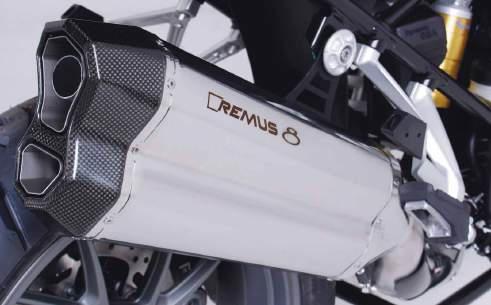
RaD guaRD bmW F700gS
RaDiatoR guaRDS
Protecting your radiator is essential to ensure you make it all the way to your destination.
R Bolts to existing mounting points on the bike
R Allows adequate airflow in the radiator’s core so cooling temperature is not compromised
R Made of high-grade aluminium
R Available in black or polished alloy
R Easy to fit with fitting instructions supplied
R Three-year worldwide warranty
R Australian made
RRP: $195. On special for $159 Available from: Rad Guard Phone: (02) 6658 0060 Web: radguard.com.au
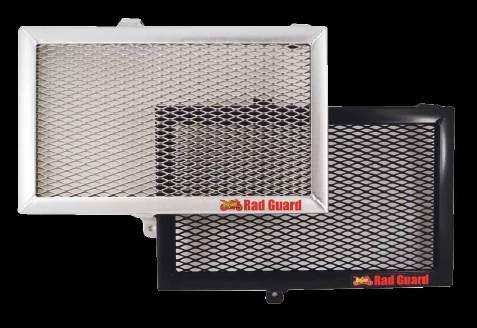
ÖhLiNS ttX bmW 1200gS
aDvENtuRE aND
RaLLyE
Replaces the ESA and allows the rider to control every adjustment independently with smaller incremental adjustments.
R Twin-tube design
R High-pressure gas type shock absorber with external piggyback reservoir
R Adjustable rebound damping
R Adjustable compression damping
R Hose-mounted hydraulic spring preload adjuster (rear shock only)
R Utilising Öhlins Racing Technology, the TTX reduces the risk of cavitation through positive pressure balance in the shock preventing damping loss
Riding gear is designed to allow moisture to escape your body, but it can’t do its job in the most important area unless you have a seat that breathes.
R Touratech Vapor-Flow technology allows your body’s moisture to pass through the seat fabric and into the breathable membrane
R Rain-Bloc Fabric forces water droplets to bead up and roll off the seat. It’s completely waterproof
R Ergo-Response Long-Distance Foam is tuned for comfort
R The foam core is sculpted to ensure there’s no pressure on the coccyx (tail-bone)
R Available for many motorcycles, in various heights and also in passenger models


RRP: For the full model range and current pricing, visit the Touratech webshop at http://bit.ly/2vHuqw2
Available from: shop.touratech.com.au Web: touratech.com.au
Designed for hybrid use in three different configurations: with peak and visor for all-terrain use; with peak and no visor as a motocross helmet; with visor and no peak for on-road use.

Available from: Teknik Motorsport Phone: (02) 4732 2626 Web: teknikmotorsport.com
Made in Airoh’s Highly Resistant Thermoplastics (HRT) Panoramic visor equipped with a lock system Peak can be adjusted, removed or lowered down to come into contact with the visor Weighs 1420gm Sizes XS to XL Matt black only
RRP: $275
Available from: Moto National Accessories Web: motonational.com.au


Long-life mousse tubes, not for highway use.
R Constructed of butyl rubber, carbon black with antiaging additives
R Extended shelf life and use up to 12 months
R Supplied with mounting gel and fitting instructions
R Rated to 130kph
R Available in 80/100-21 front, and 100/90-19, 110/90-19, 120/90-18 and 140/80-18 rears
RRP: Front $149.95. Rear $169.95
Available from:
Selected stockists
Web: linkint.com.au

Tough tie-downs that store neatly.
R Fully galvanized, heavy-duty ratchets
R Heavy-duty plasticised hooks
R Resilient locking clips
R Two loops per strap
R Supplied with carry bag
R Straps are 180cm x 25mm
R Available in black only
R Part number SS500
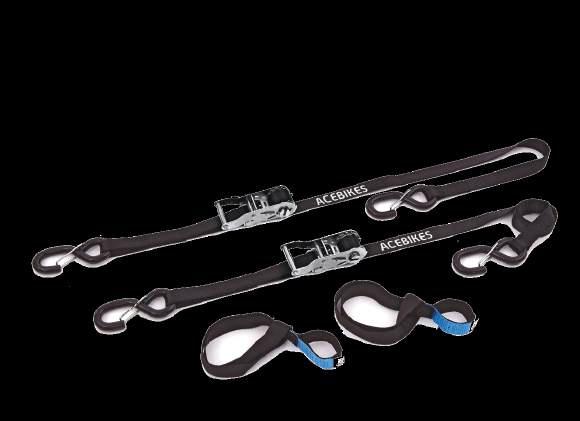
RRP: $49.95
Hard-core luggage..
R Made from UV-treated Tri-Max ballistic nylon with Fibertech accents
R Fits with self-locking harness and in most cases can be used without racks
R Includes double Velcro tyre-lever pocket on the bottom of each bag
R Reverse-coil zippers help keep out dust and dirt
R Fully expandable for added storage and with organiser under lid
R Lifetime warranty
R 12 litres per side at 37cm x 23cm x 15cm
R Expanded: 15 litres per side at 37cm x 23cm x 20cm
RRP: $199.95
Available from: Selected stockists Web: linkint.com.au
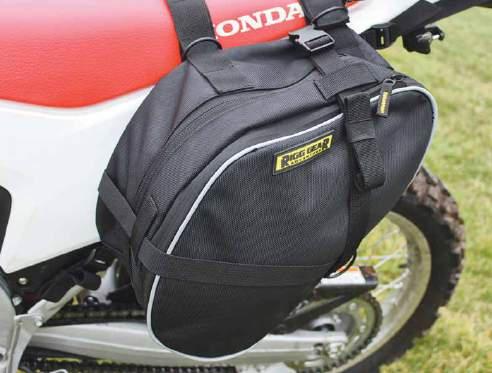
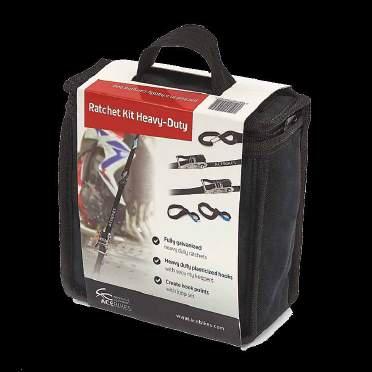
This adapter will fit any 12V merit power socket.
R Two USB power ports offer 5V/2.1amp per socket
R When the adapter is plugged in and powered it displays the battery voltage
R USB ports will supply enough power to charge a phone, tablet and GPS
Available from: All good motorcycle shops
Distributed by: Pro Accessories Web: proaccessories.com.au
RRP: $29.95 plus postage and handling Exclusive to Rocky Creek Designs Web: rockycreekdesigns.com.au






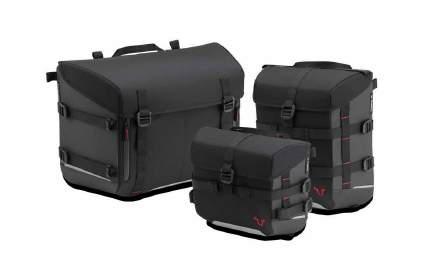
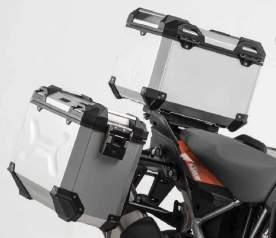
Whether you’re touring on or off road SW-Motech has the largest range of luggage solutions for your ride - whatever the conditions. All these and more available from Motorrad Garage.

